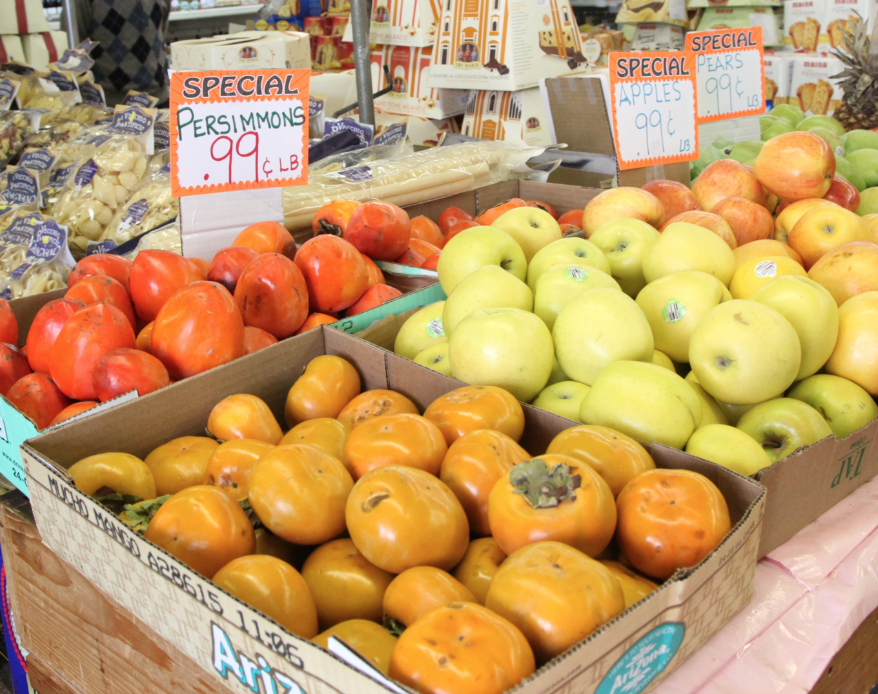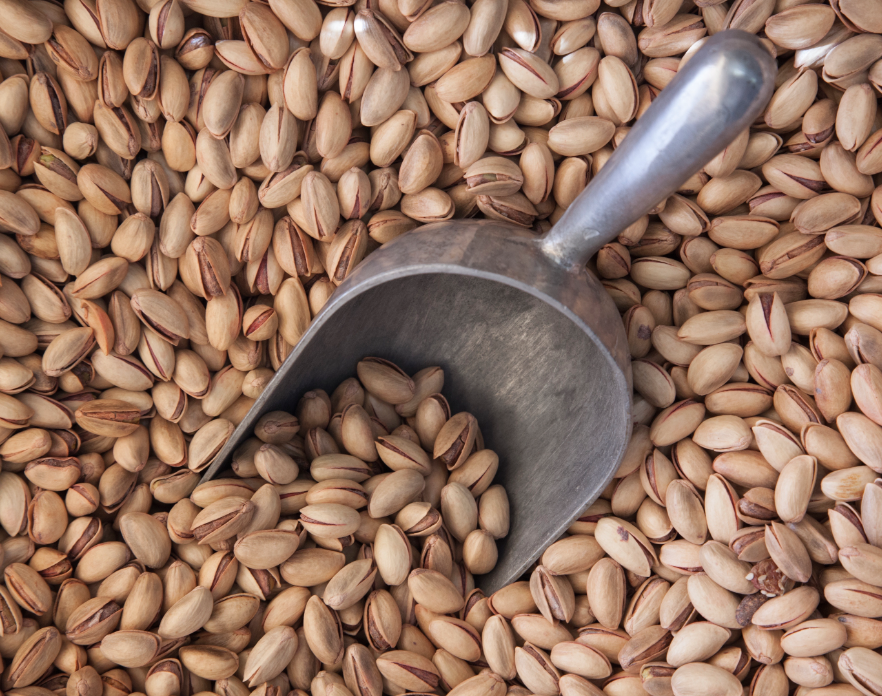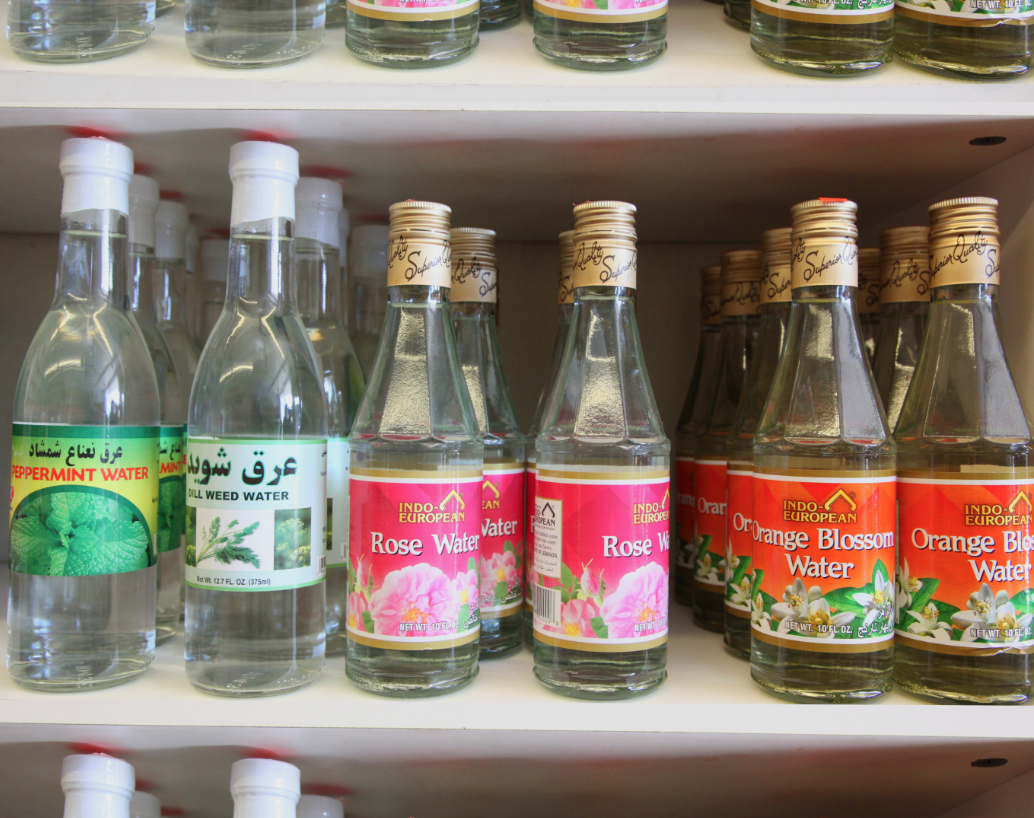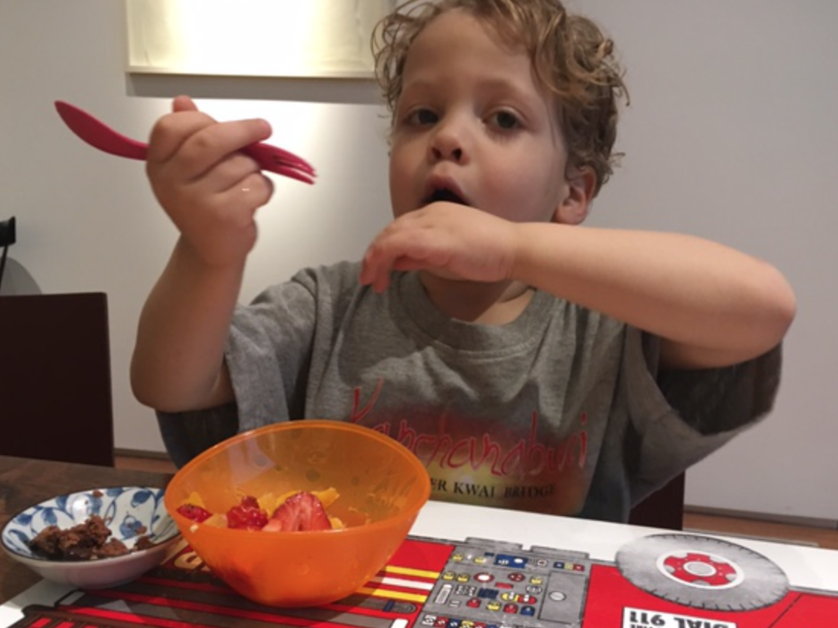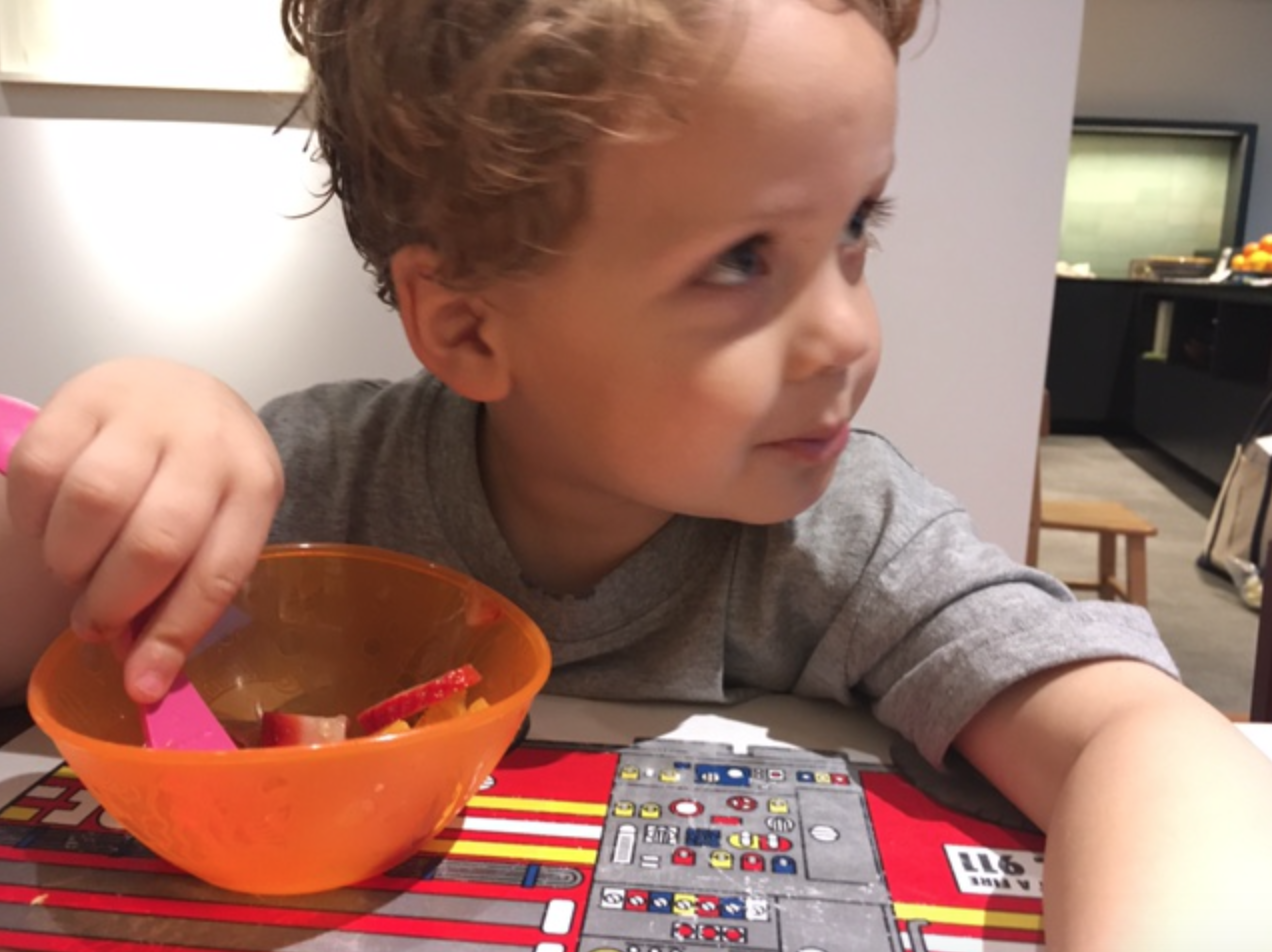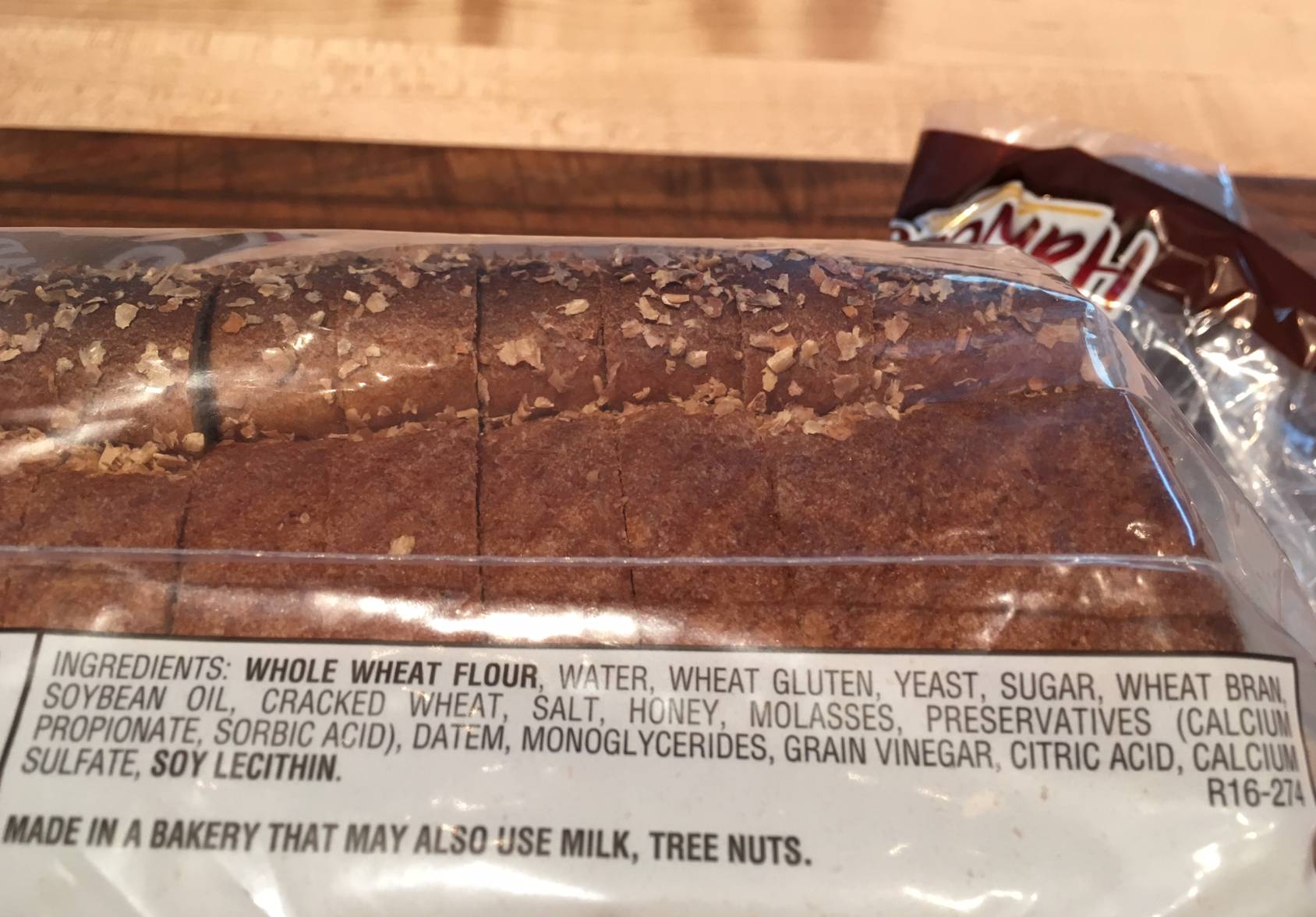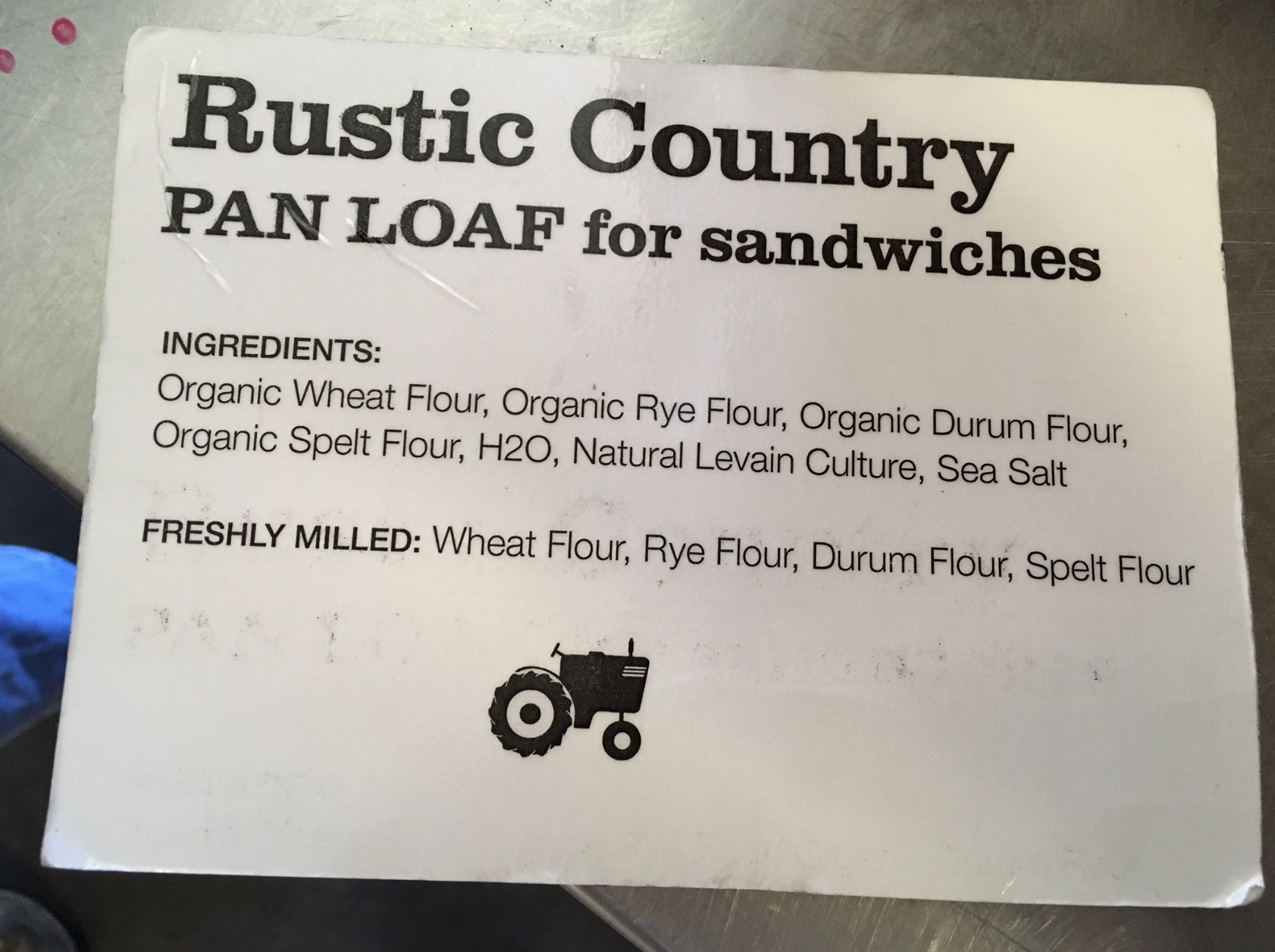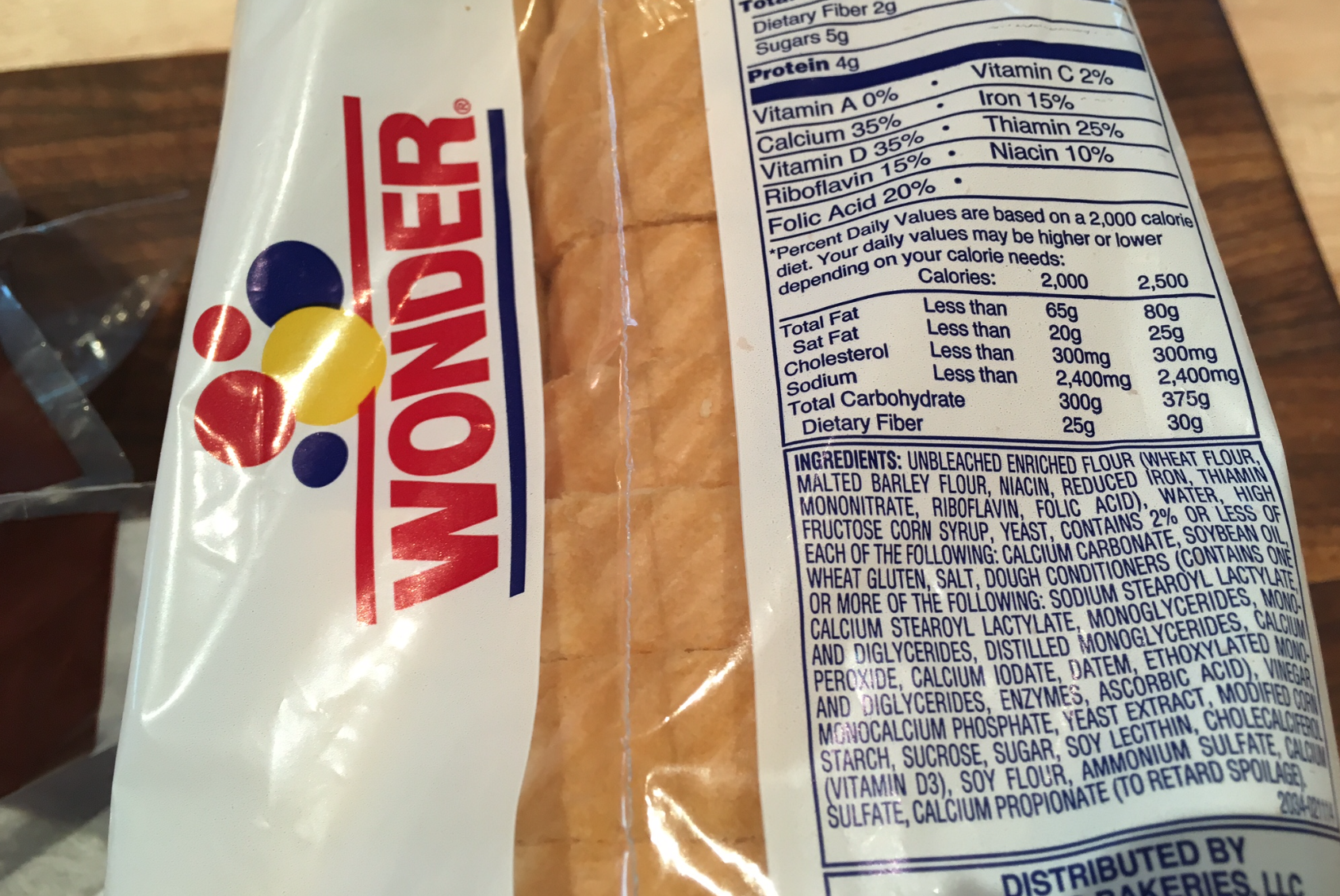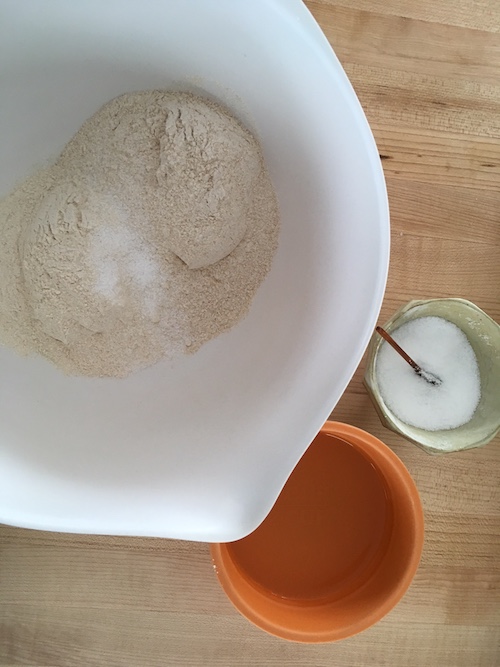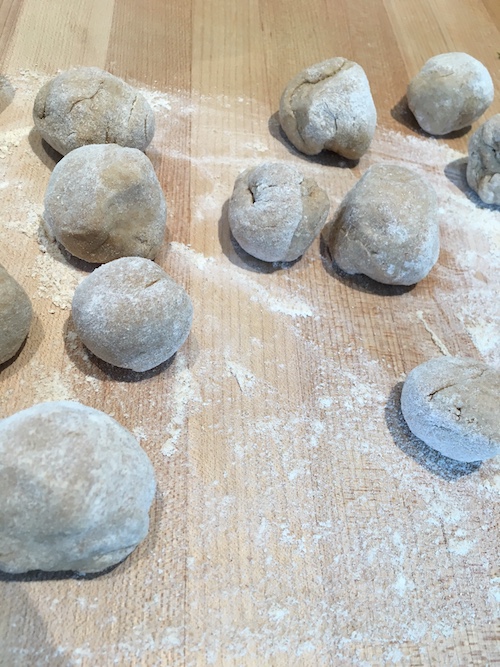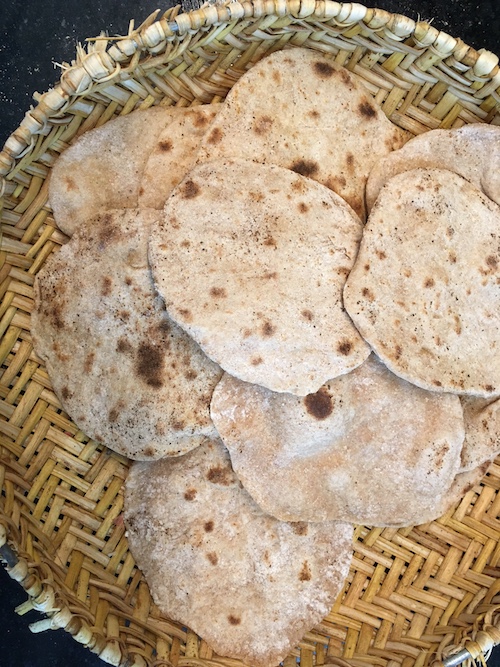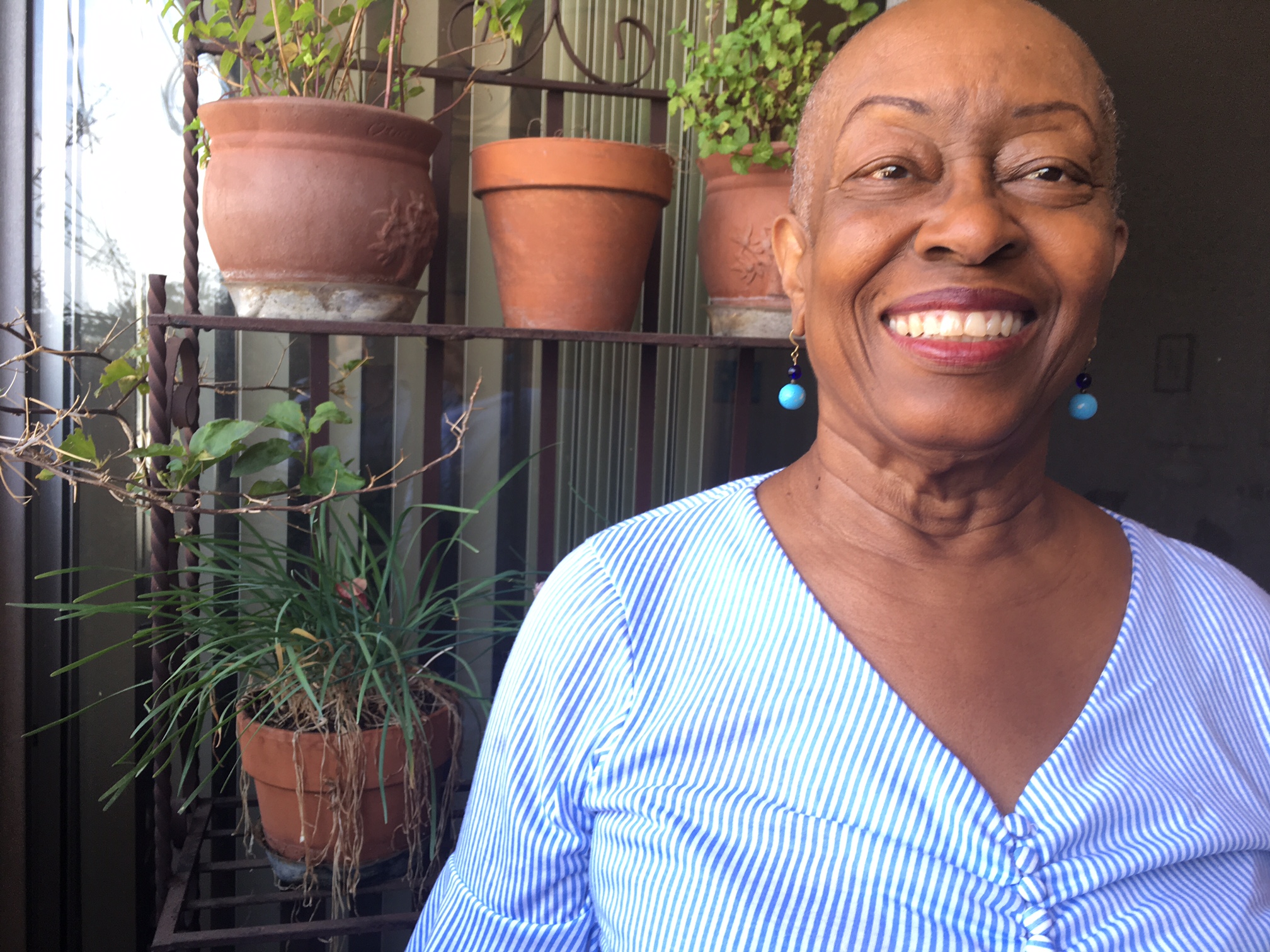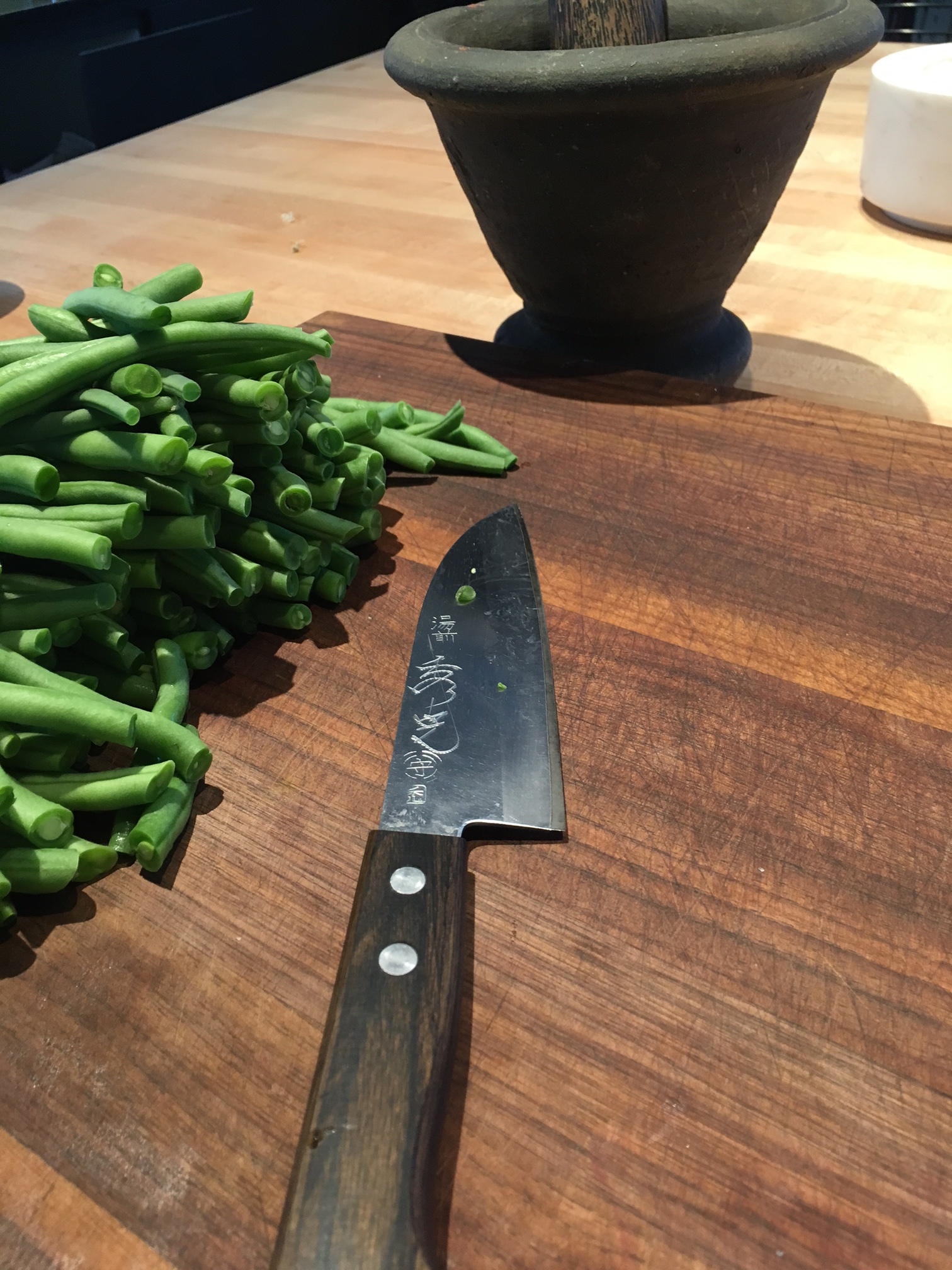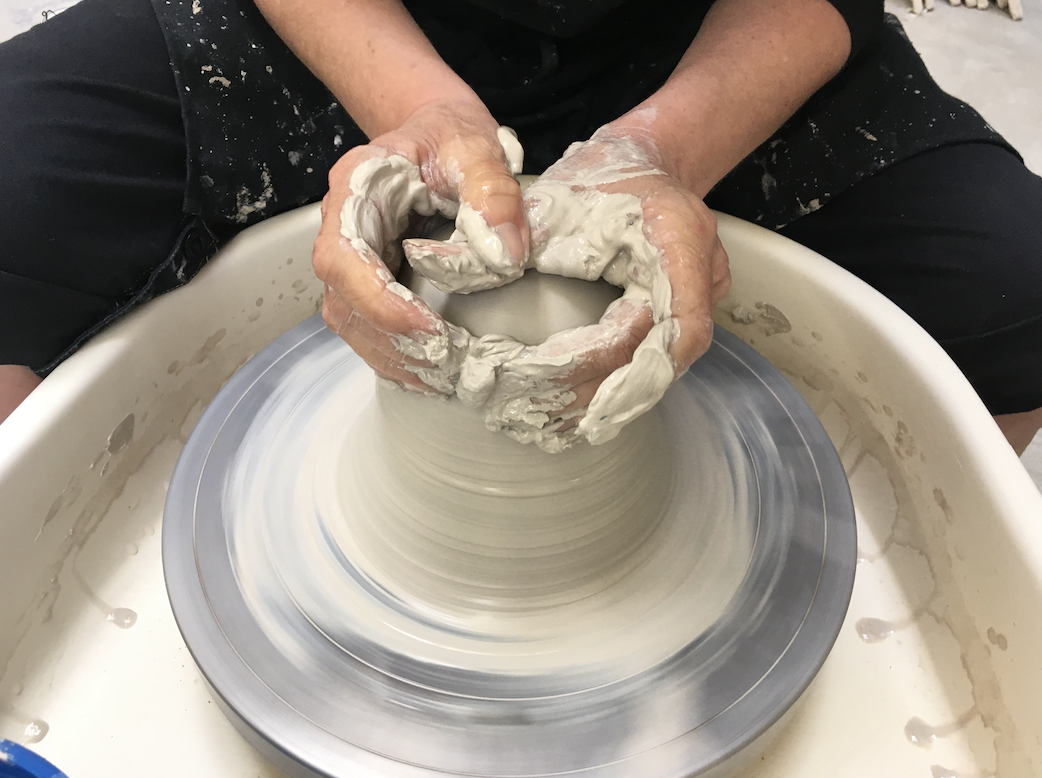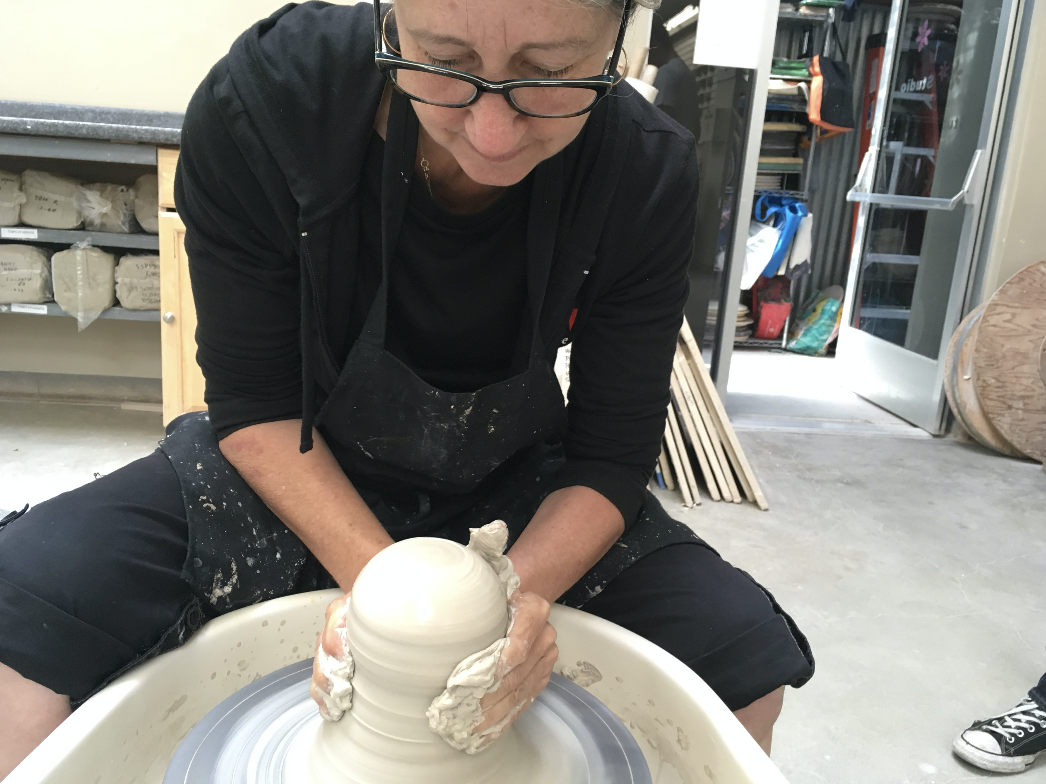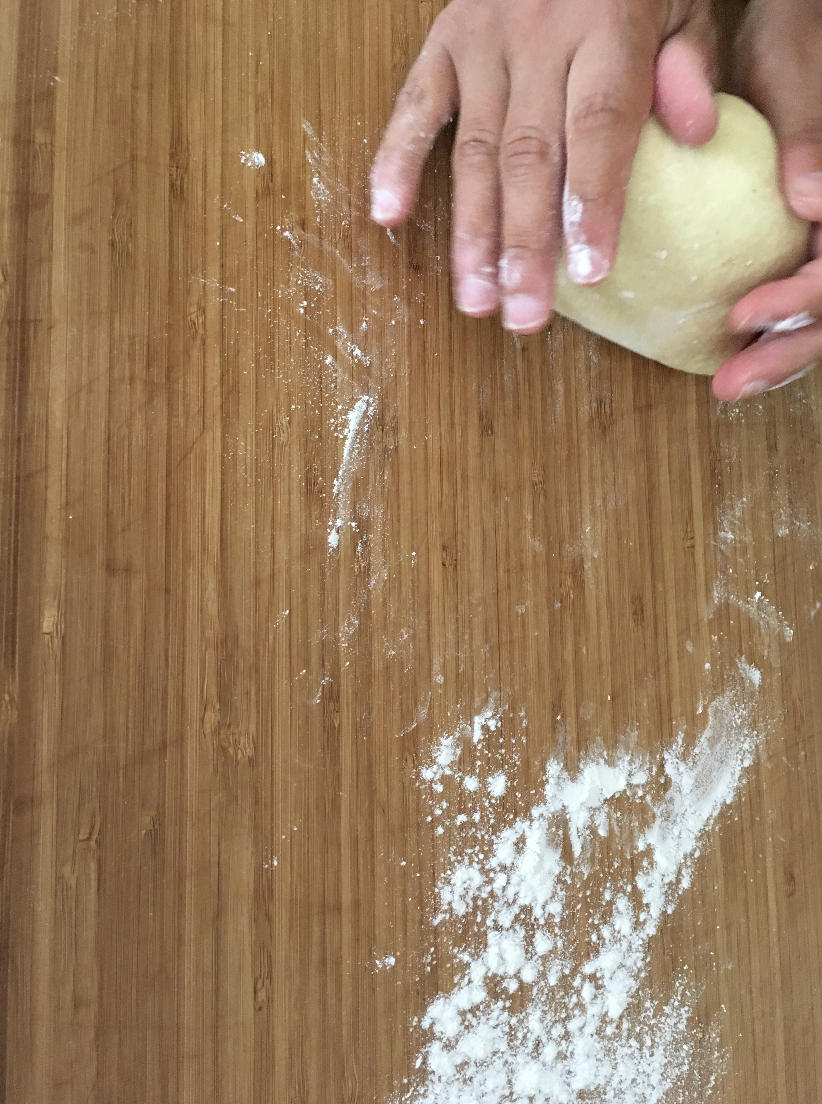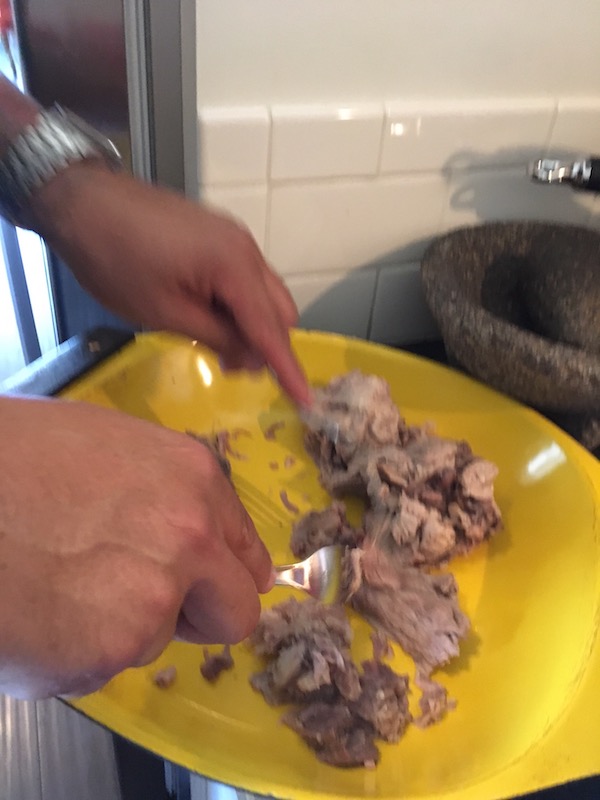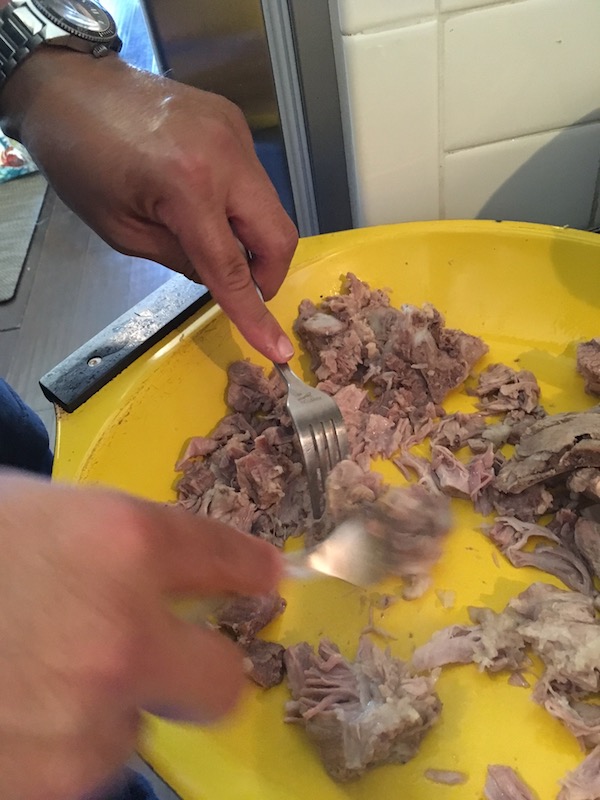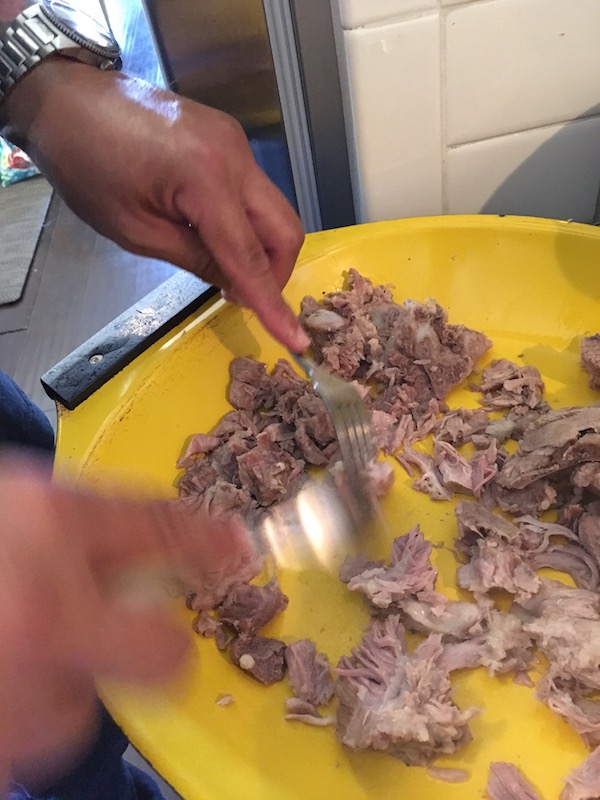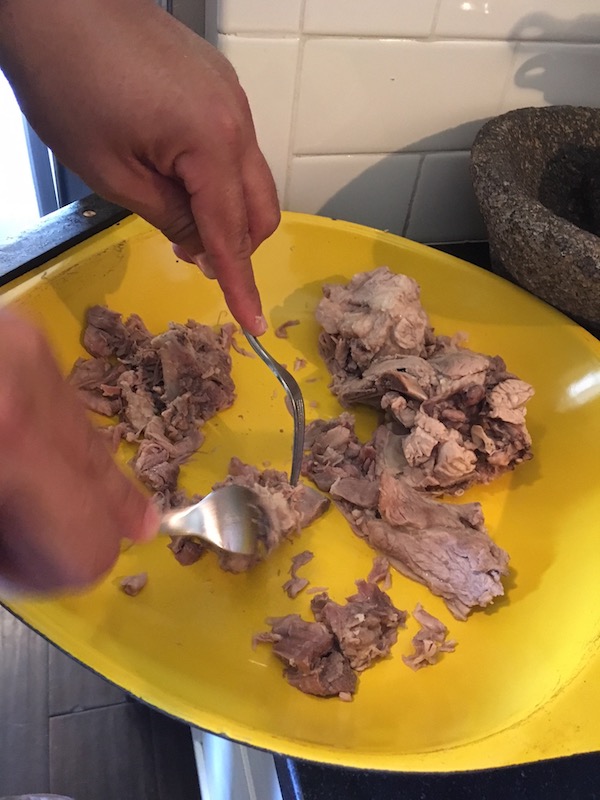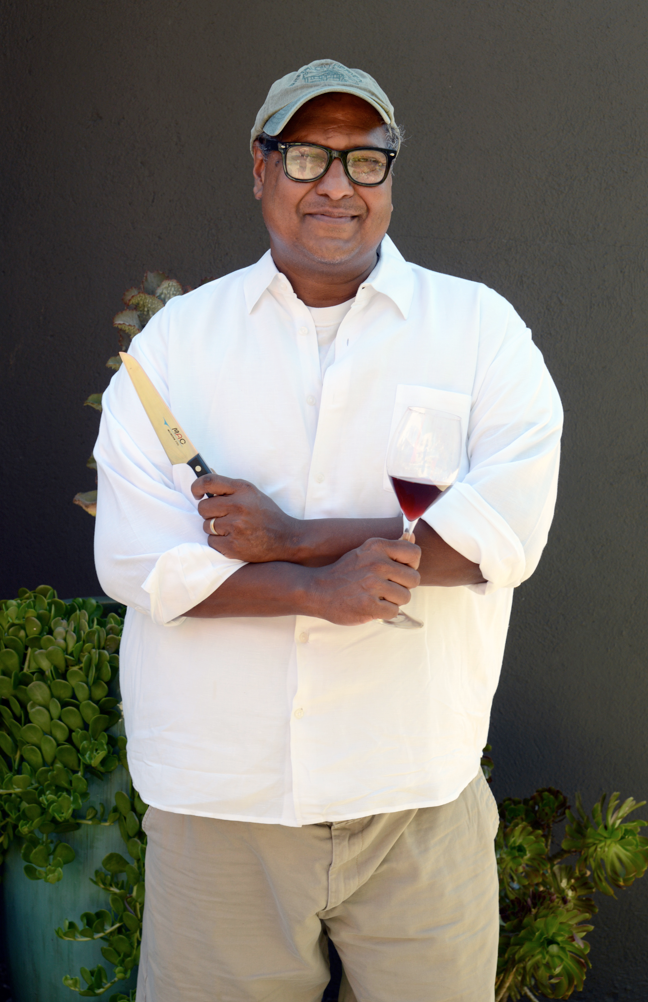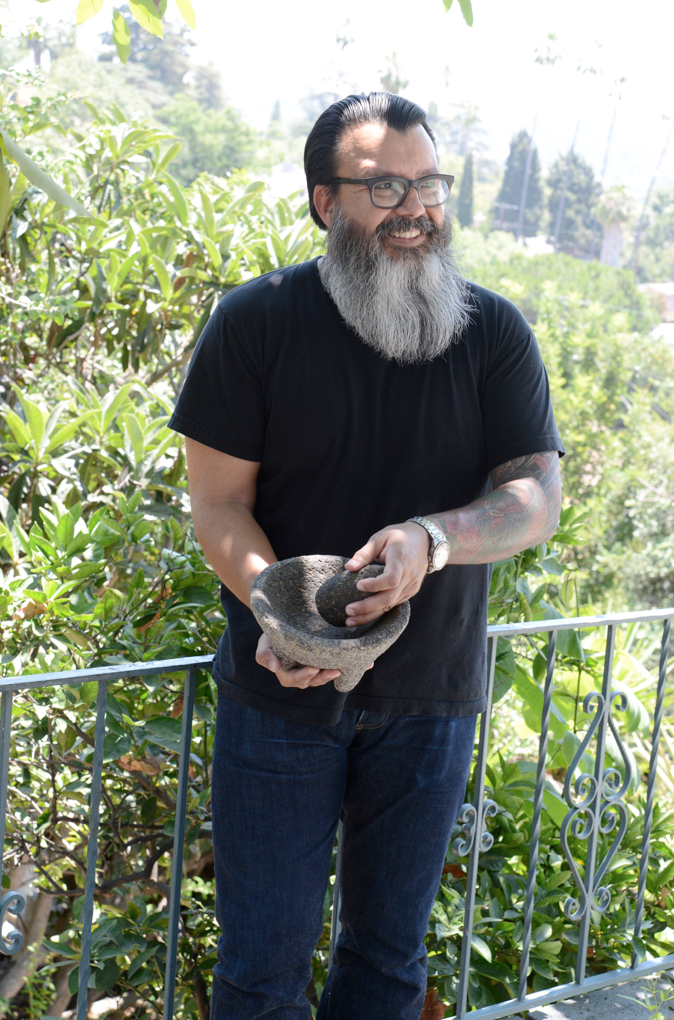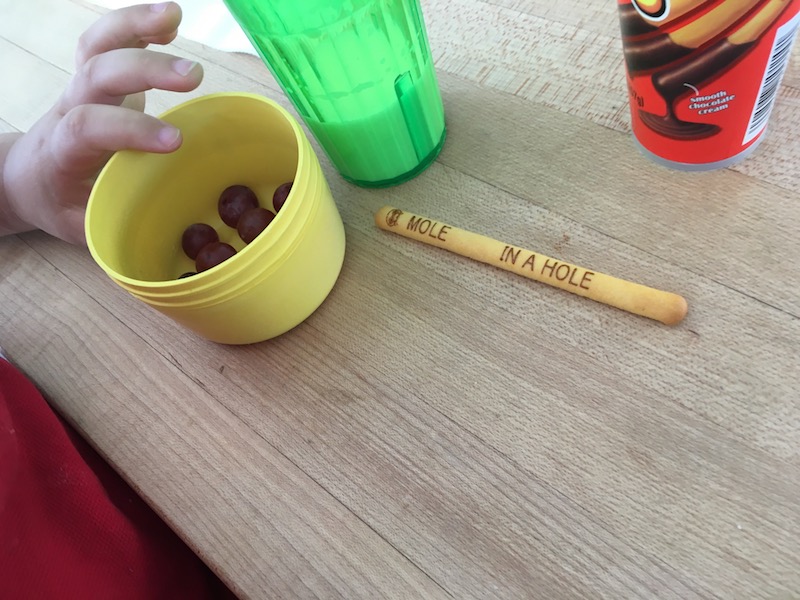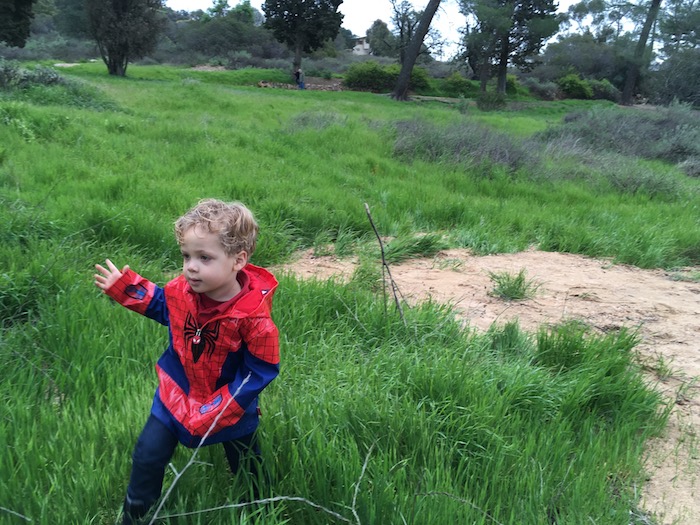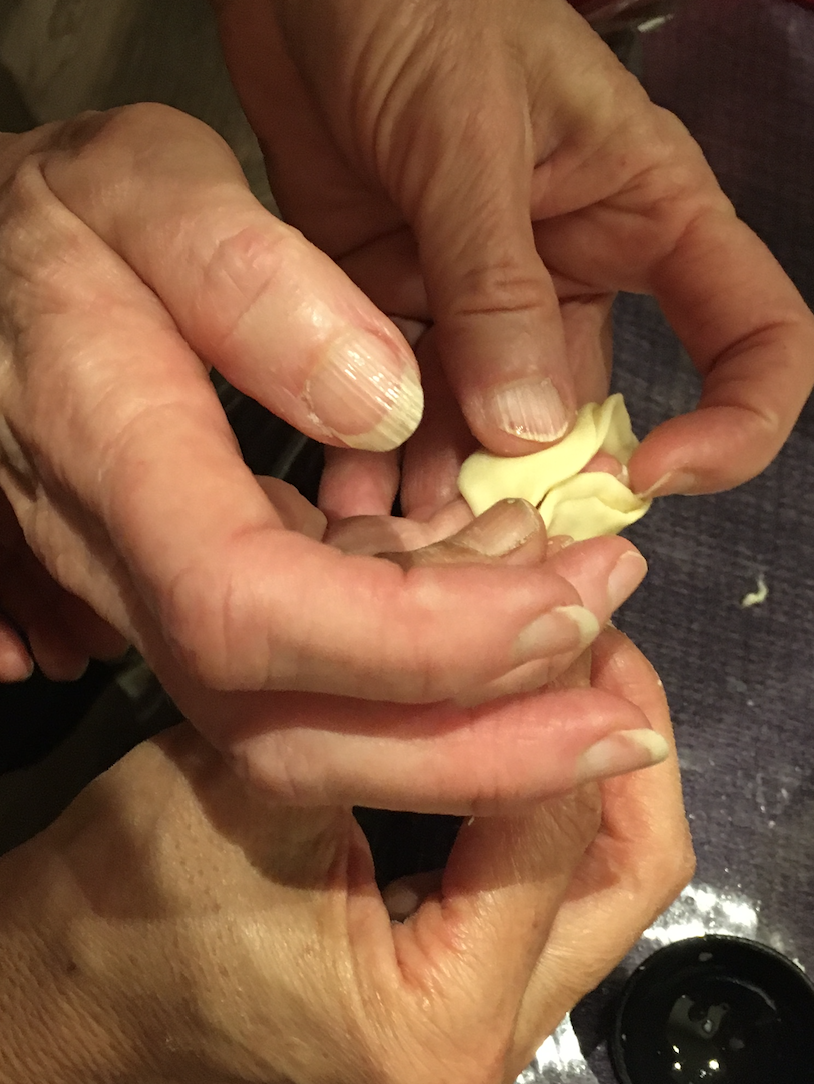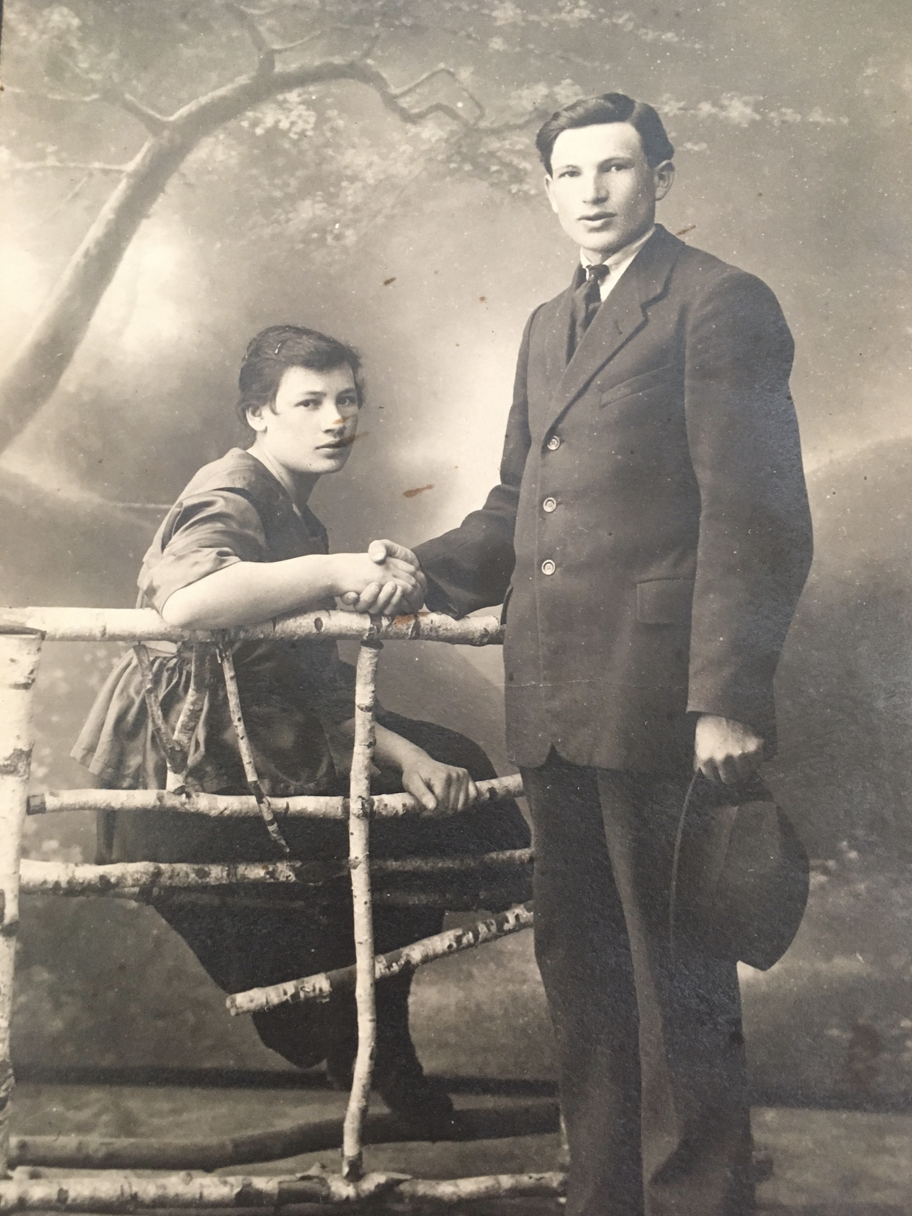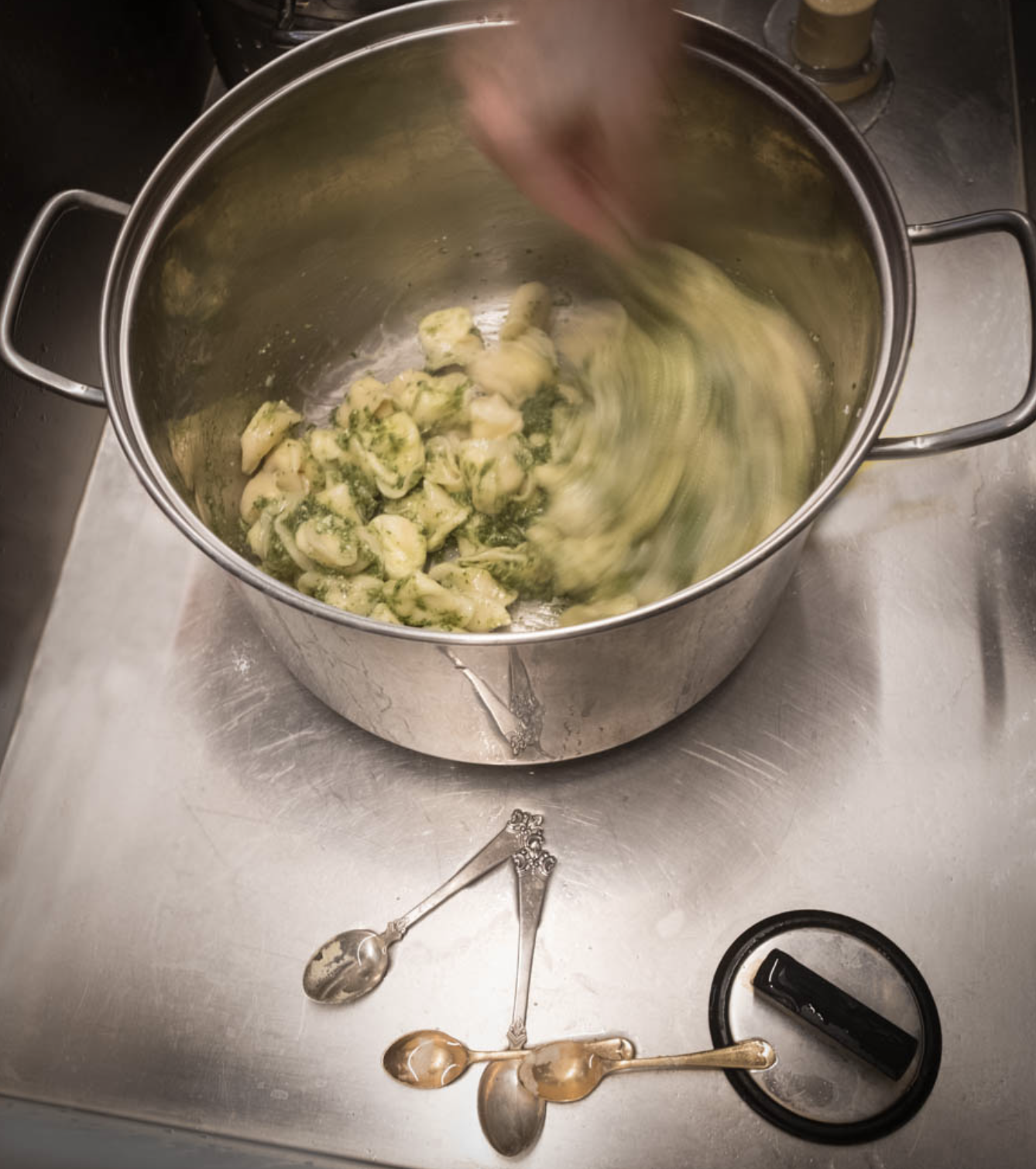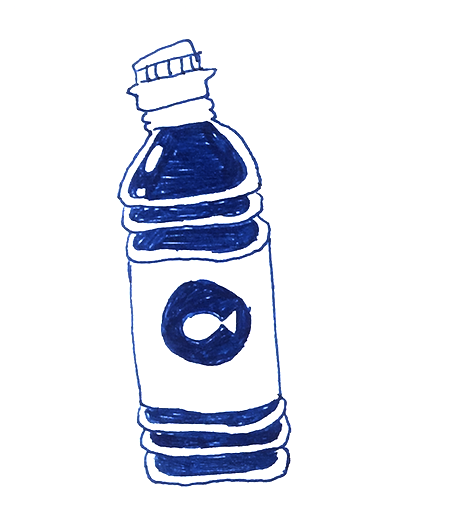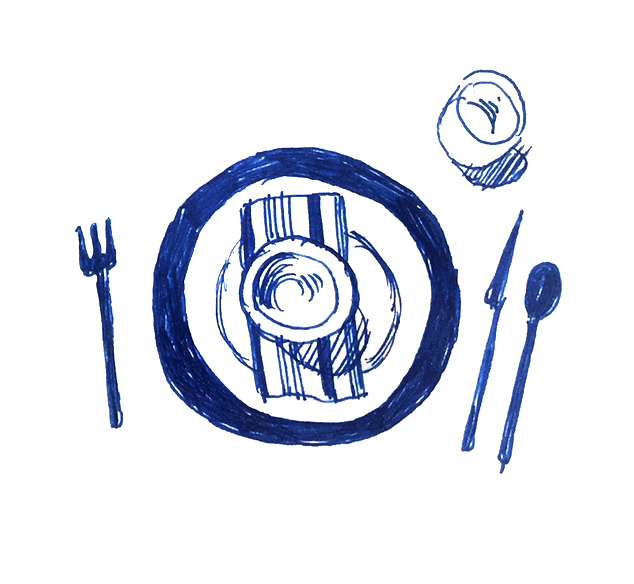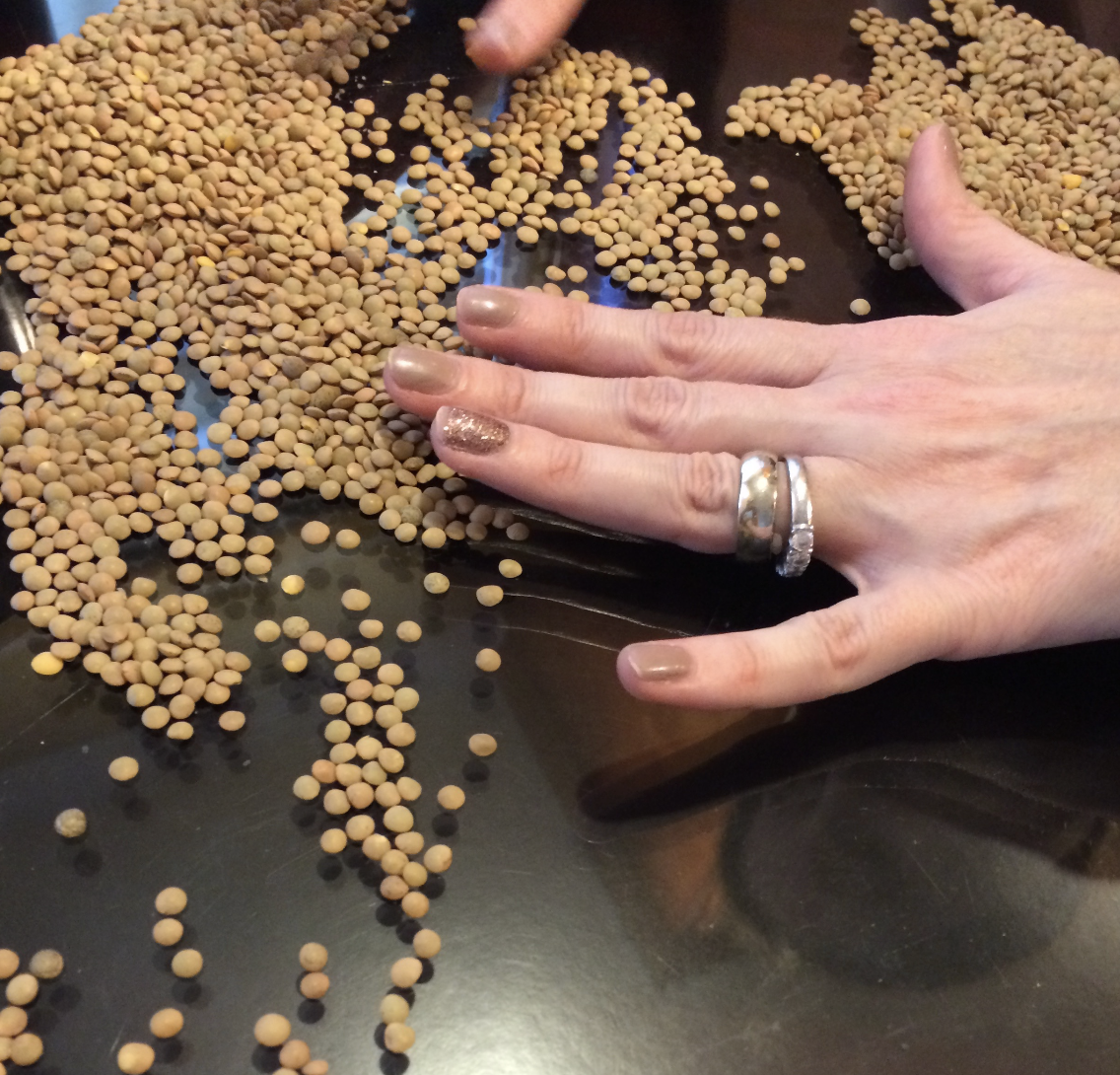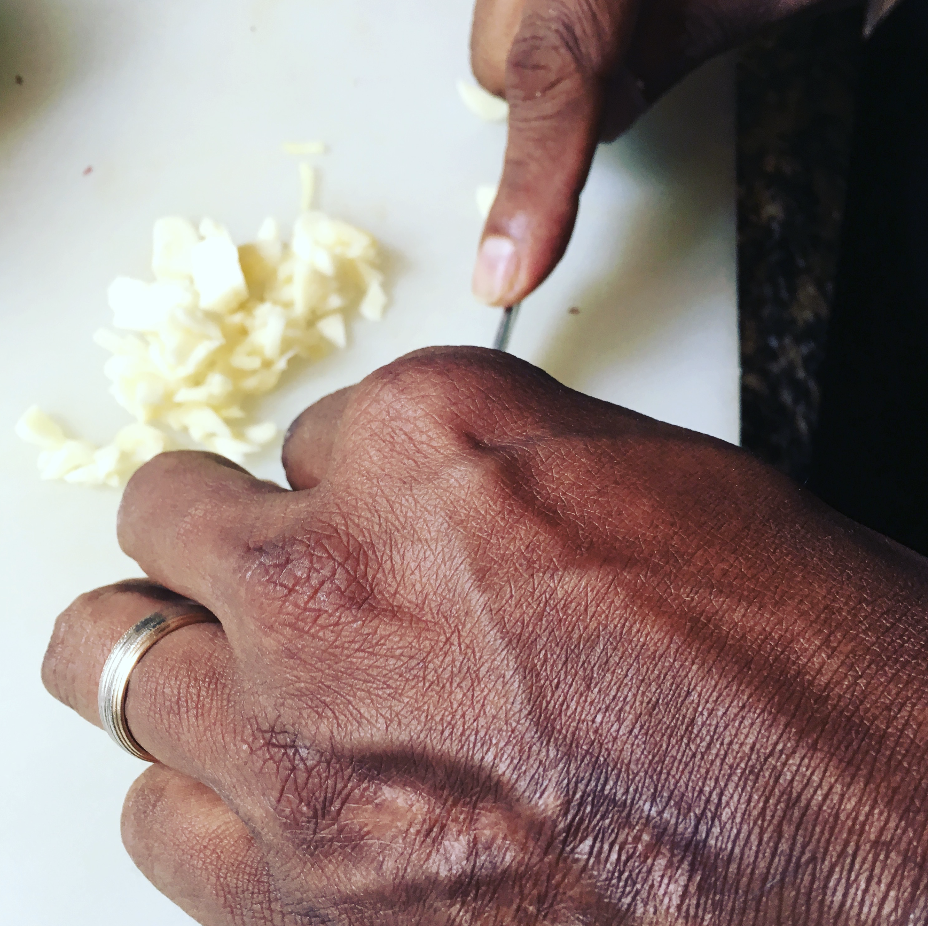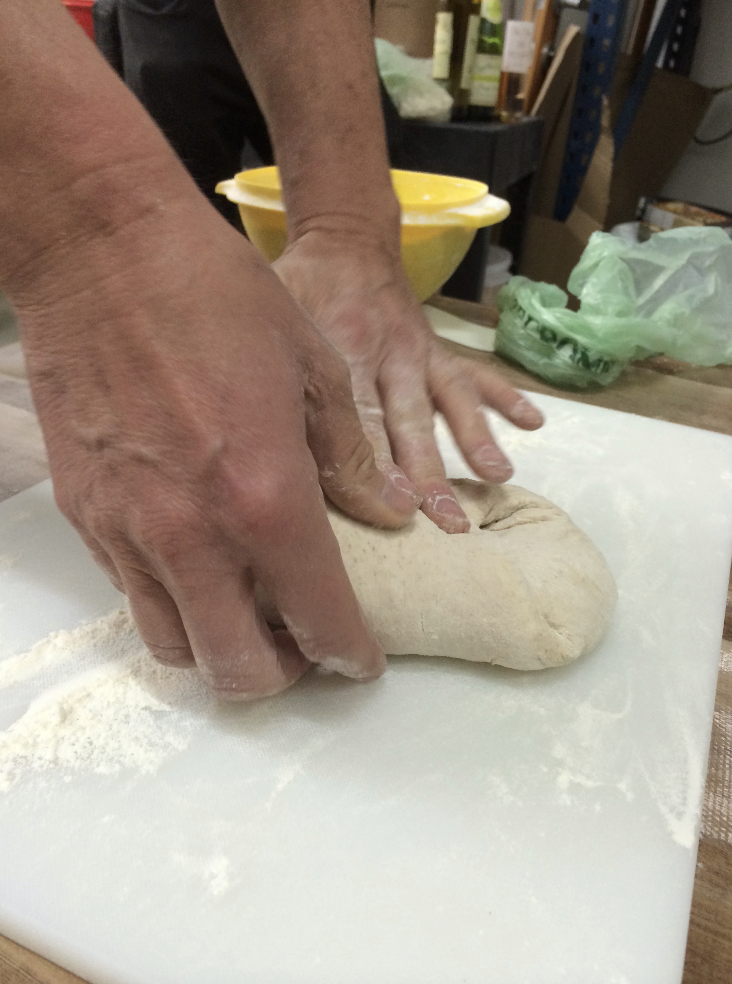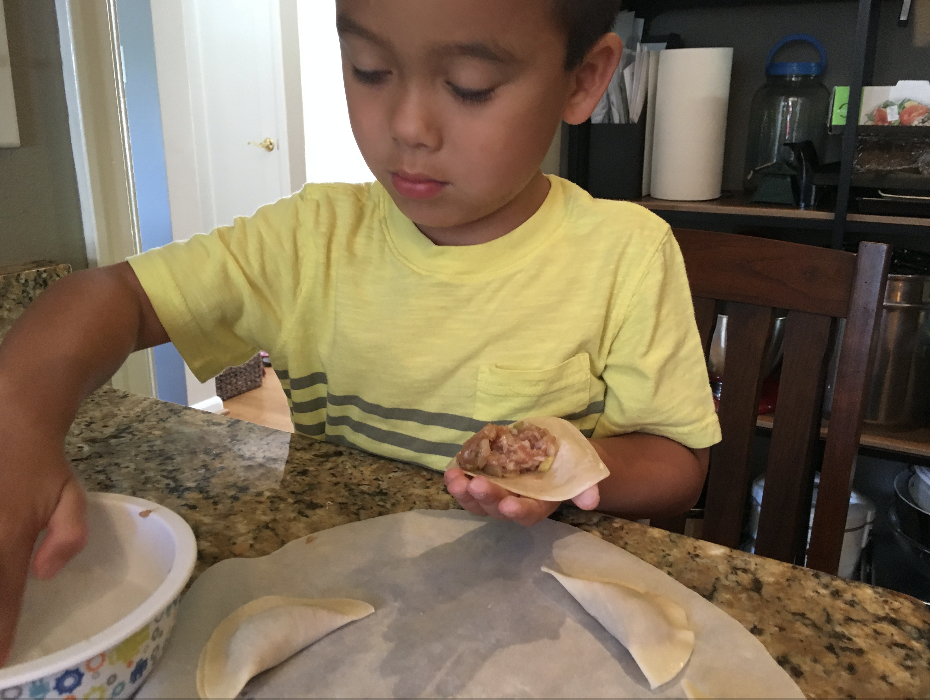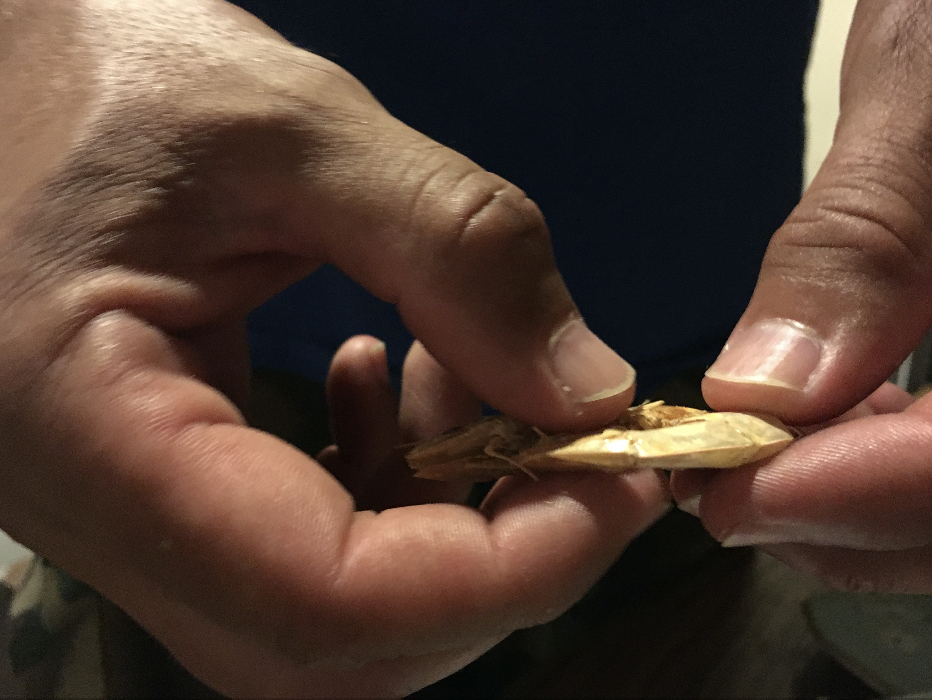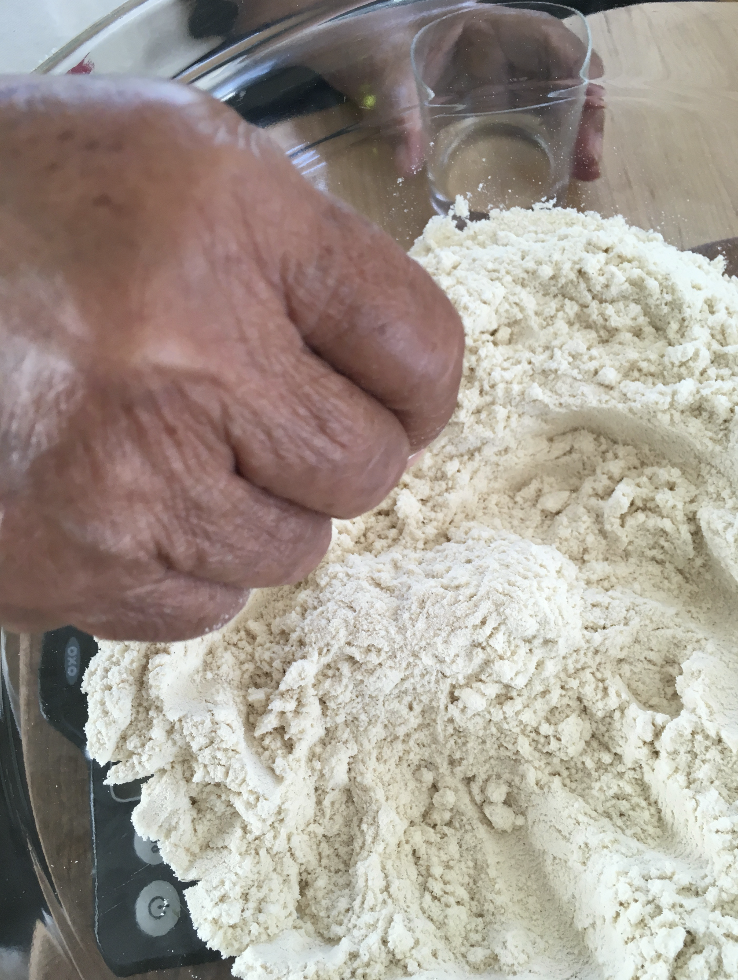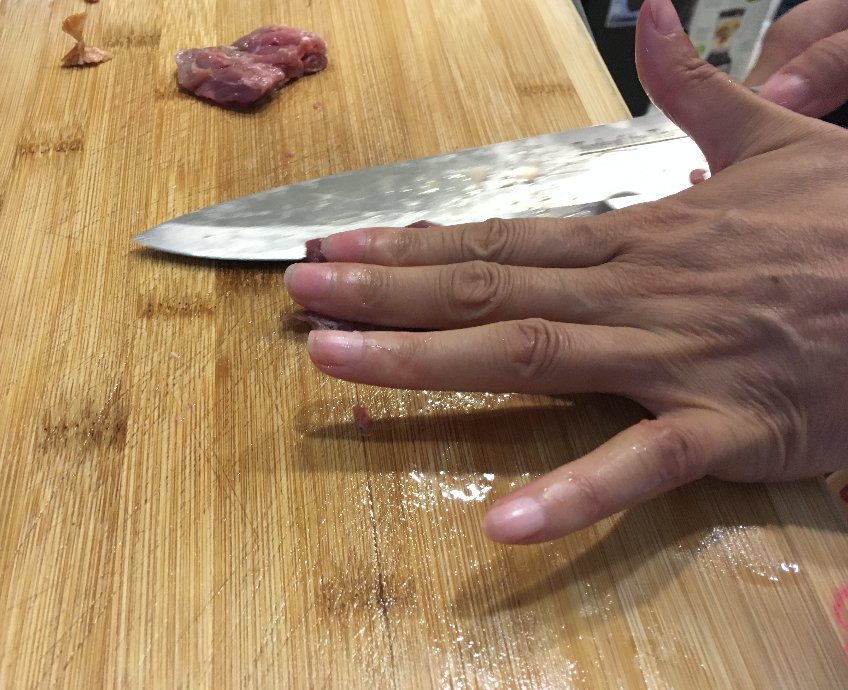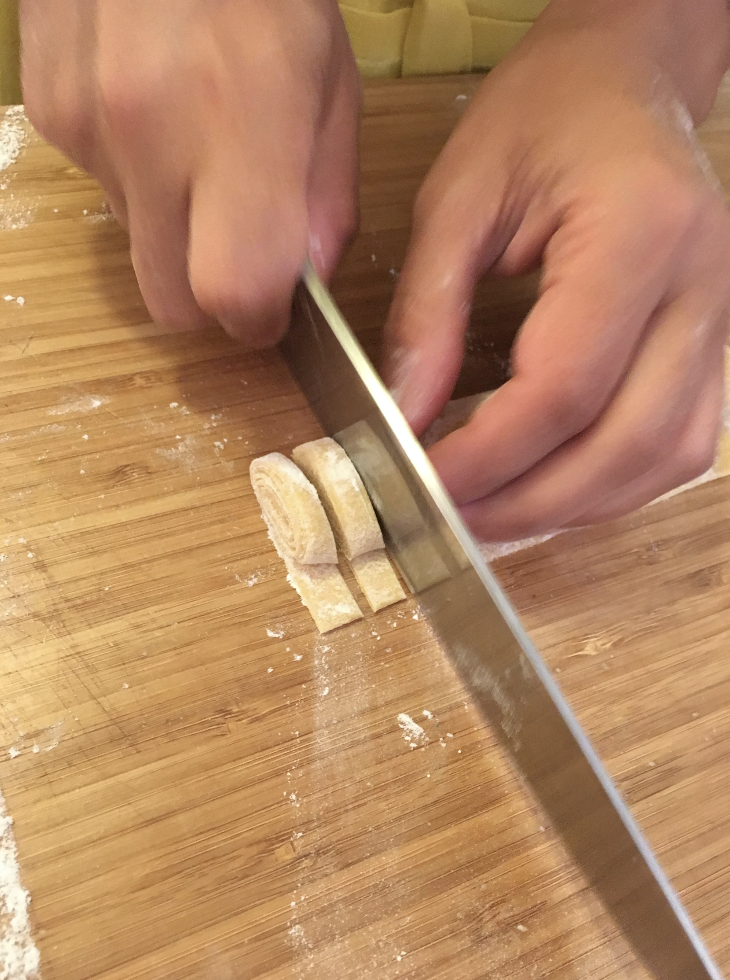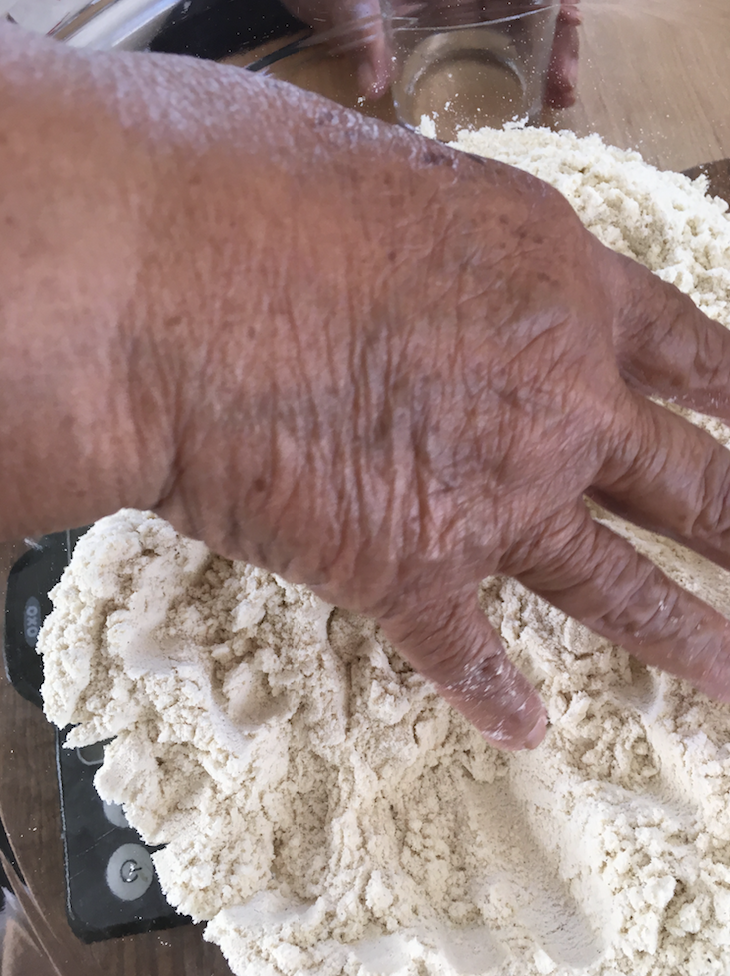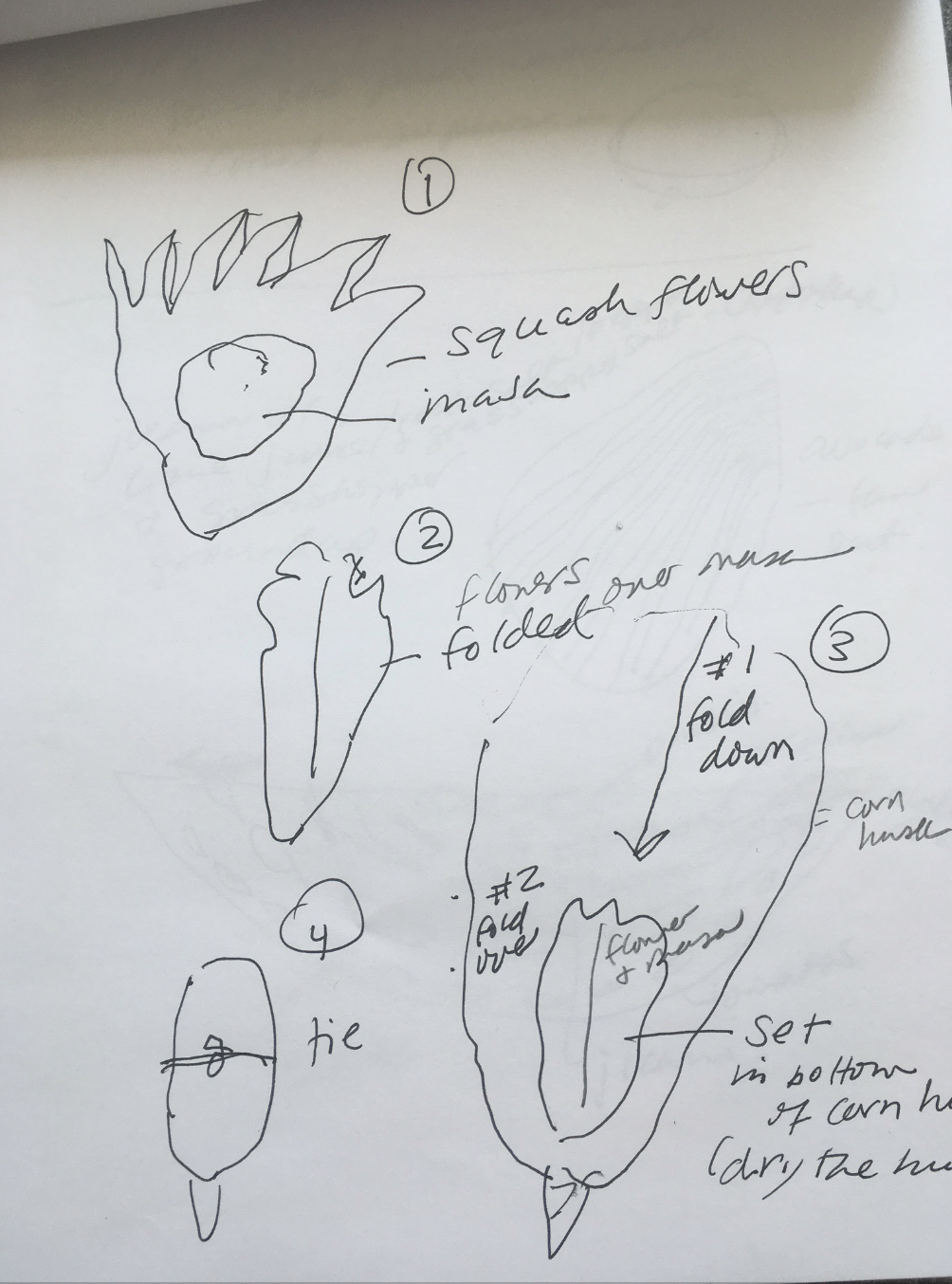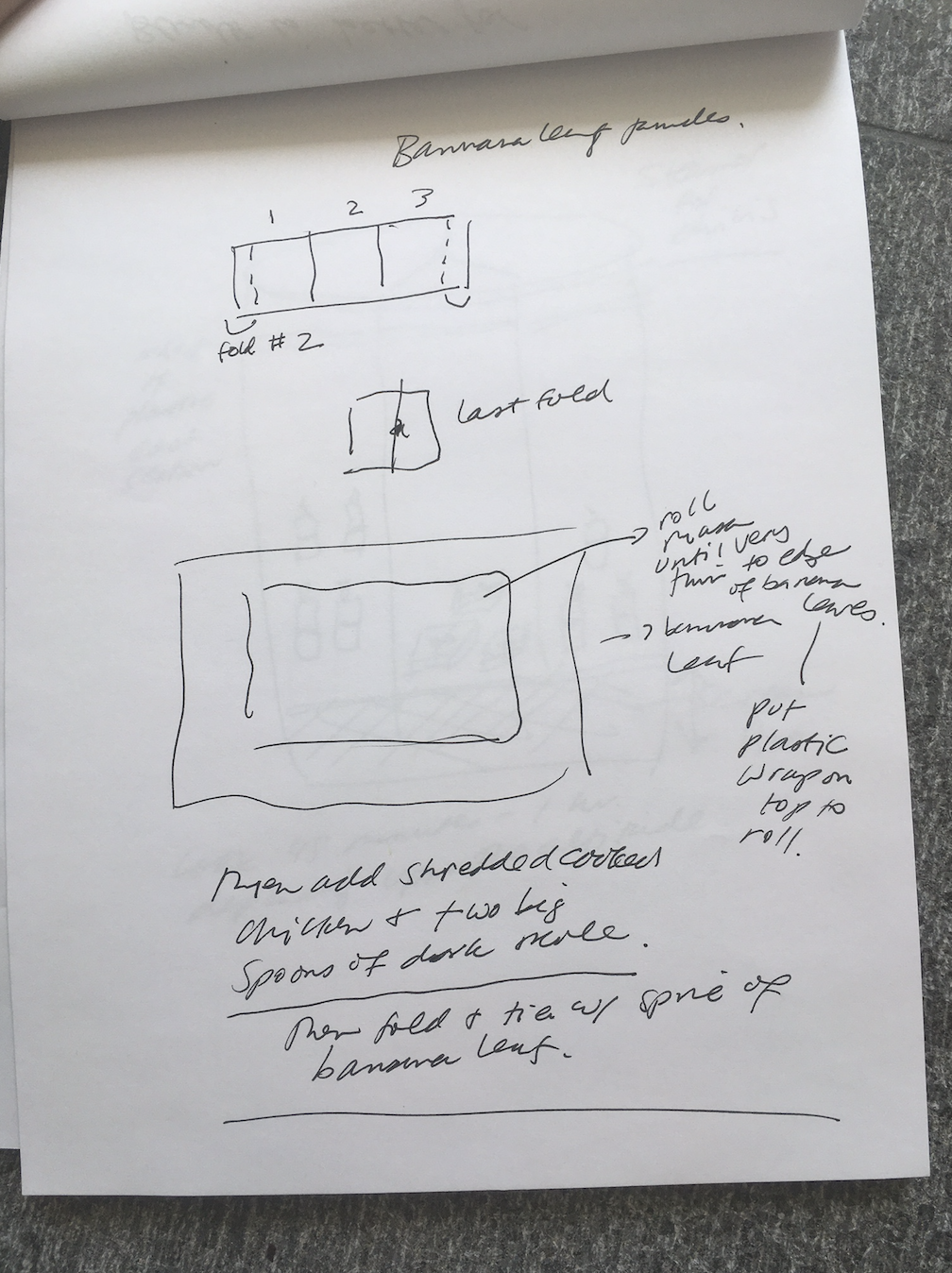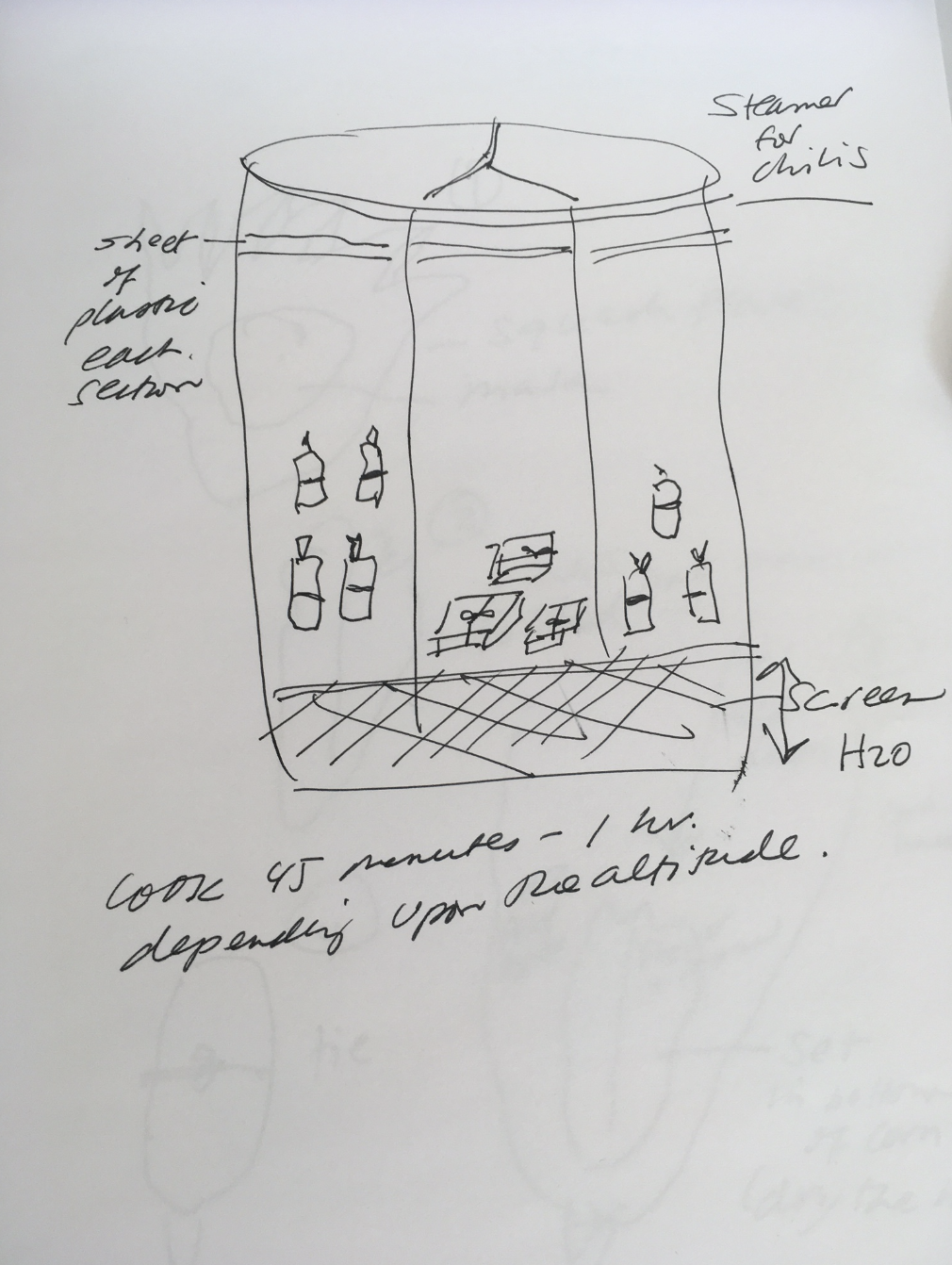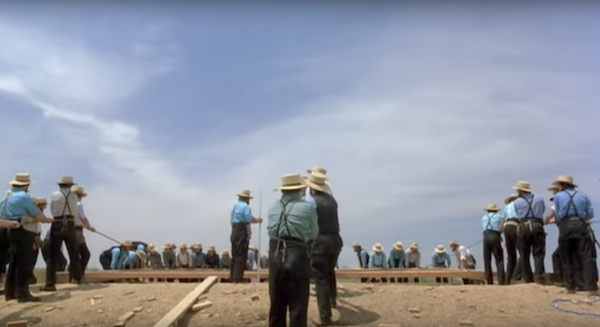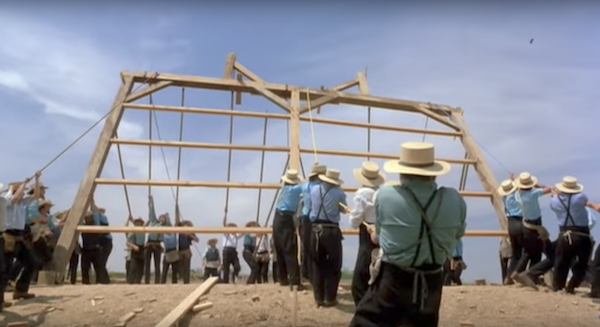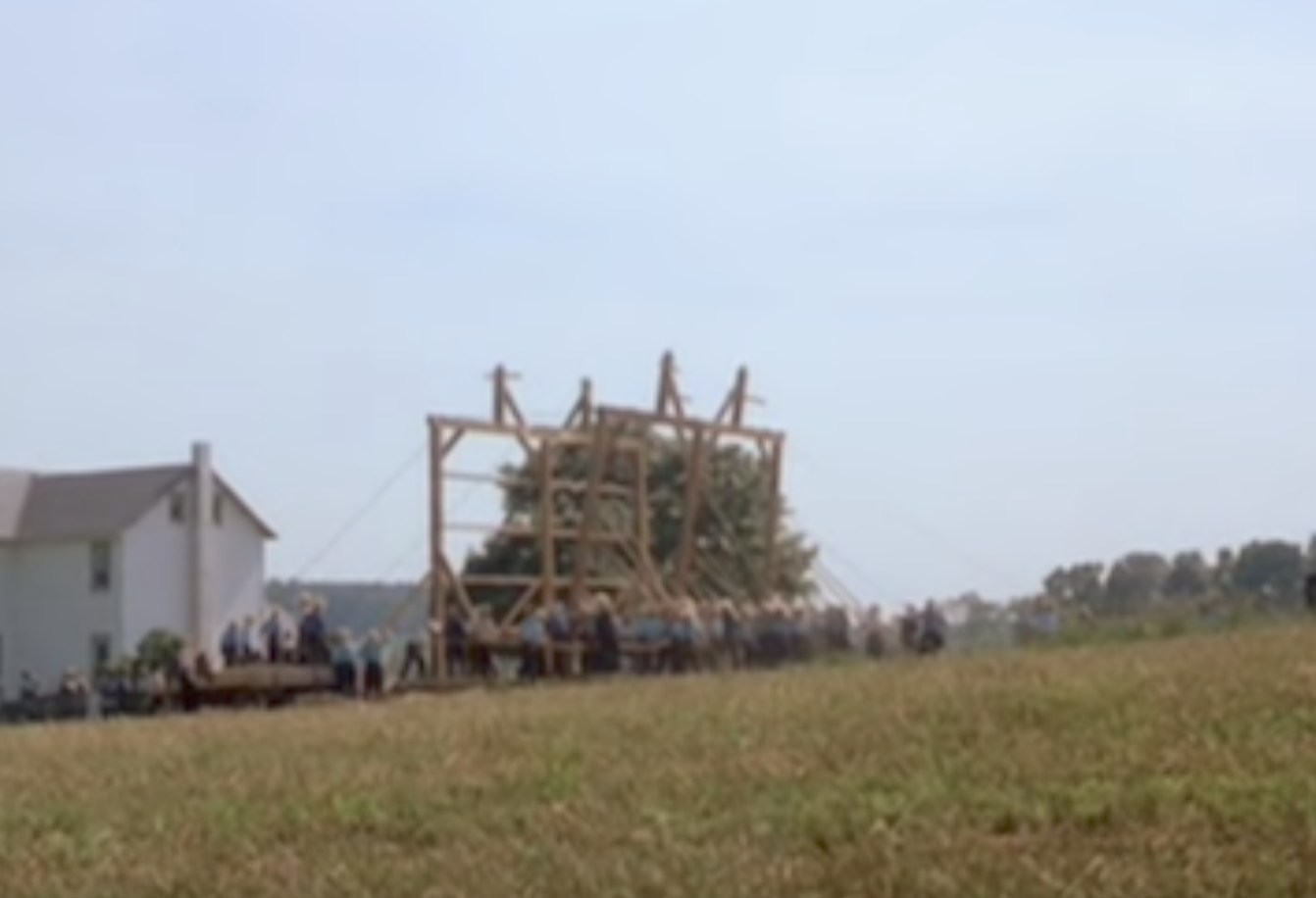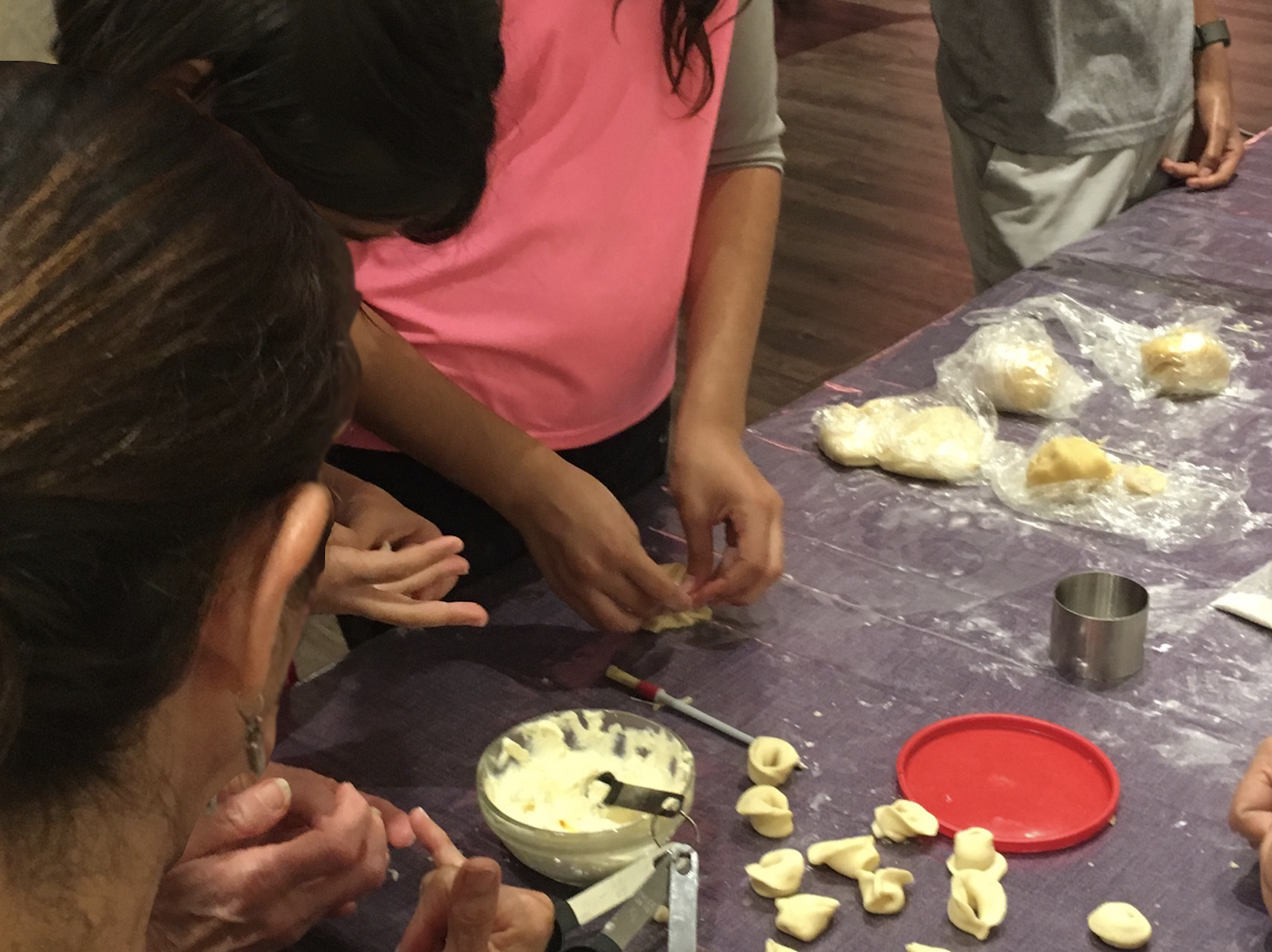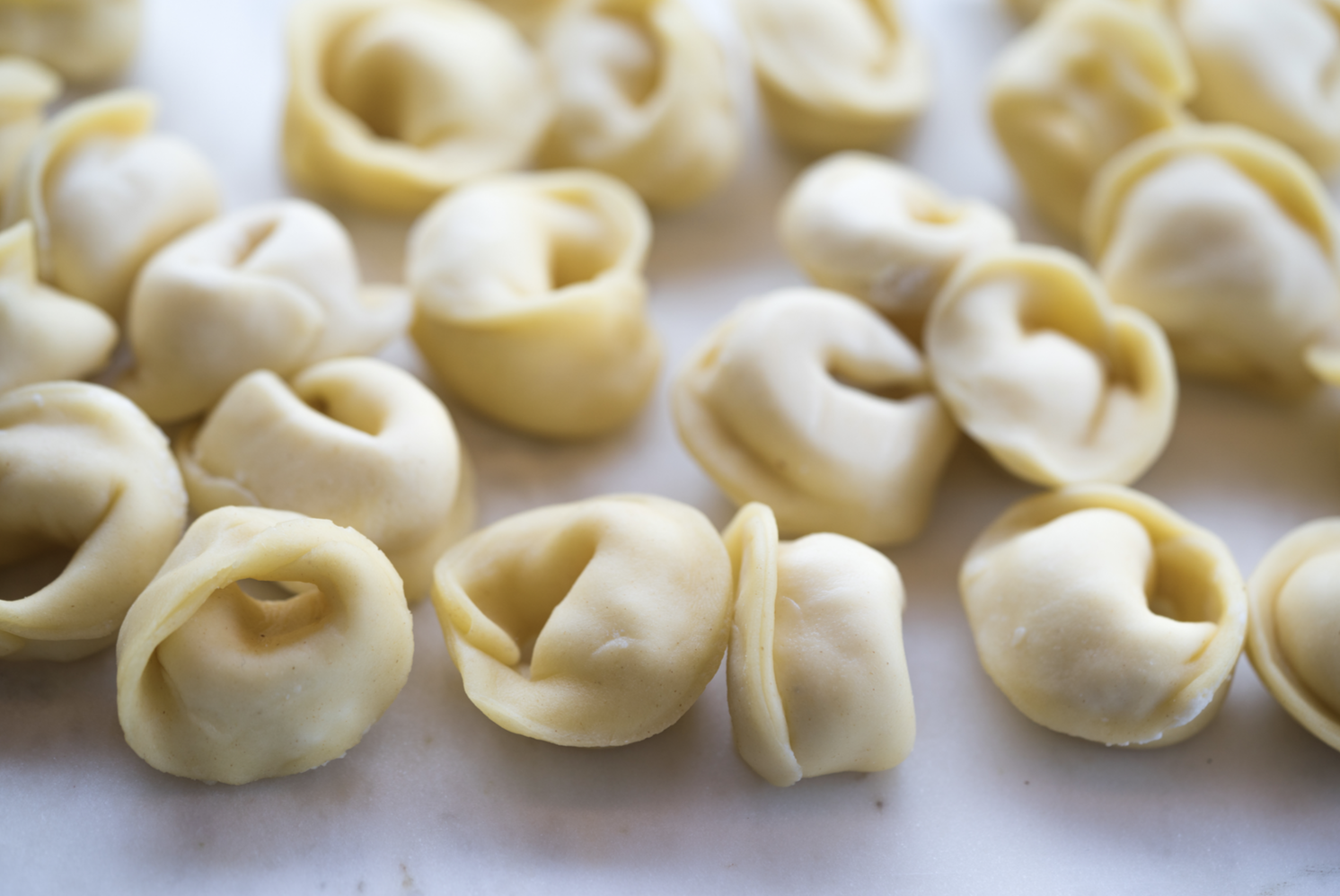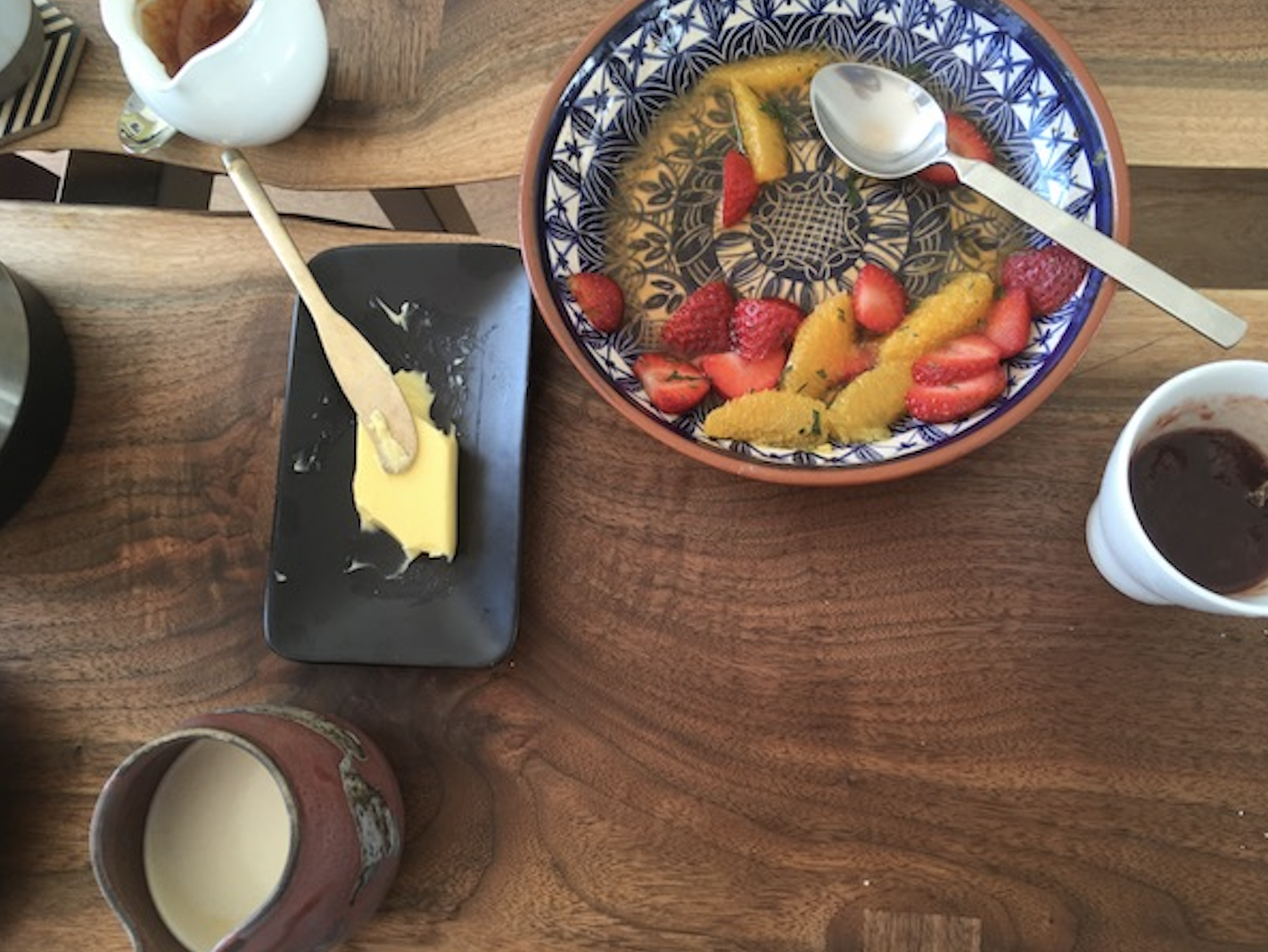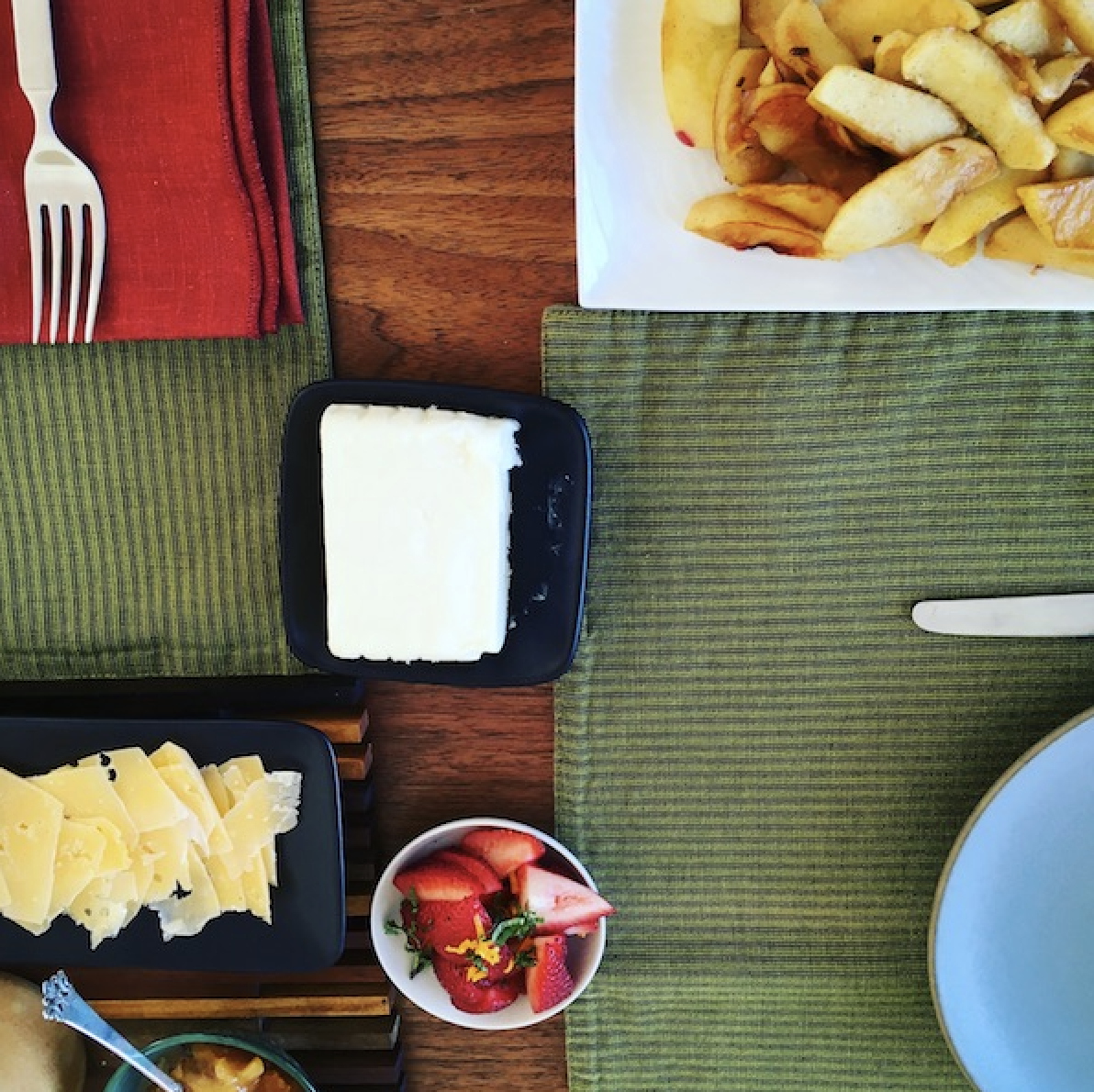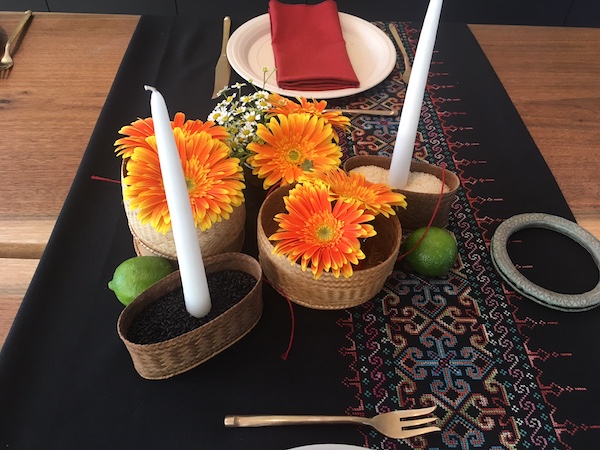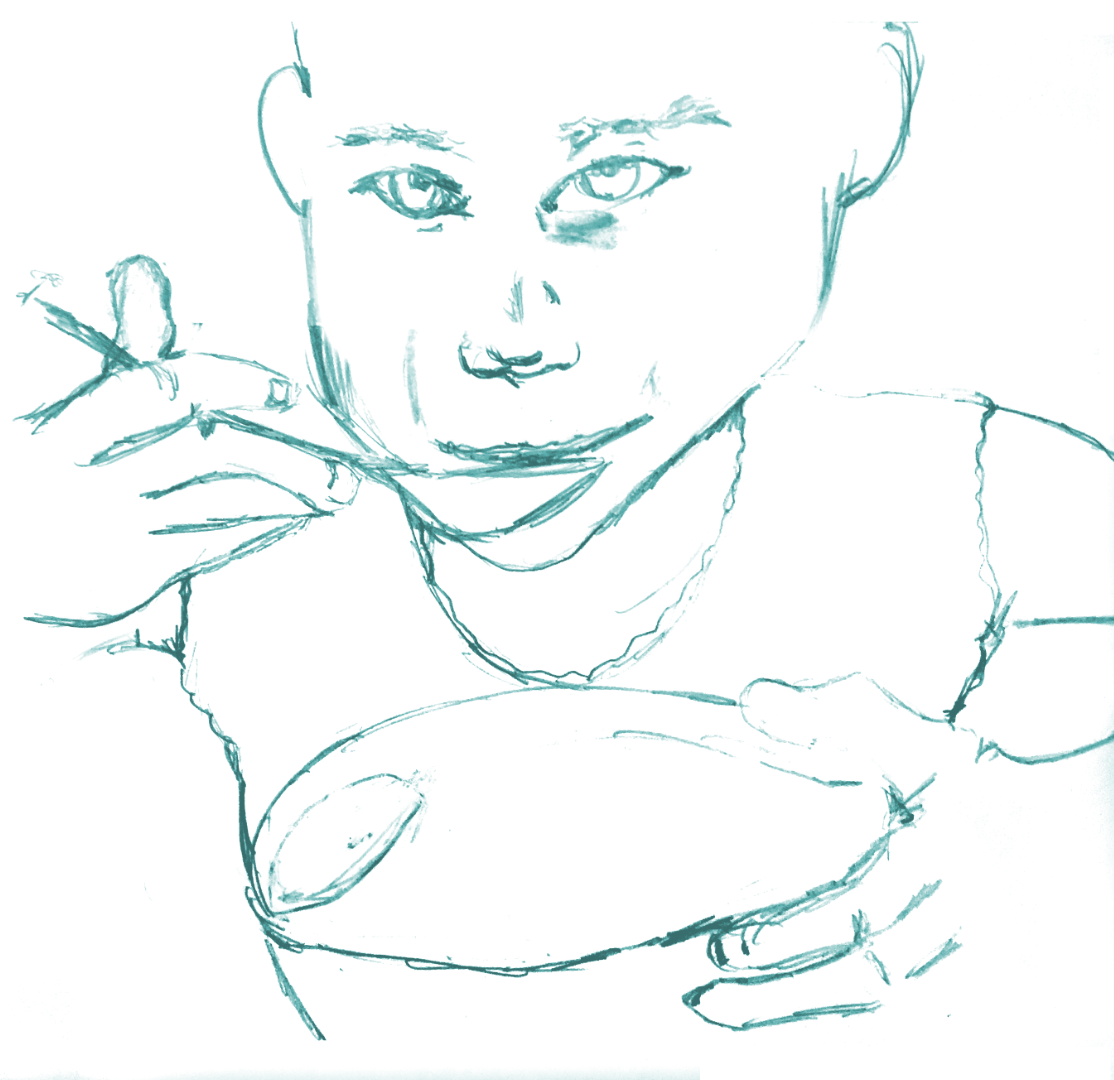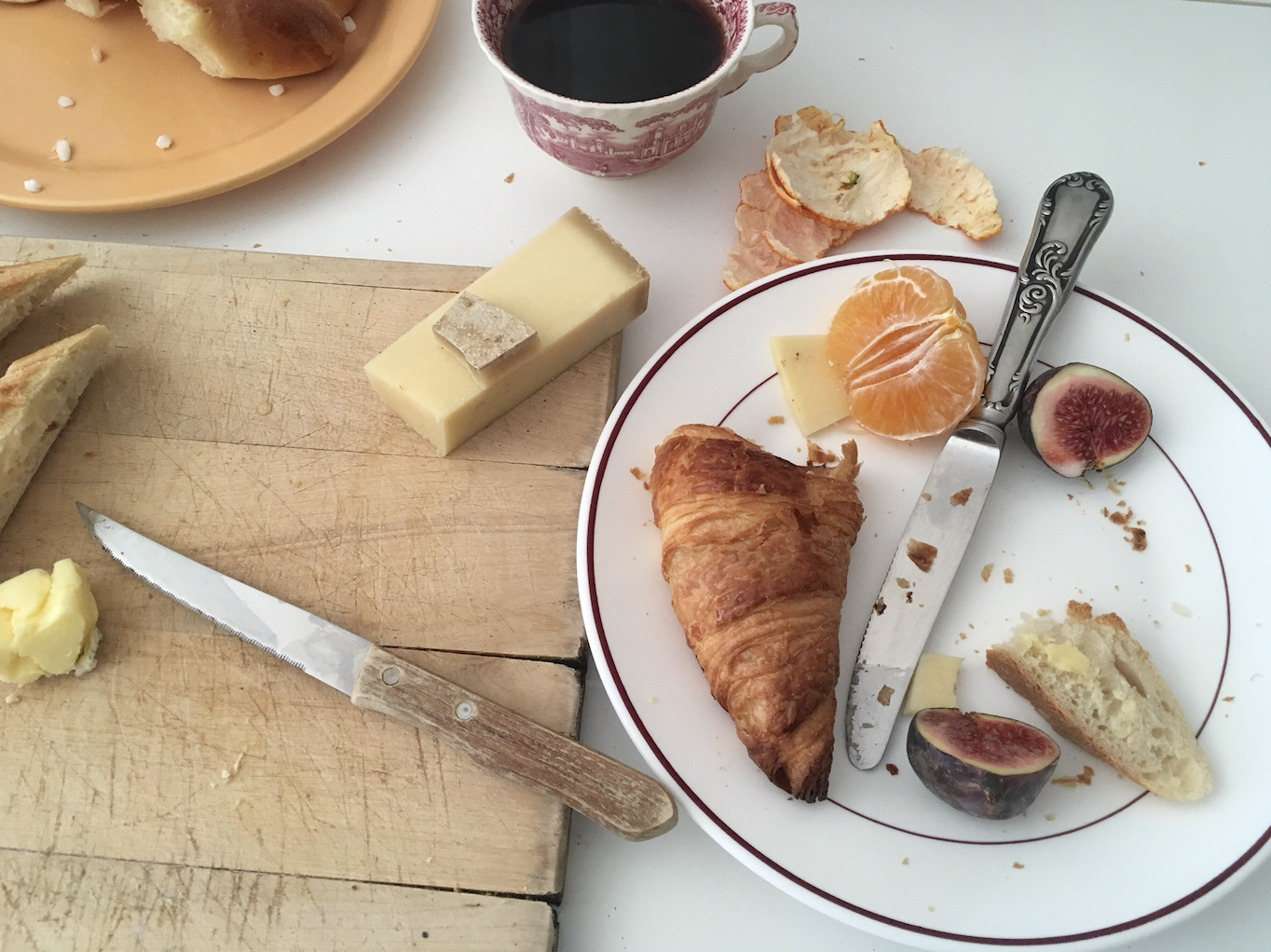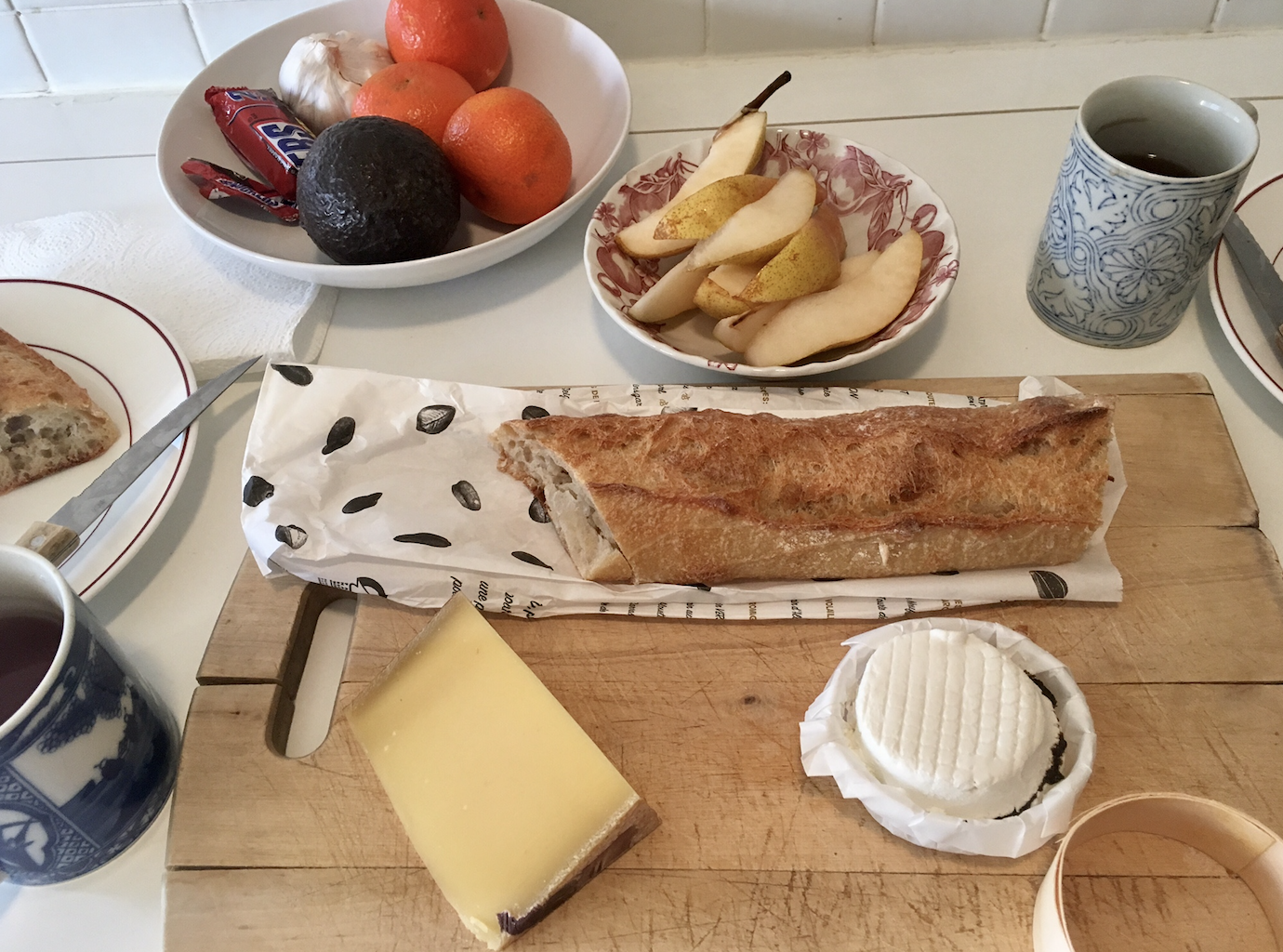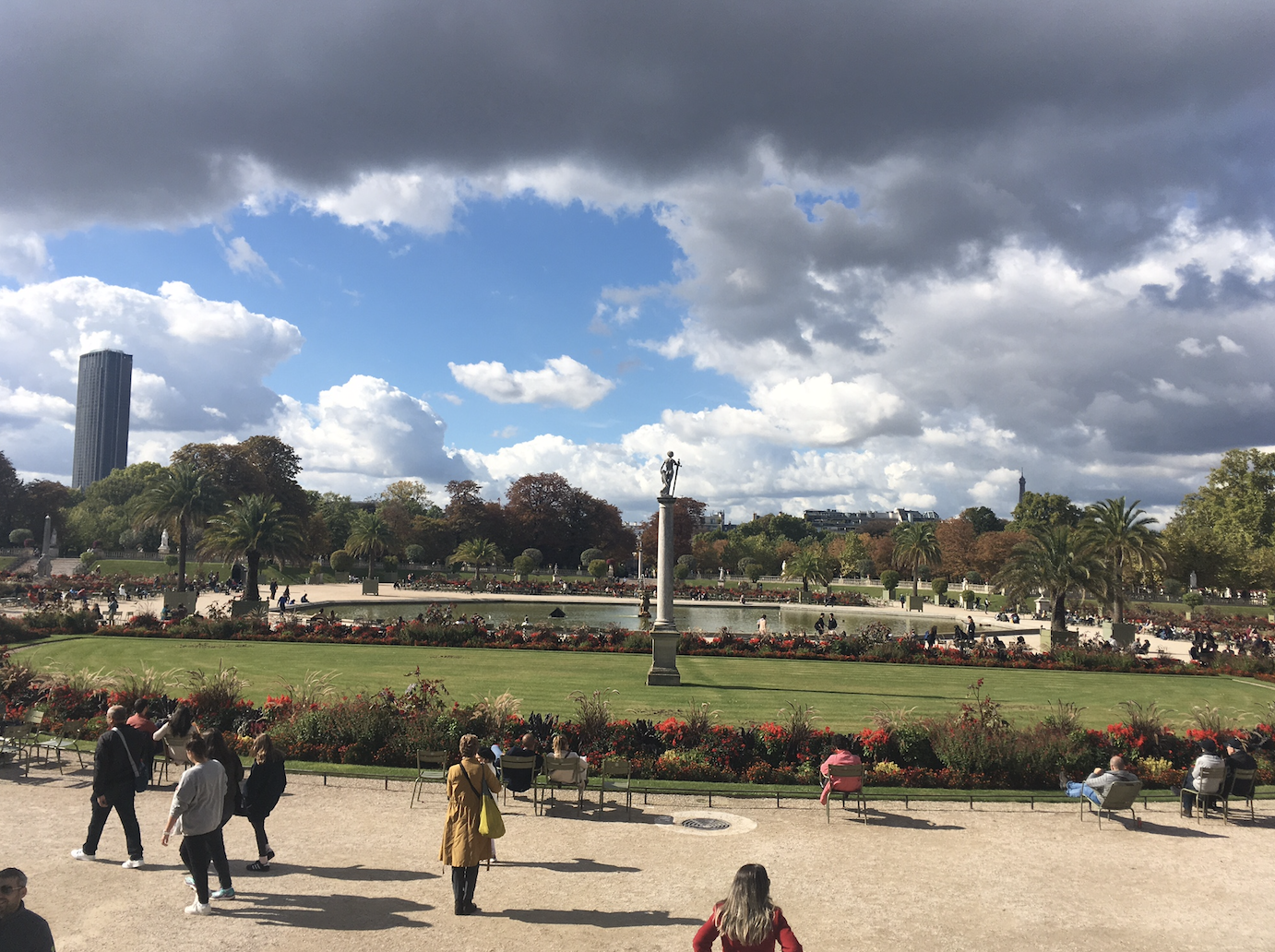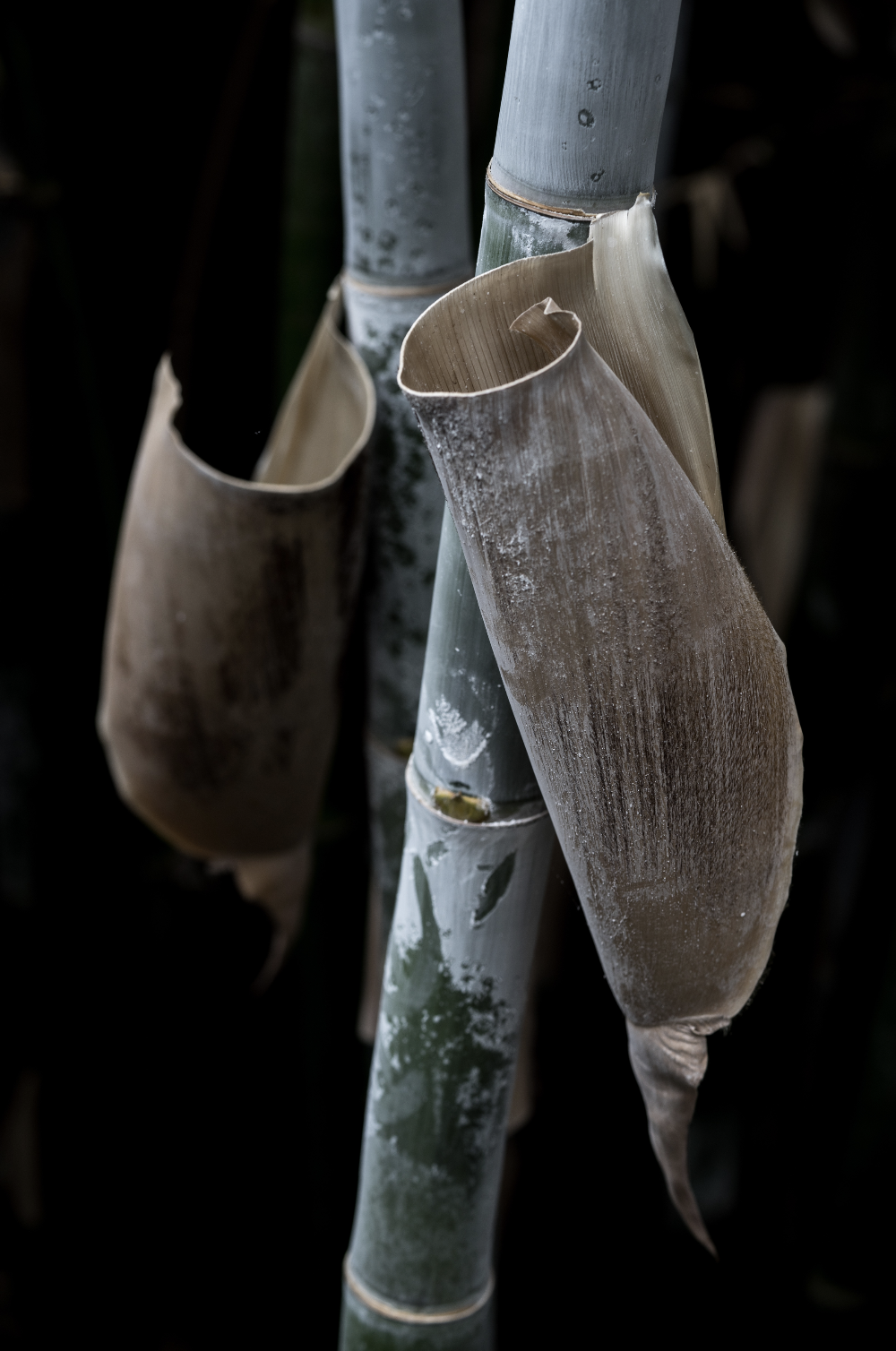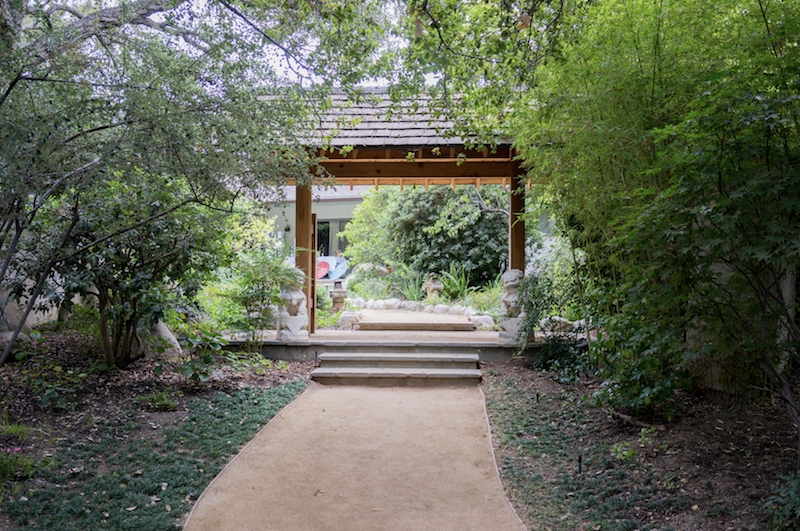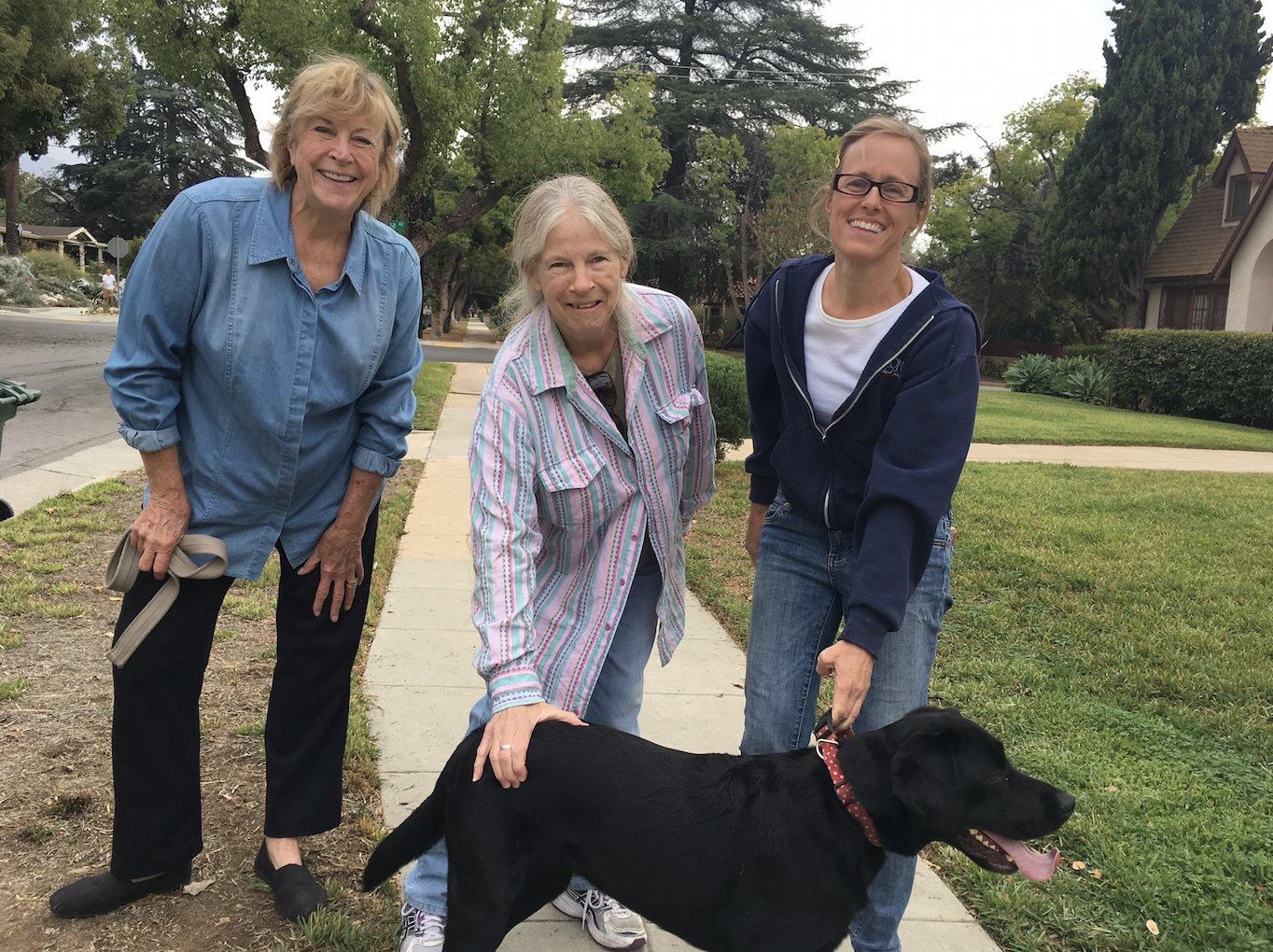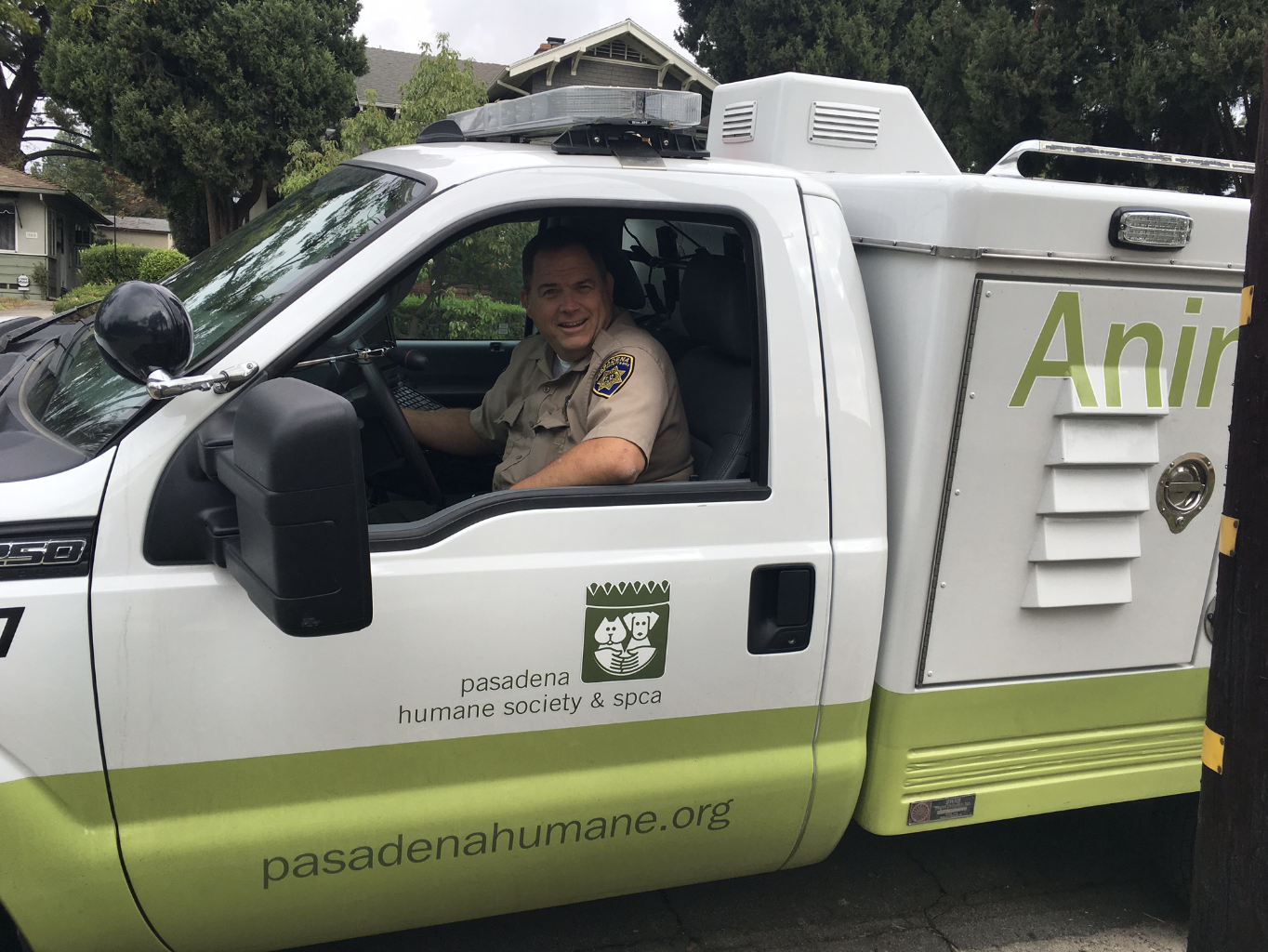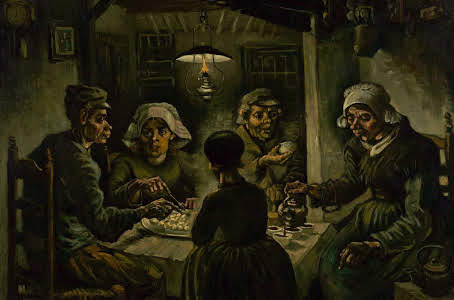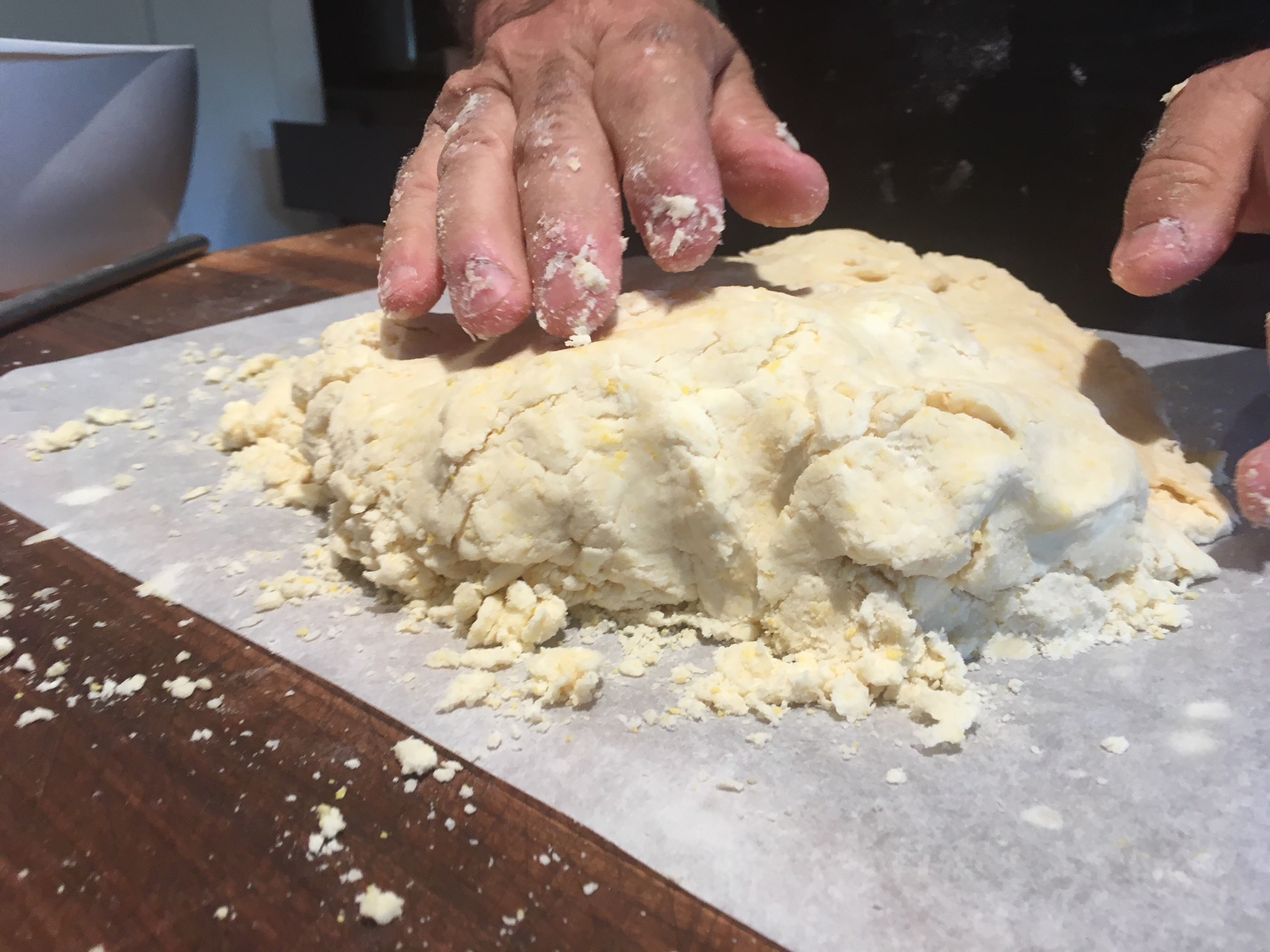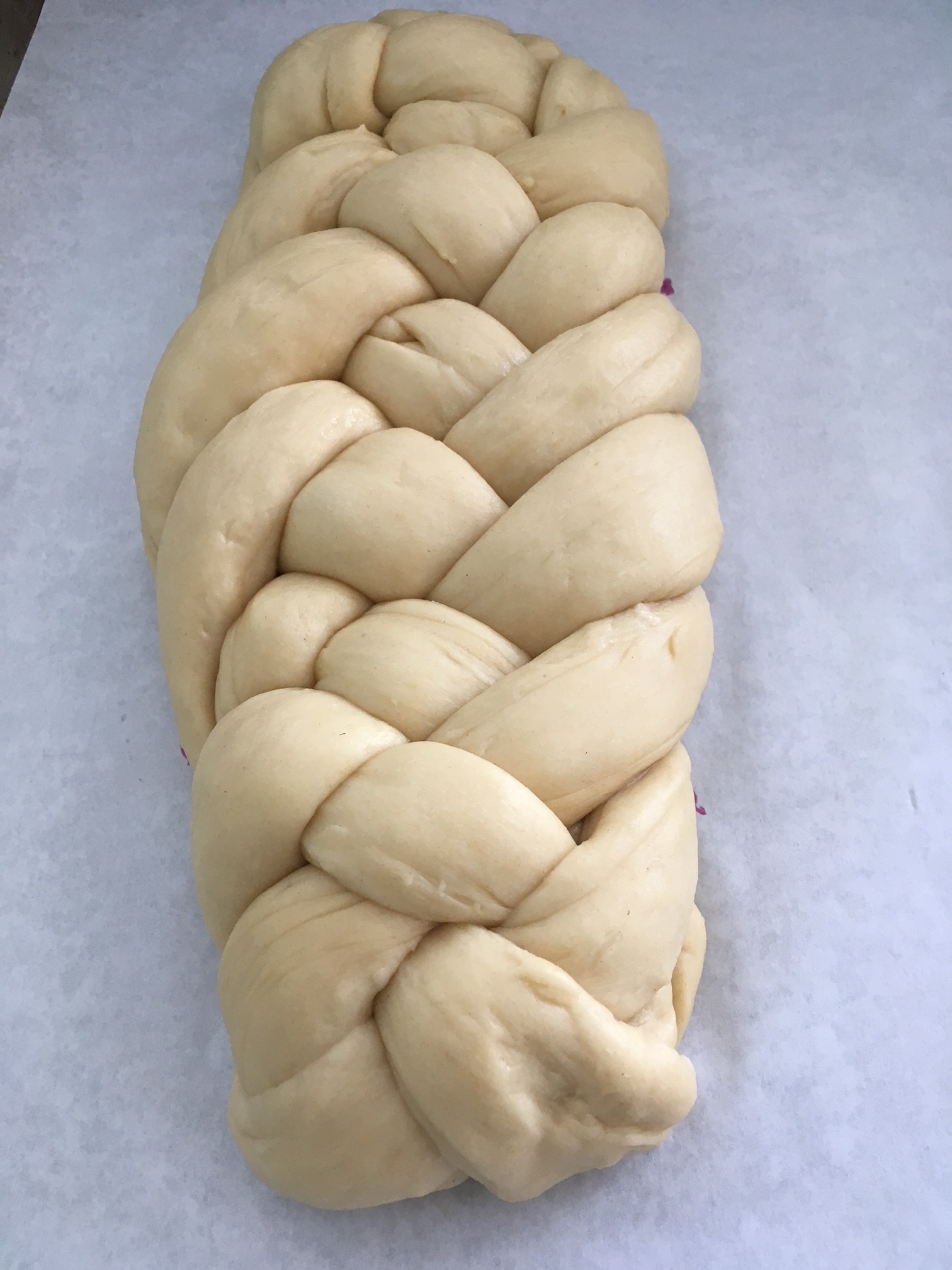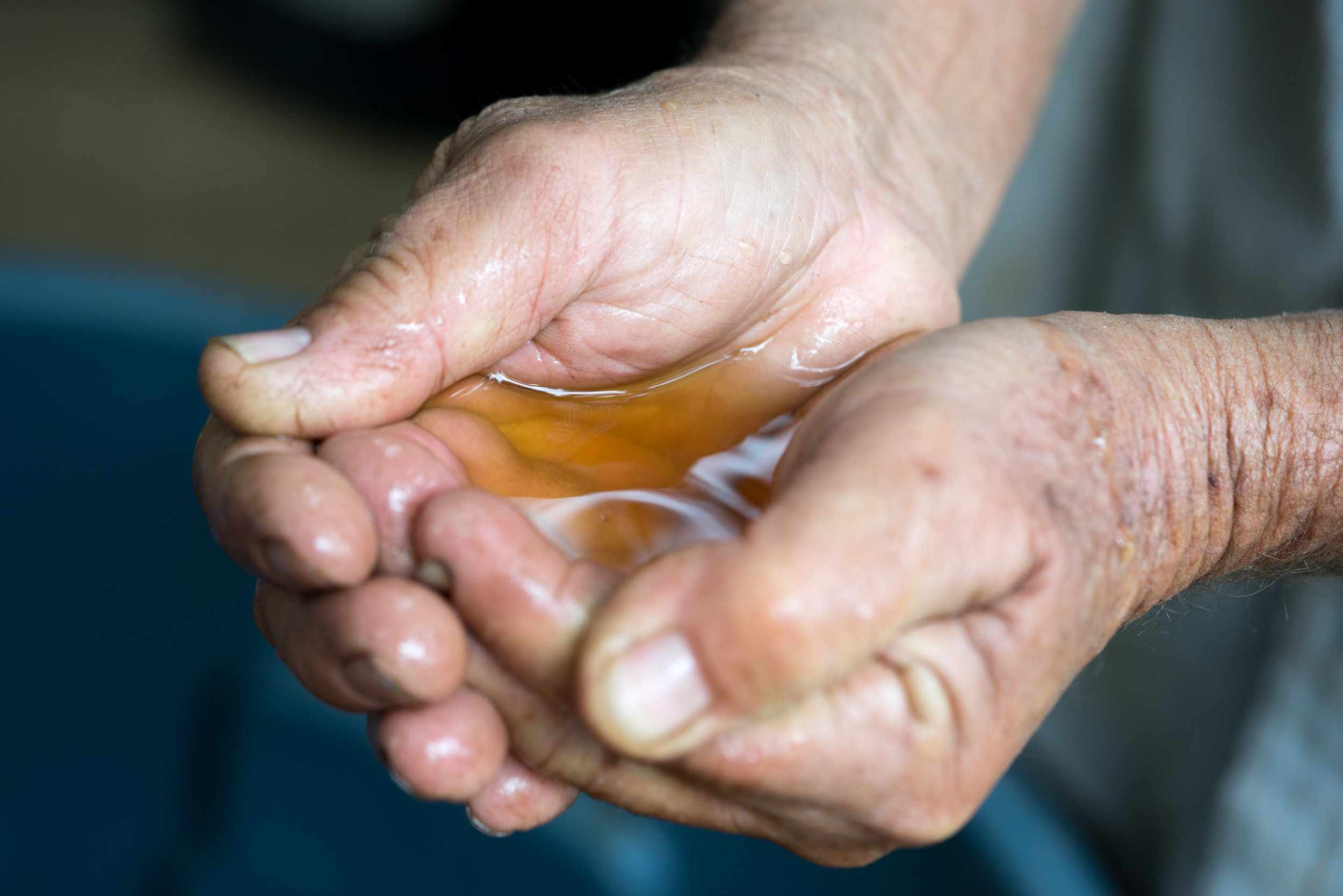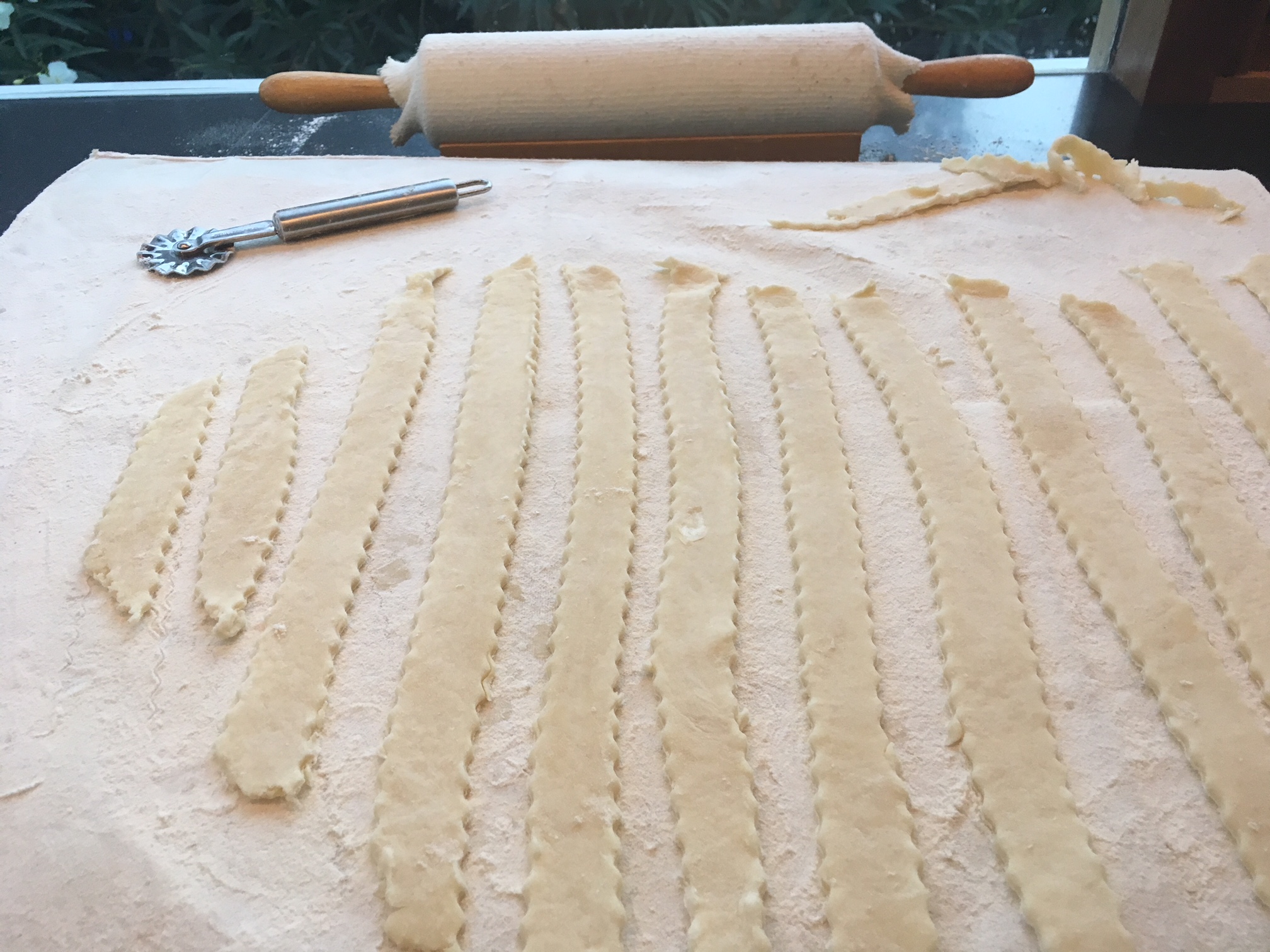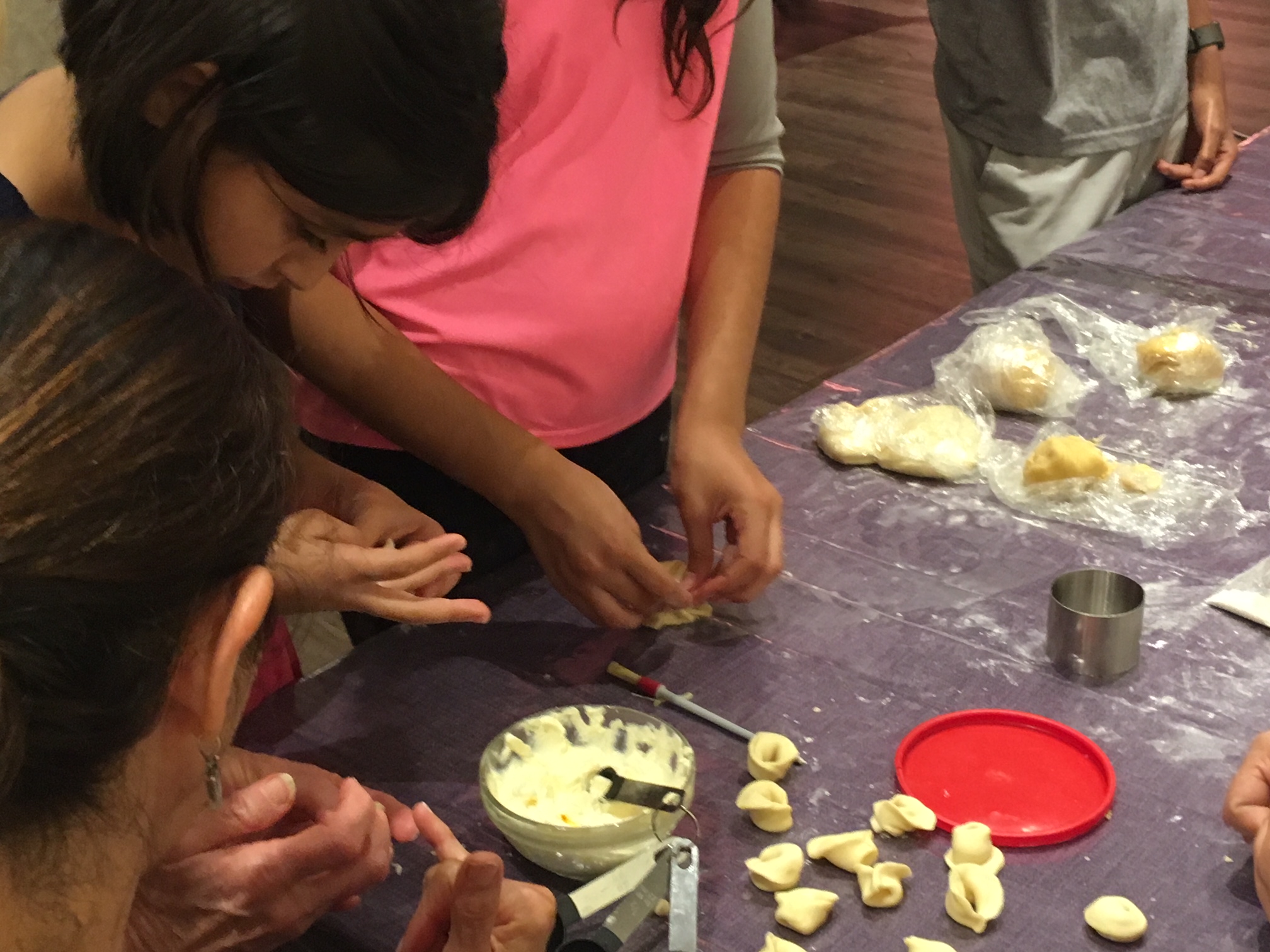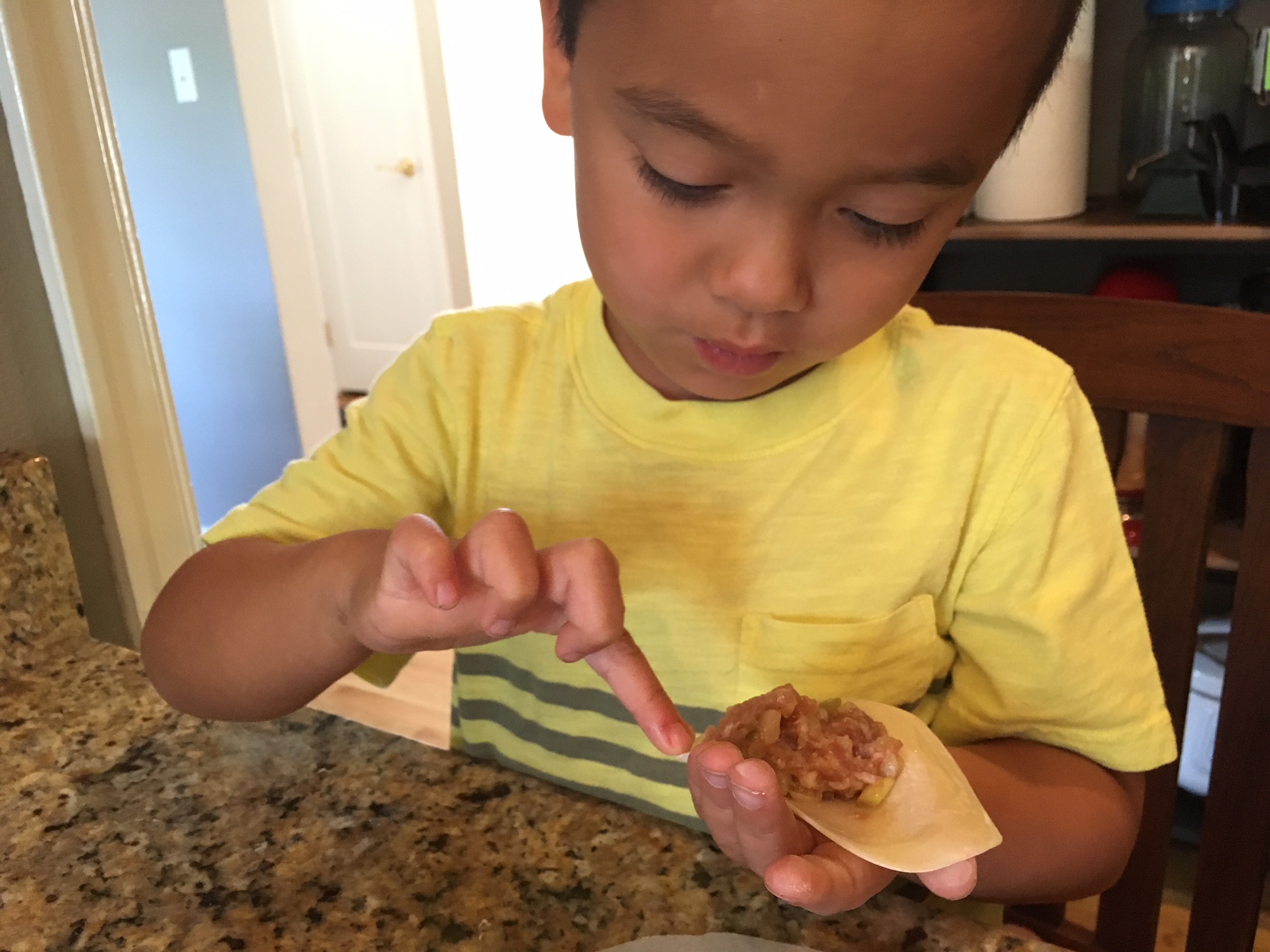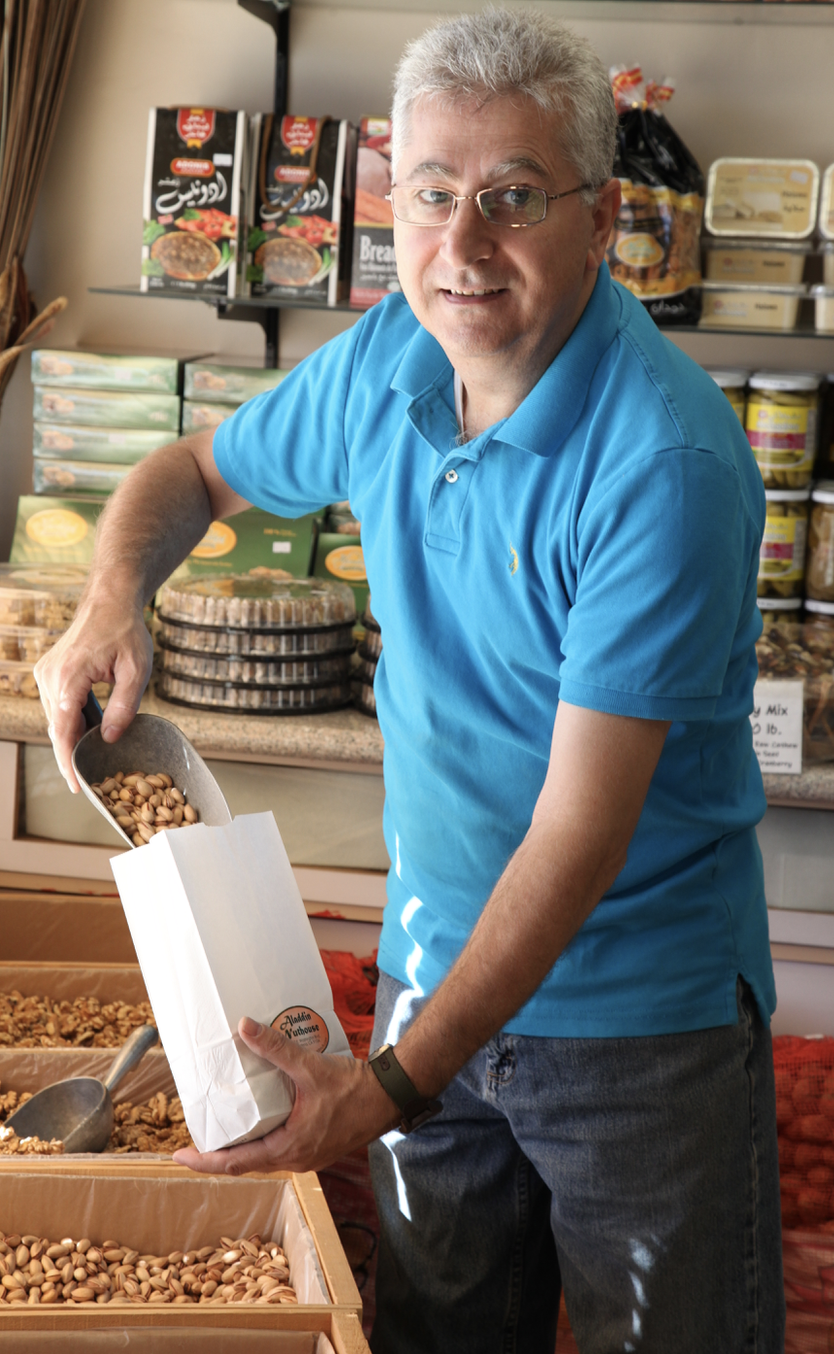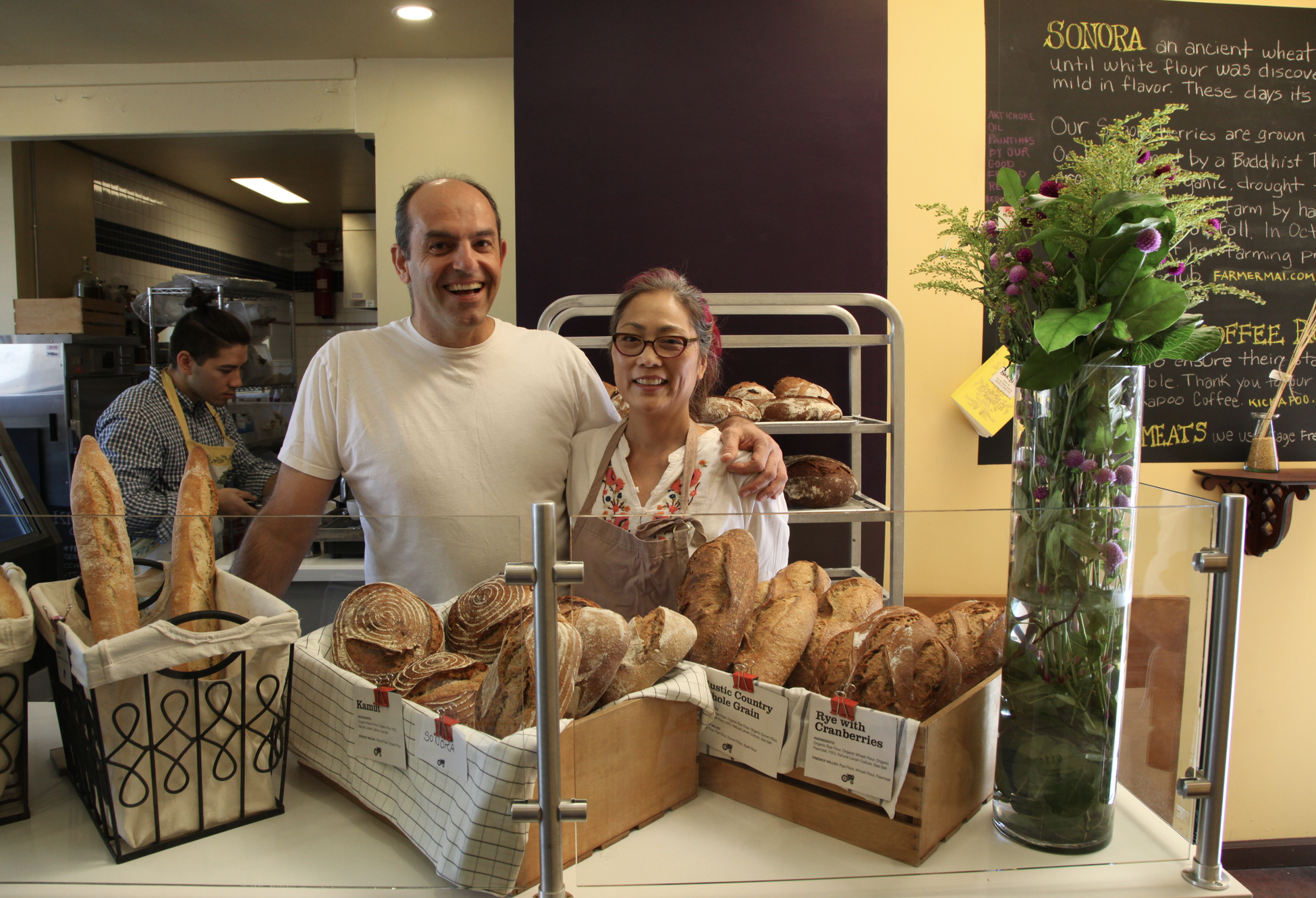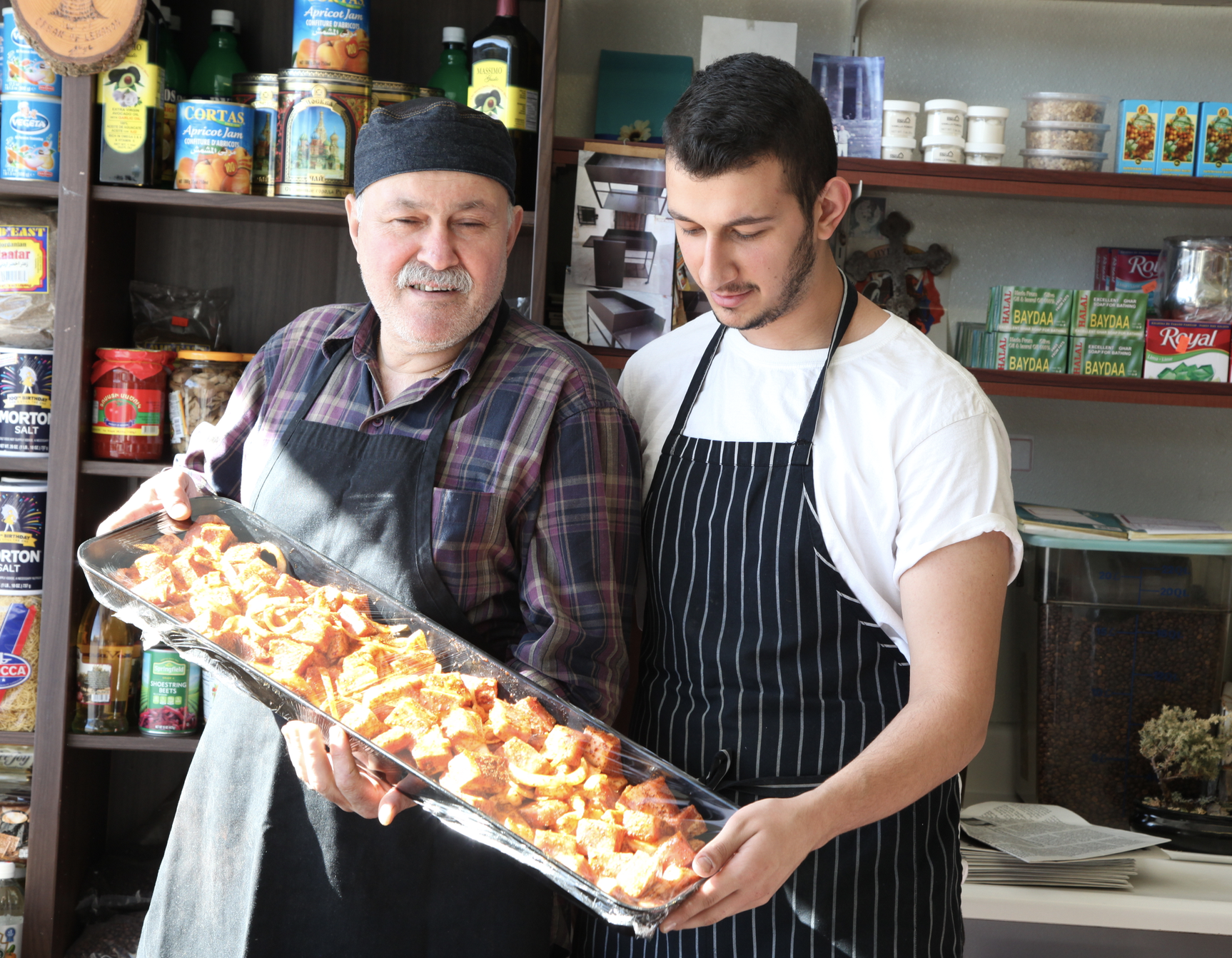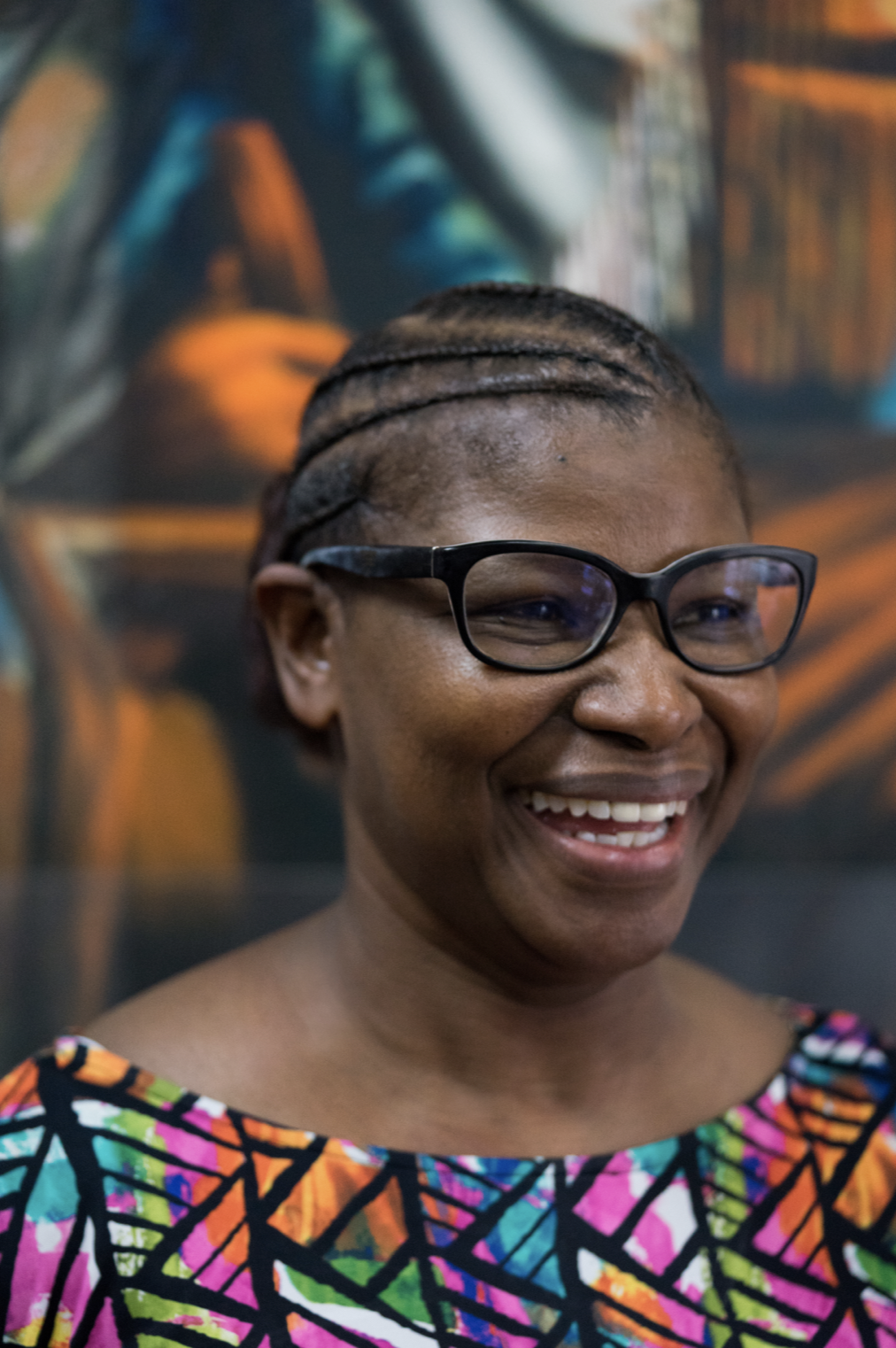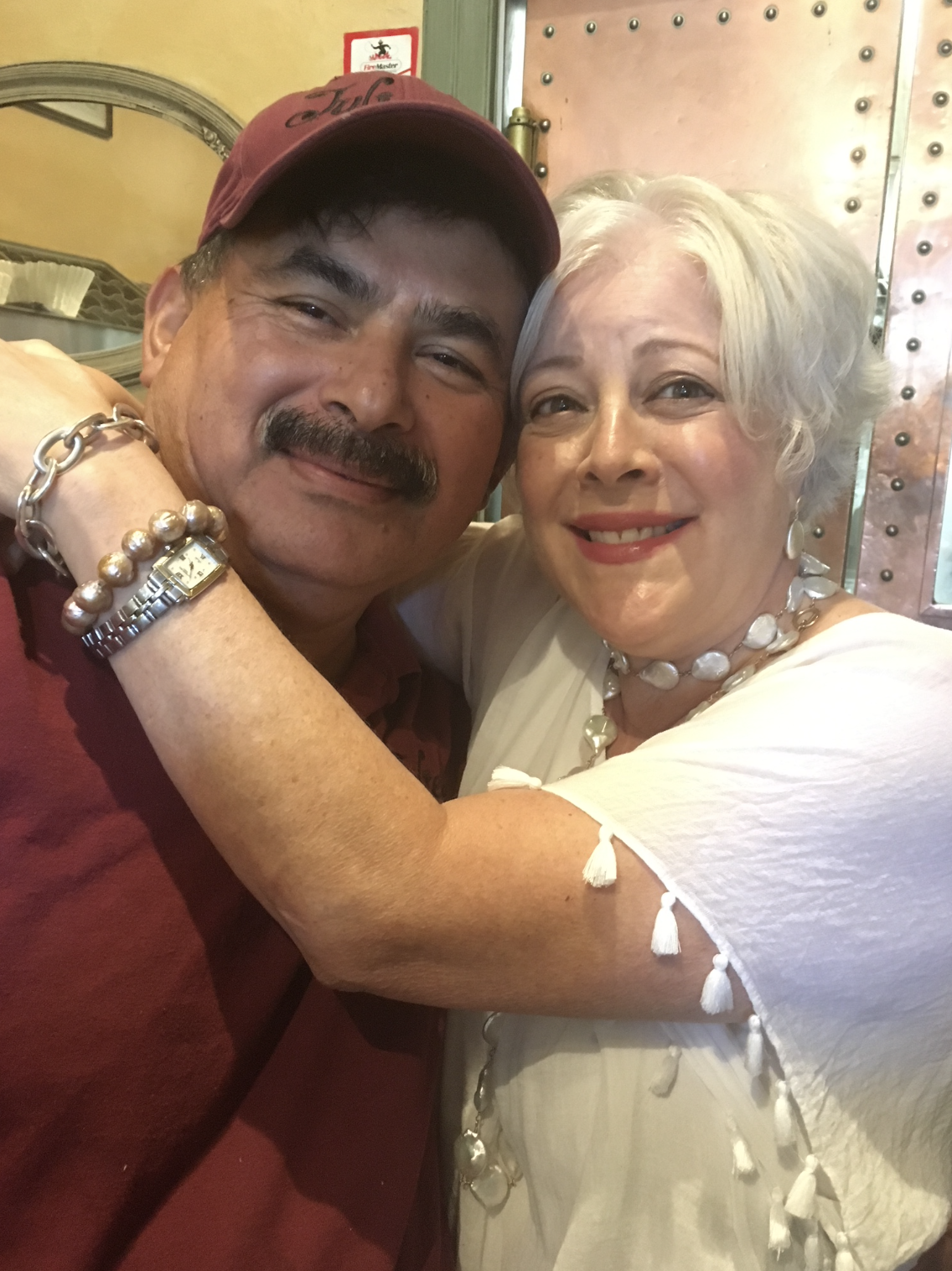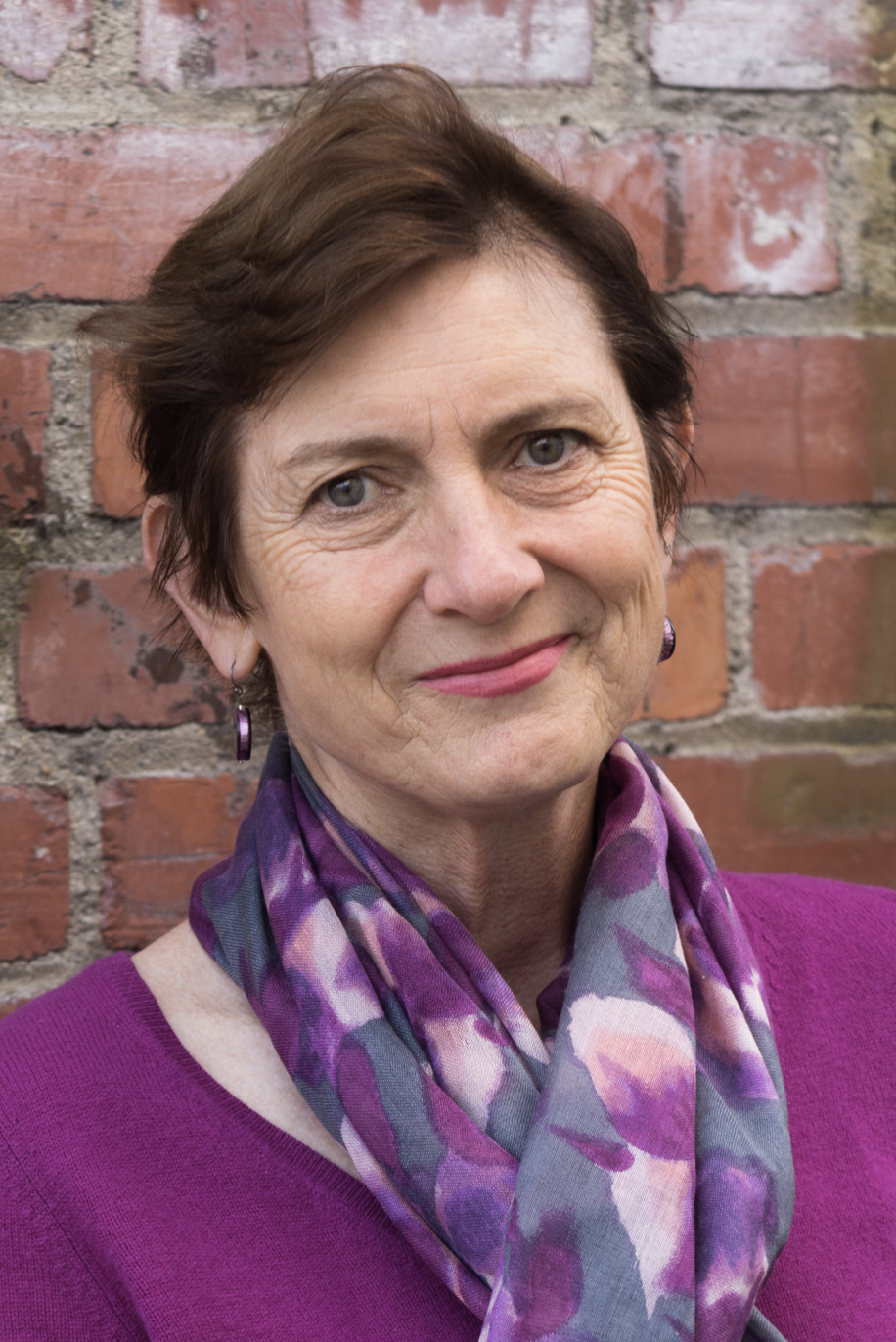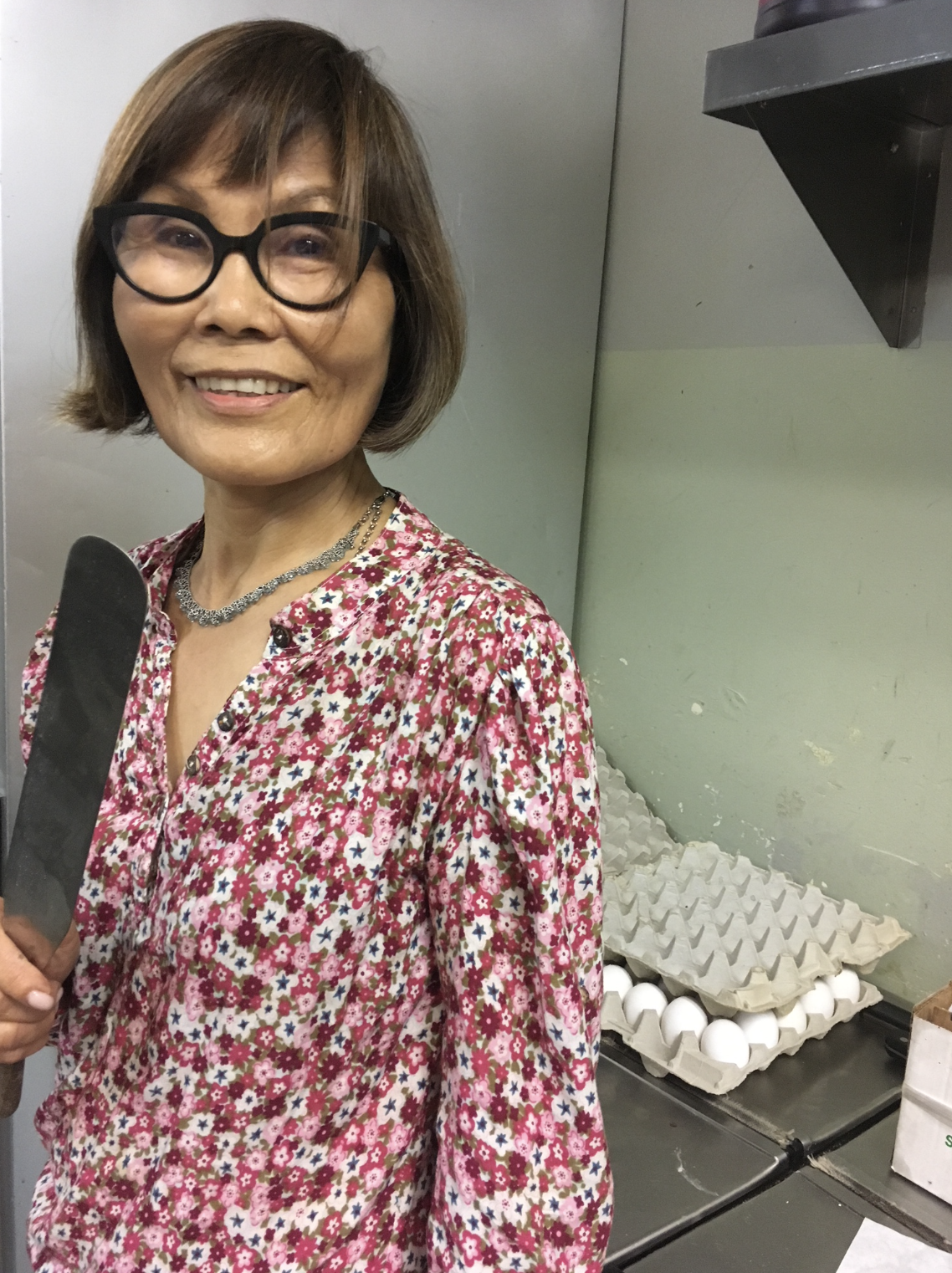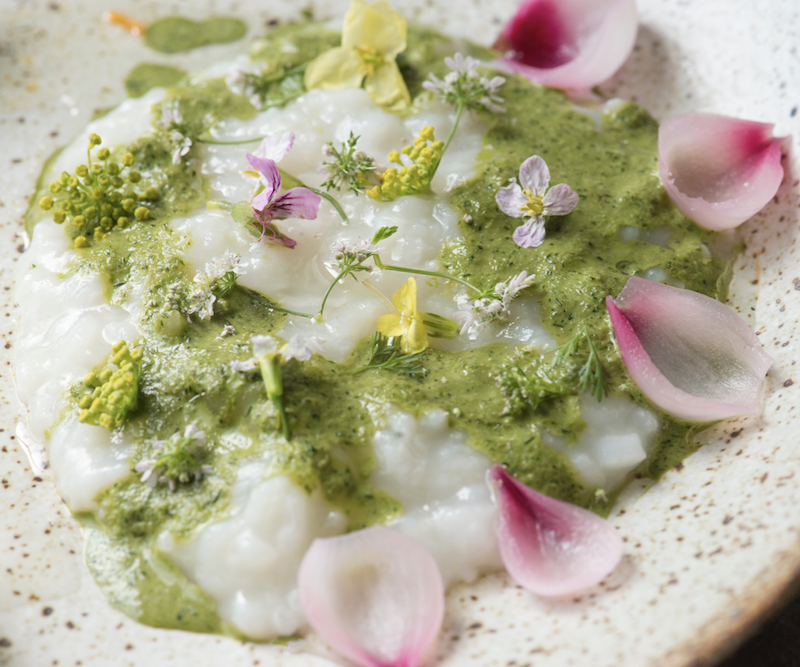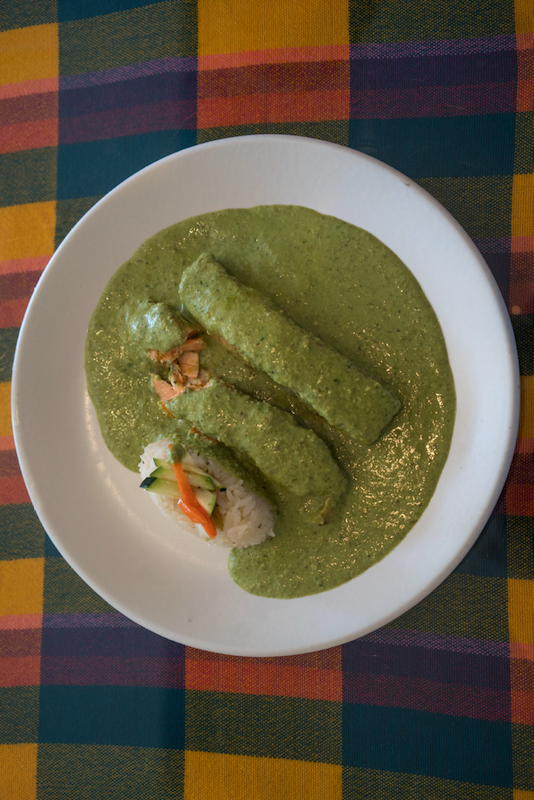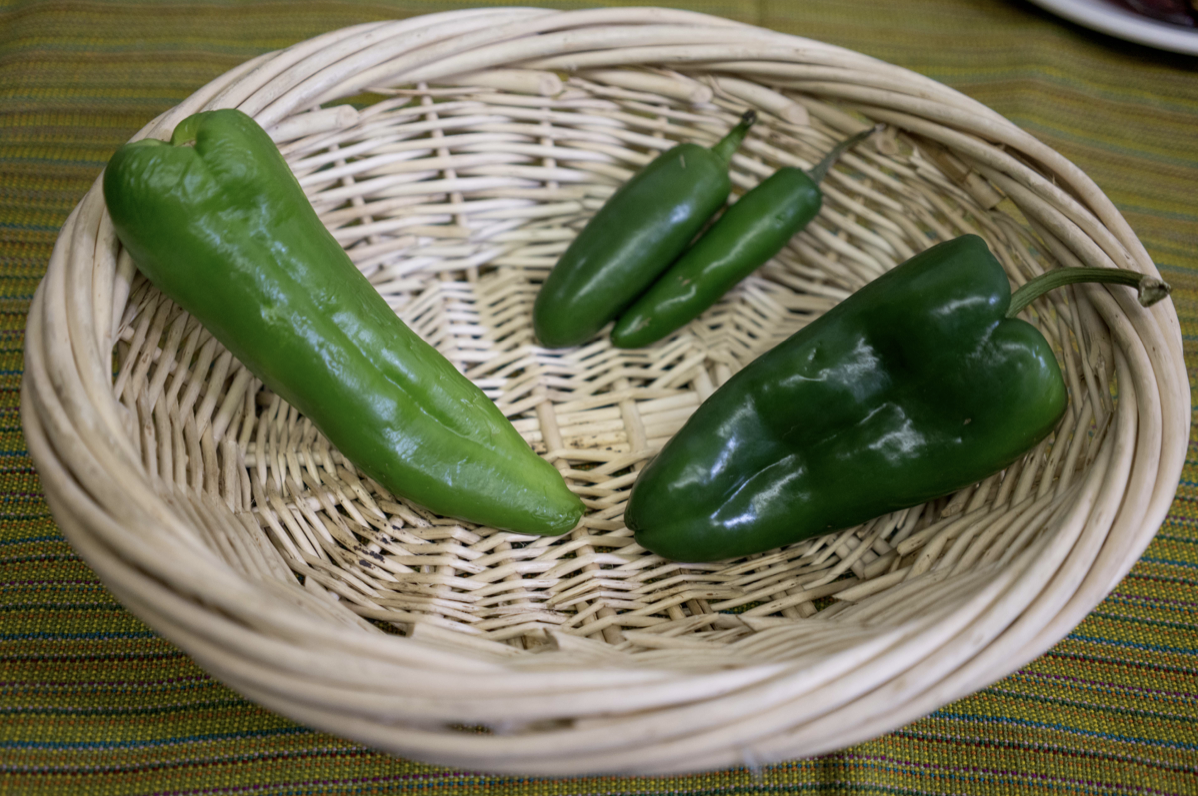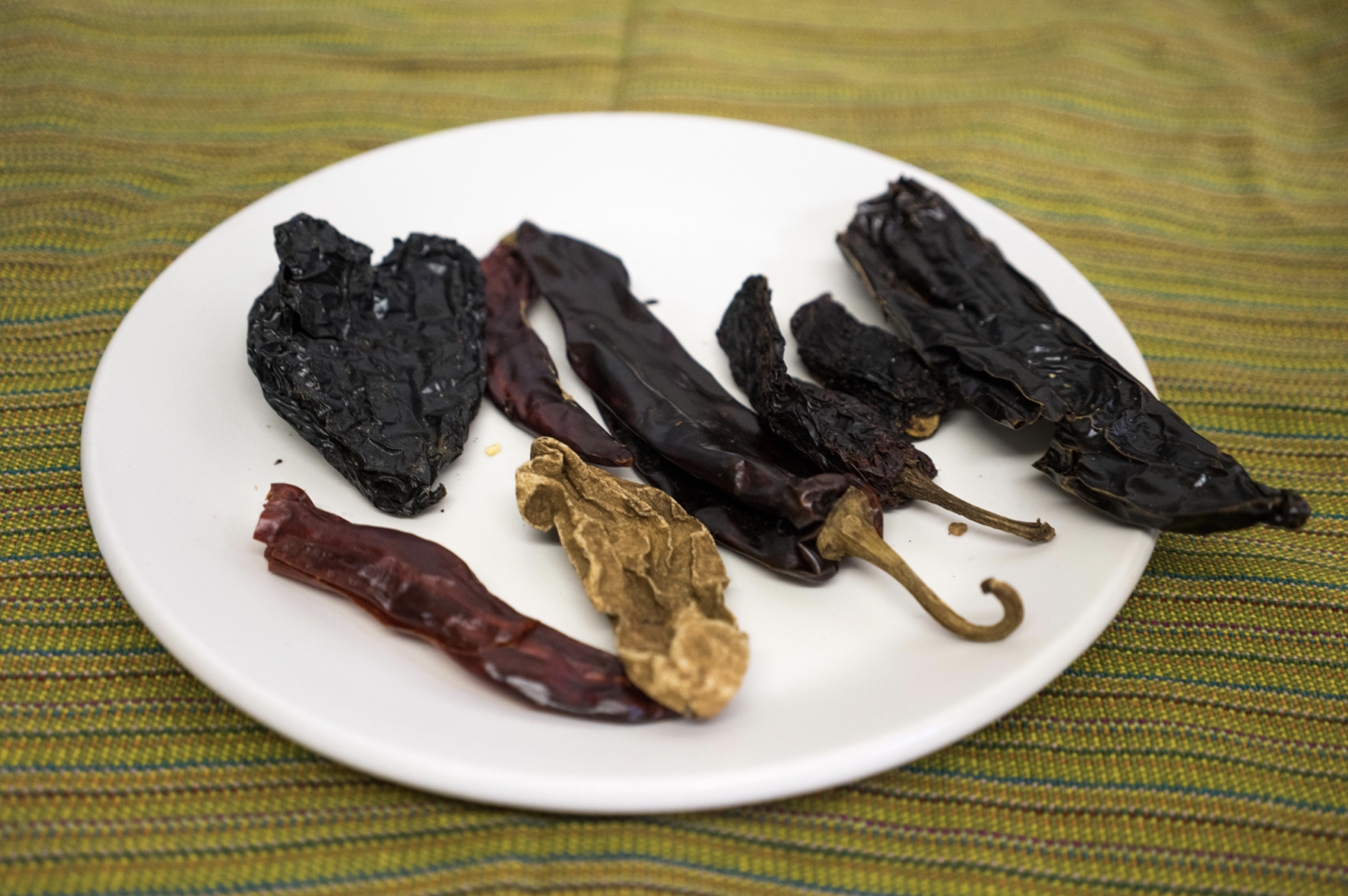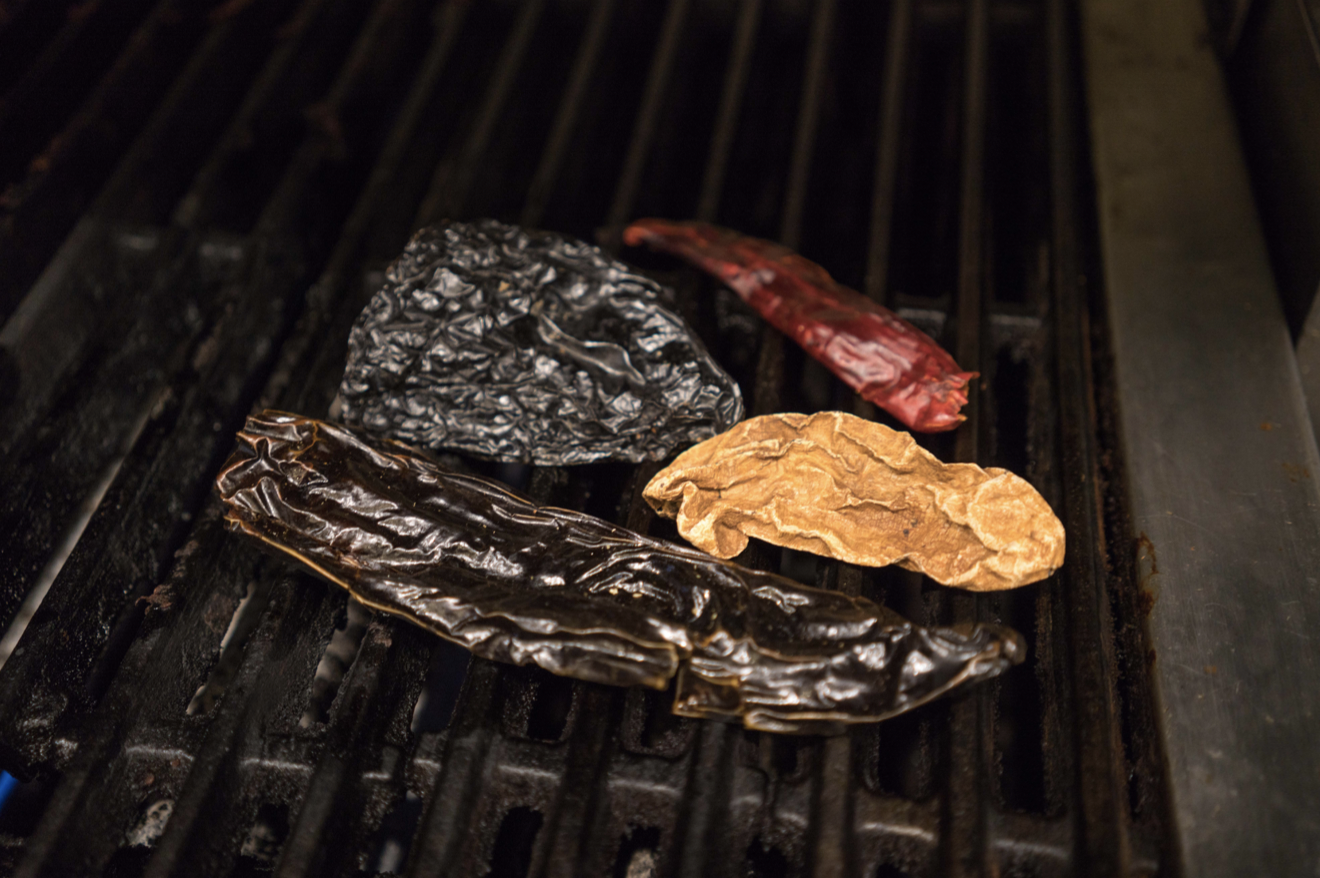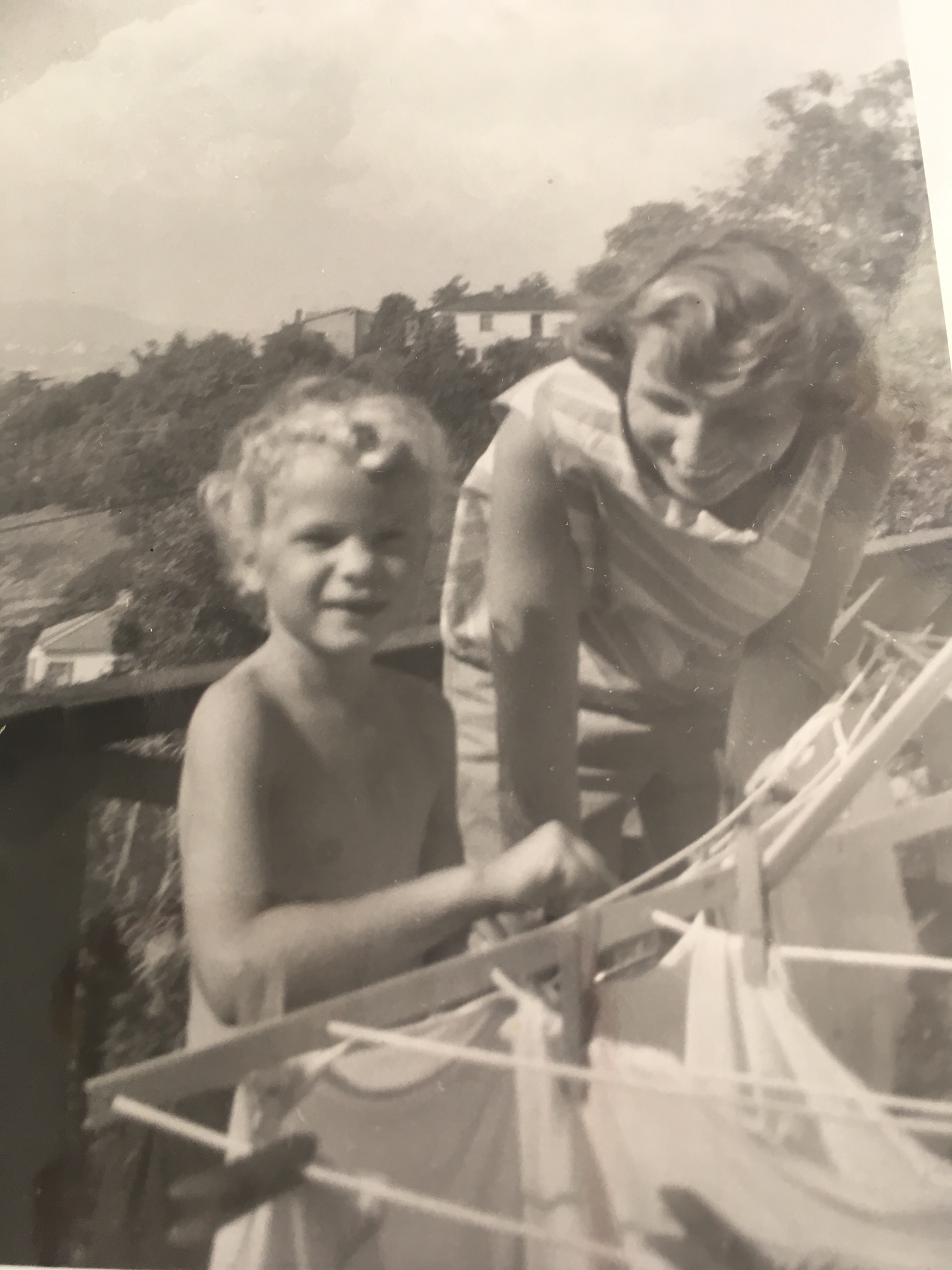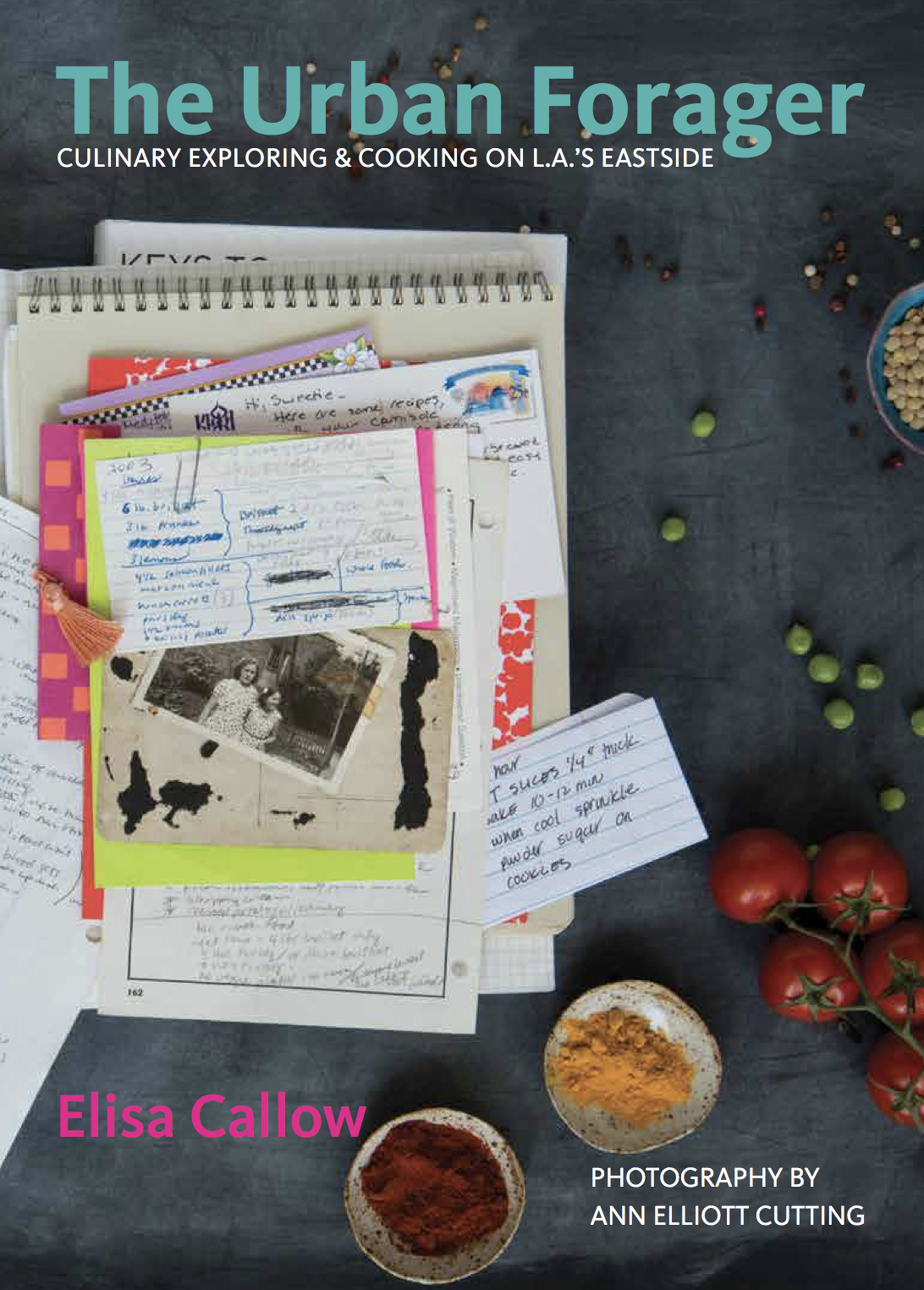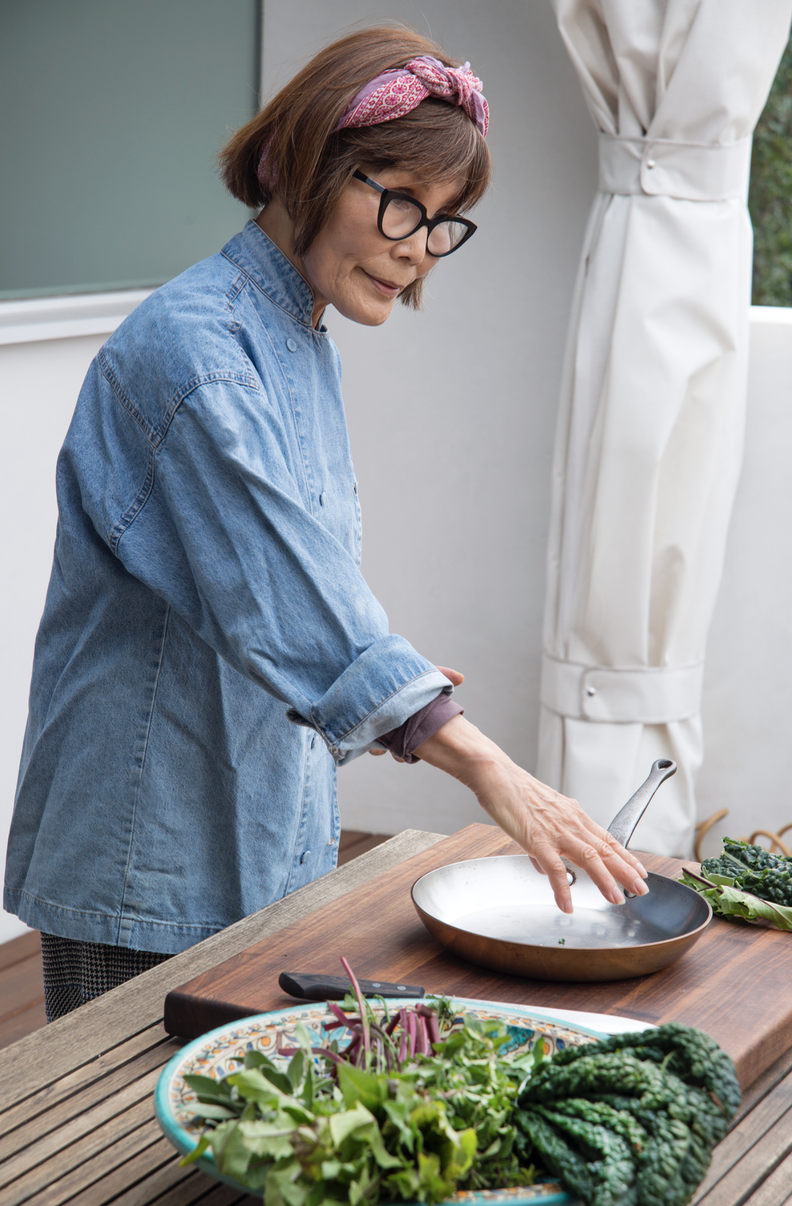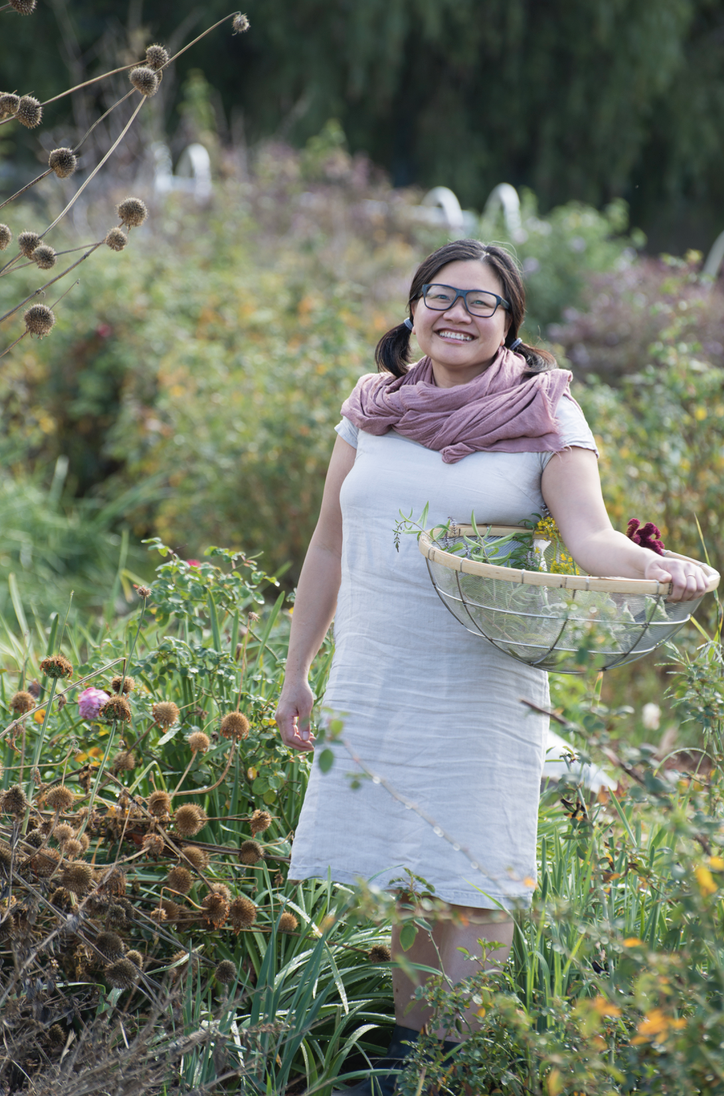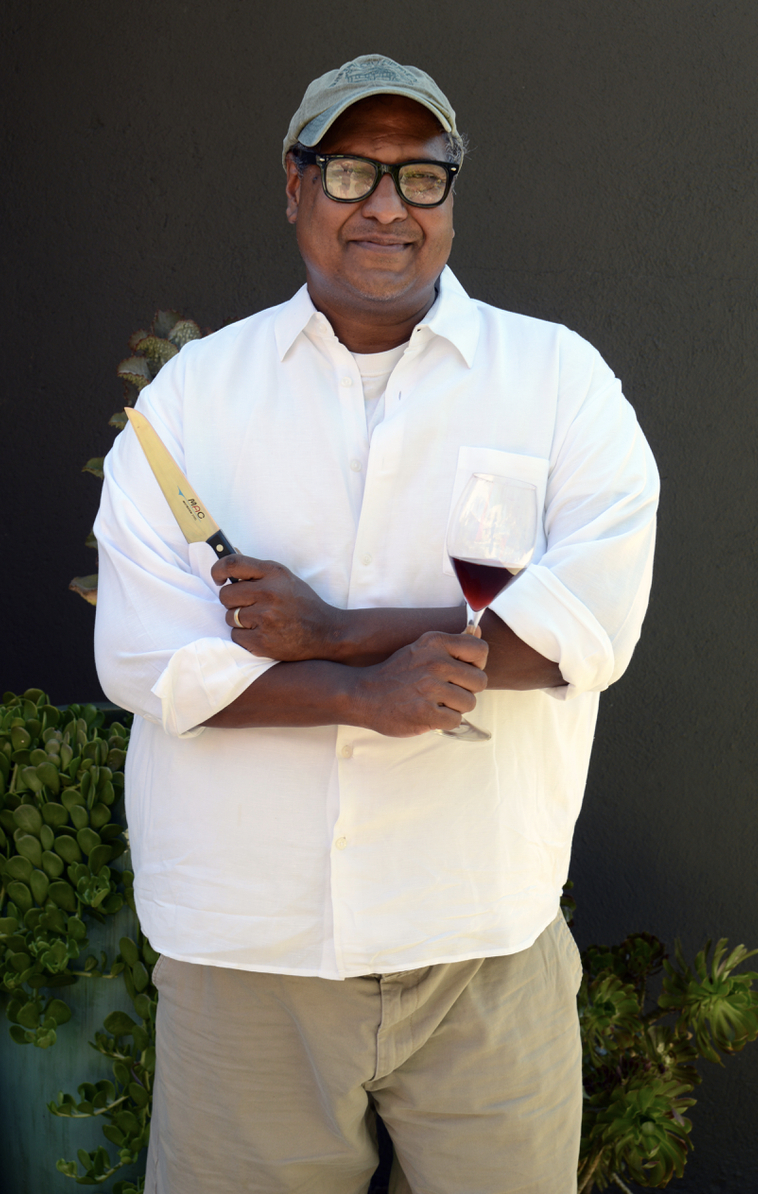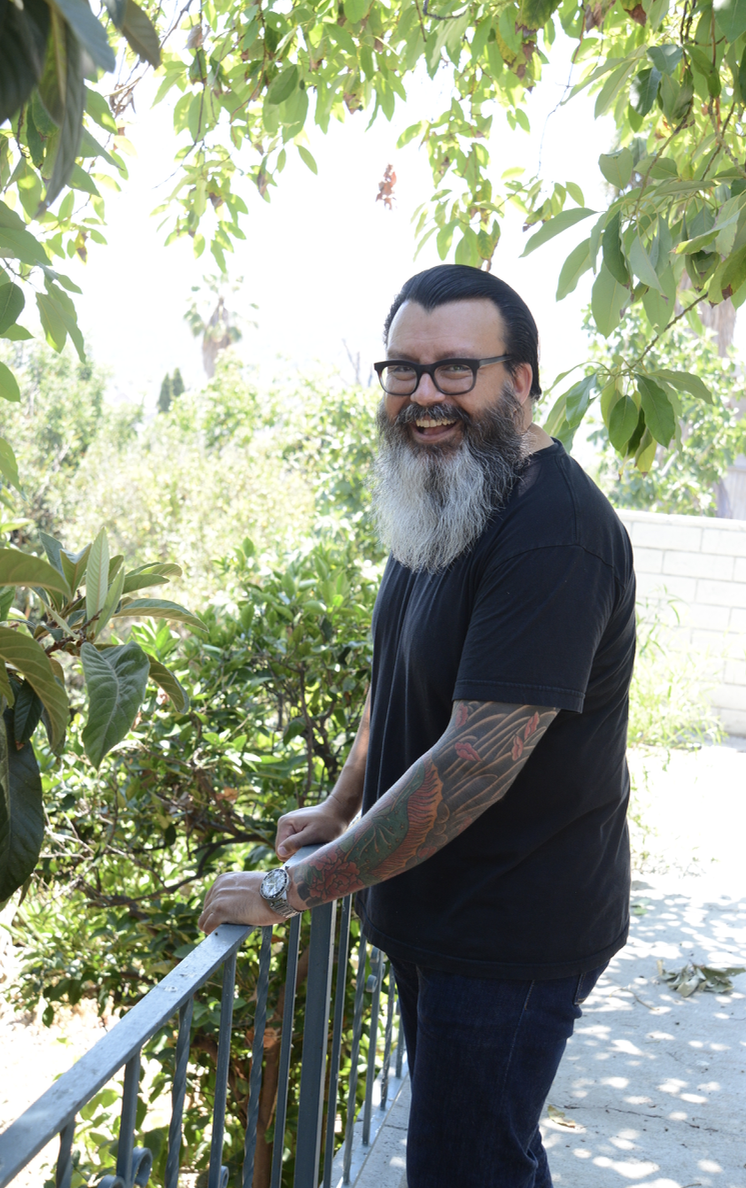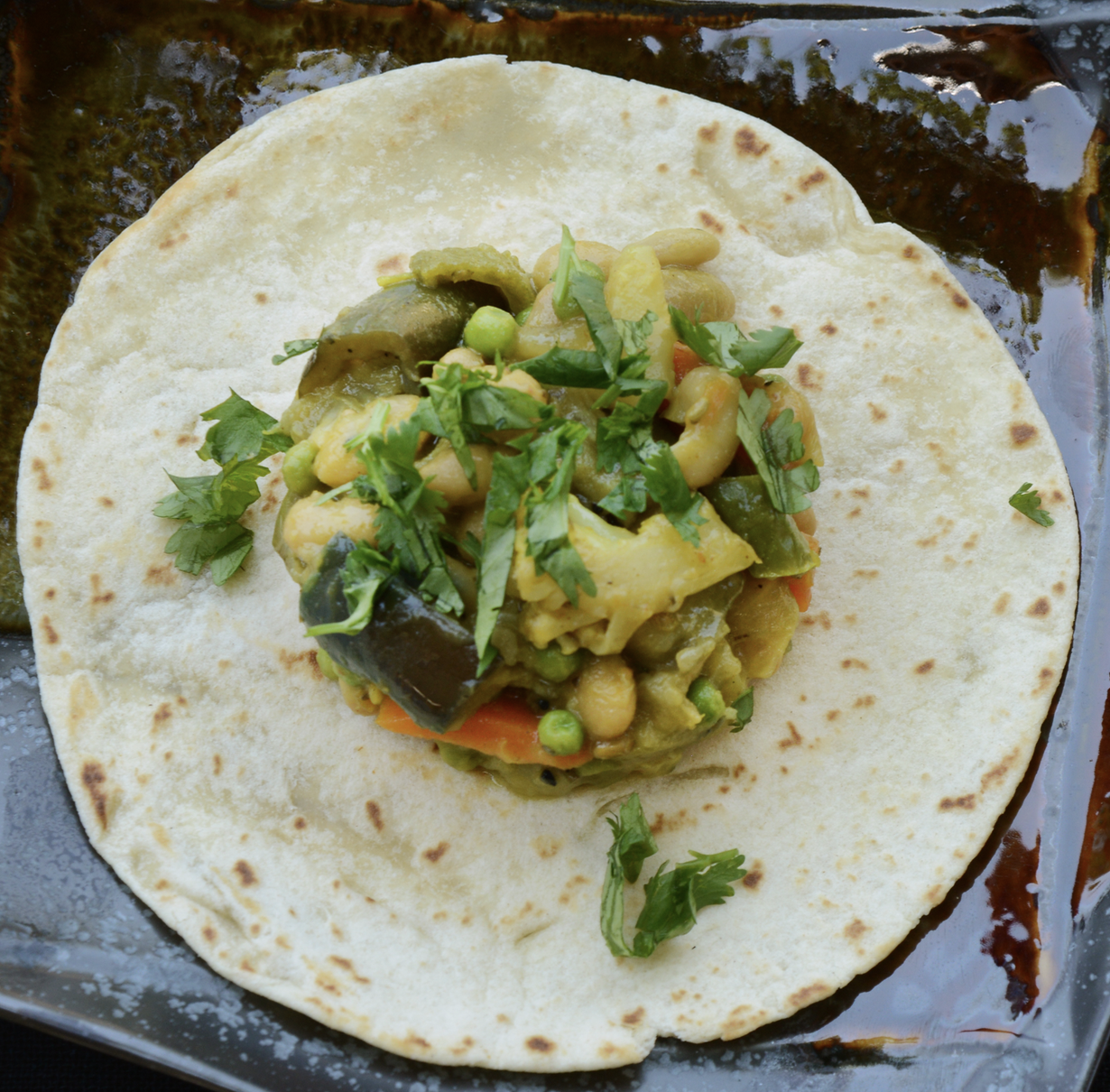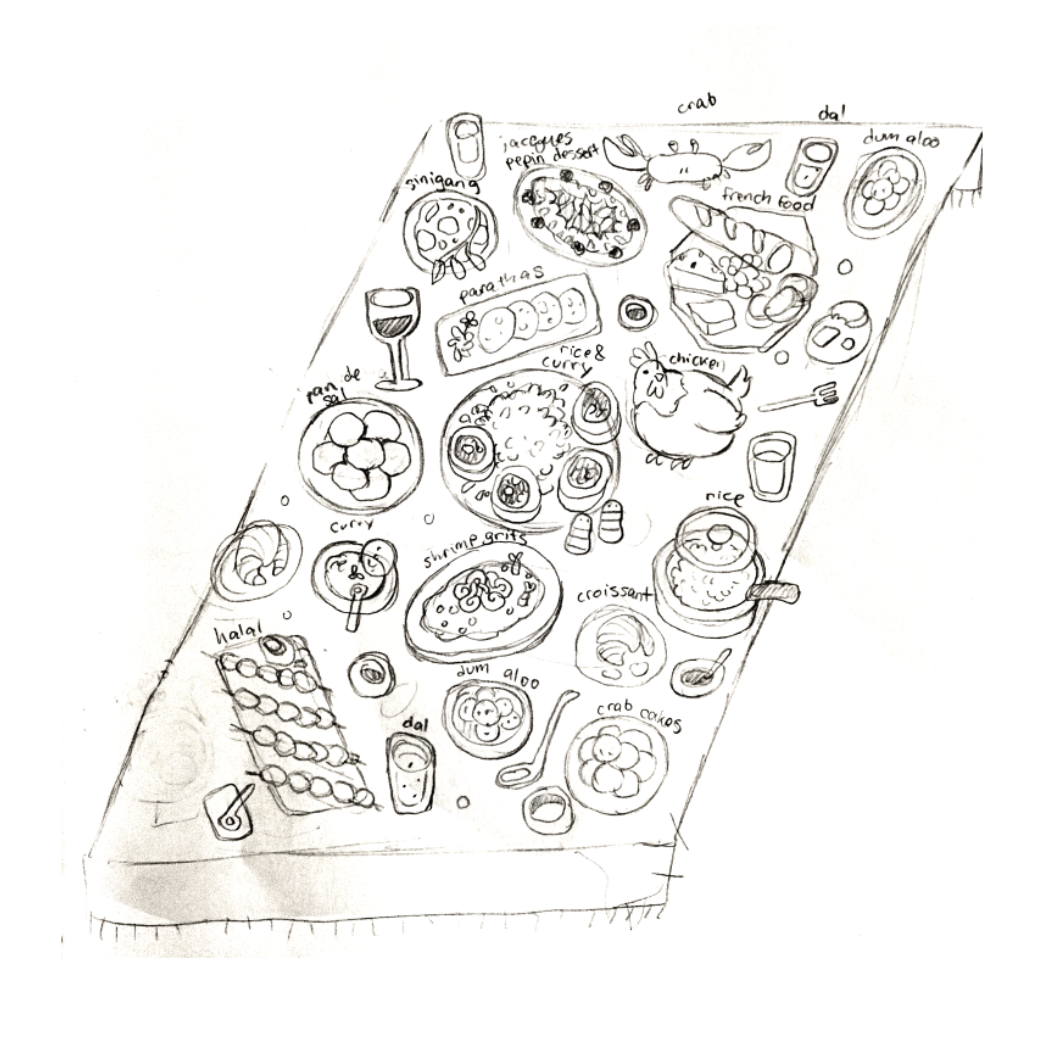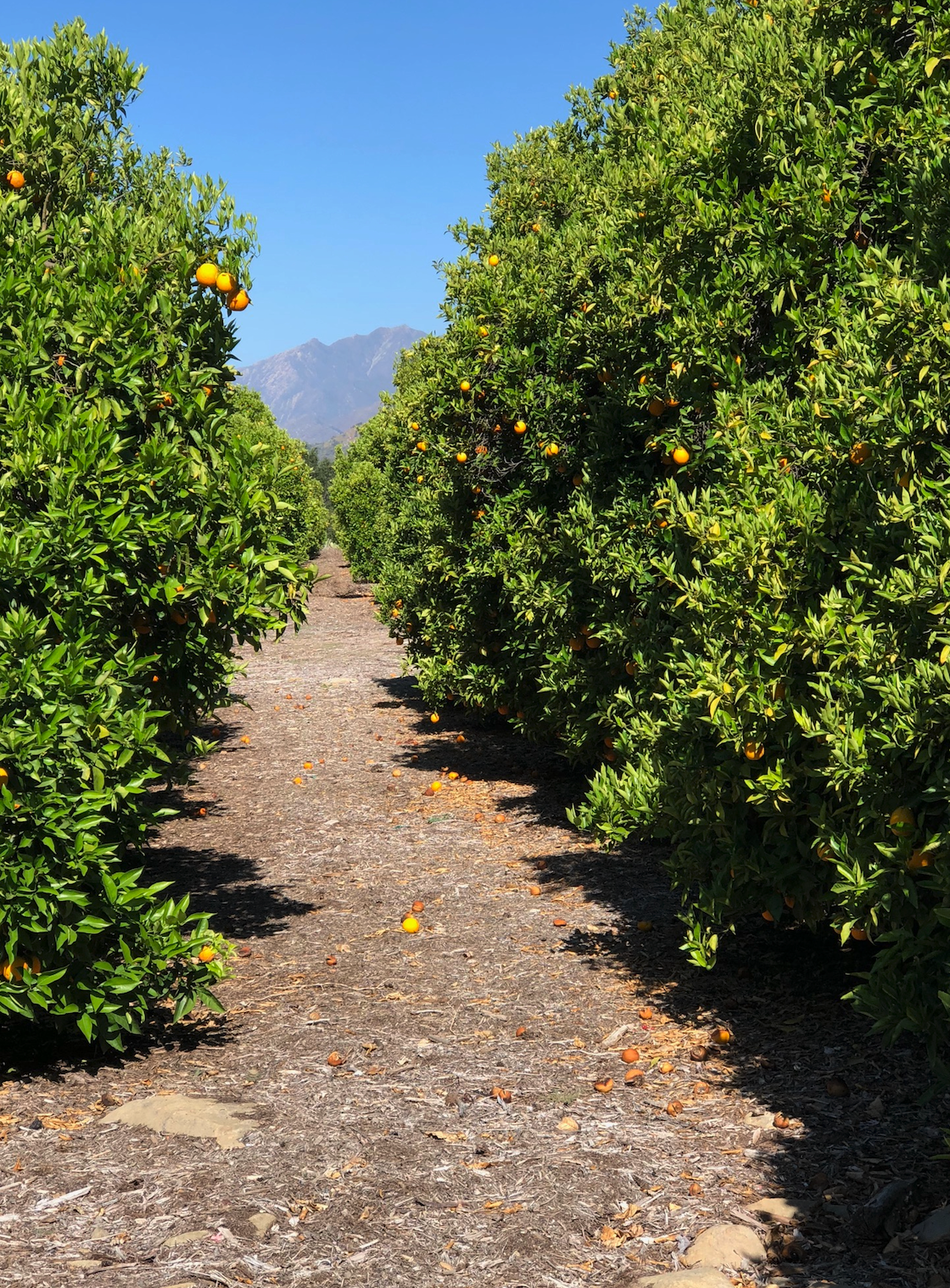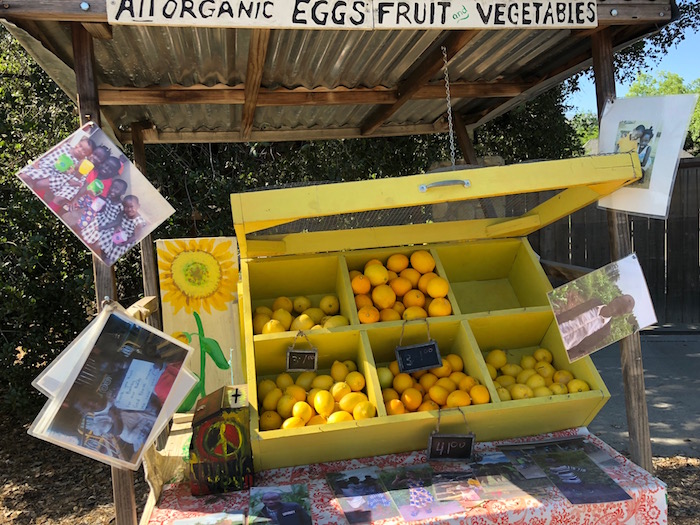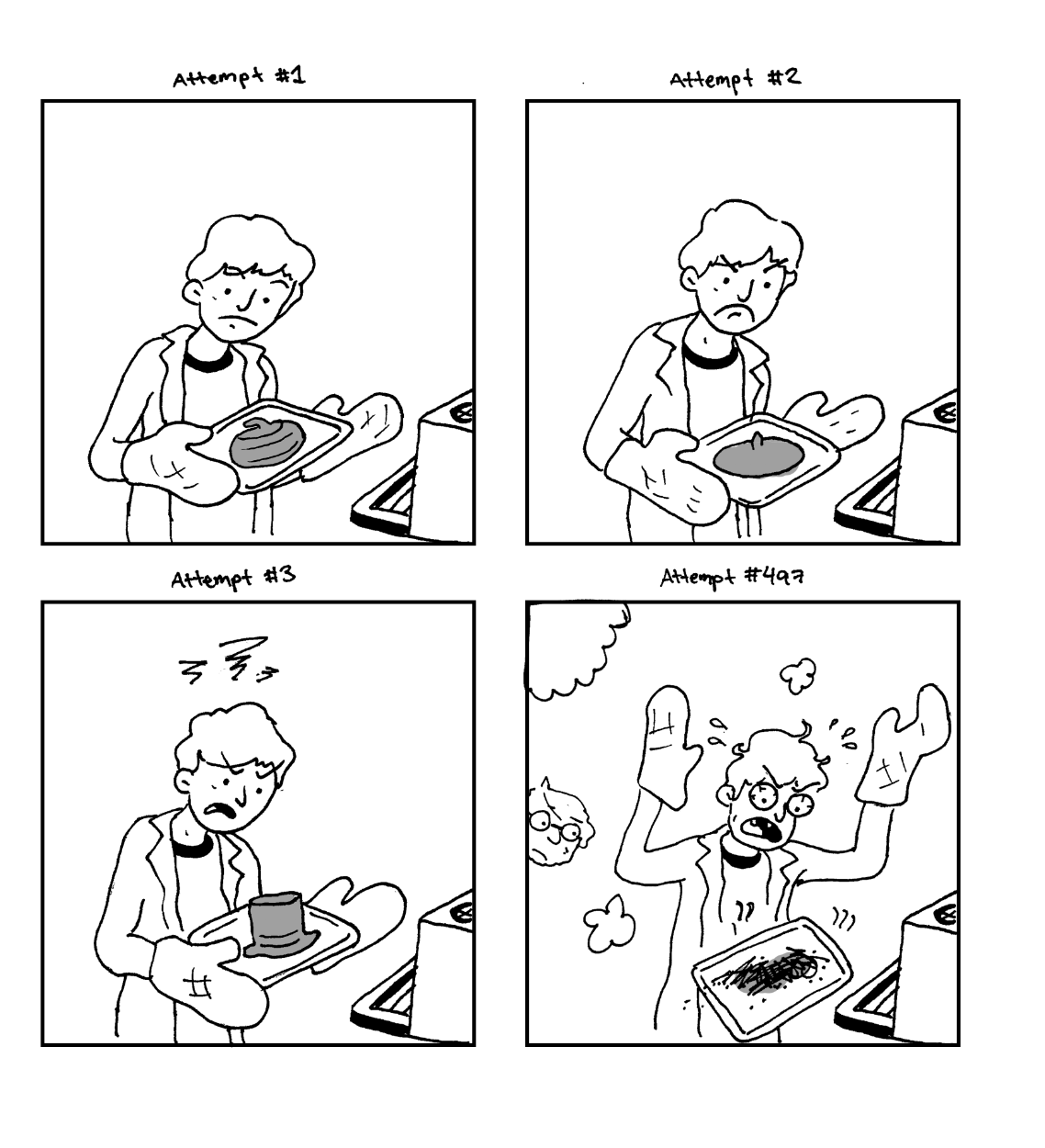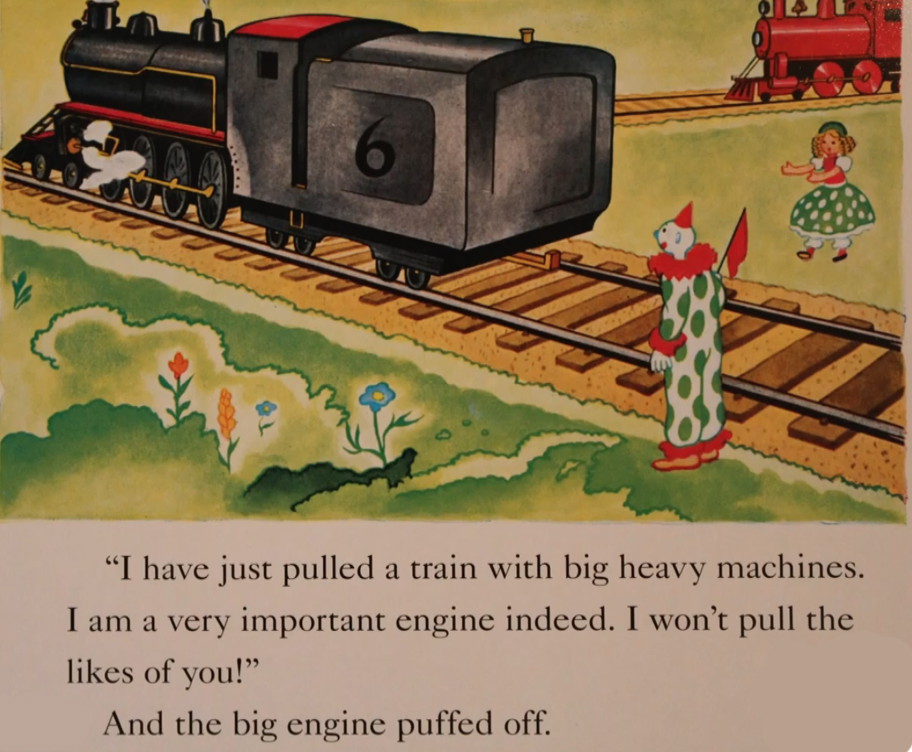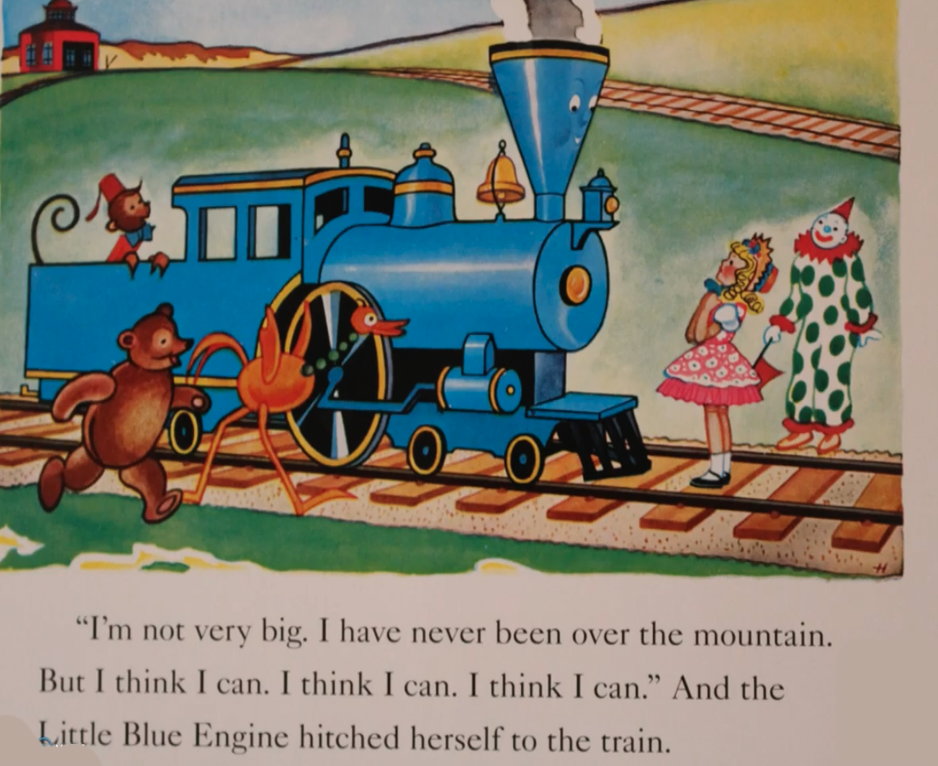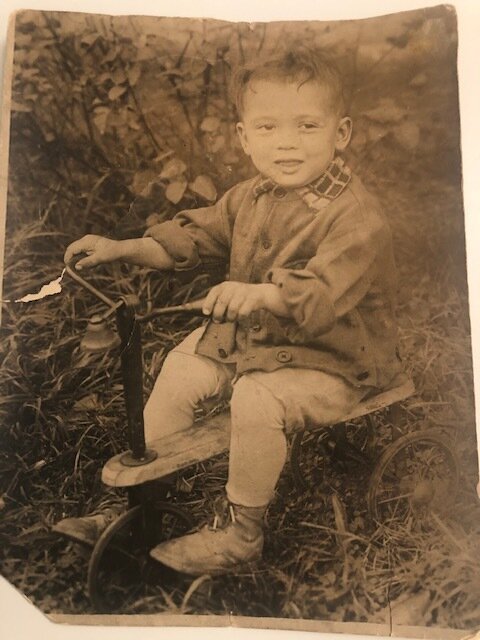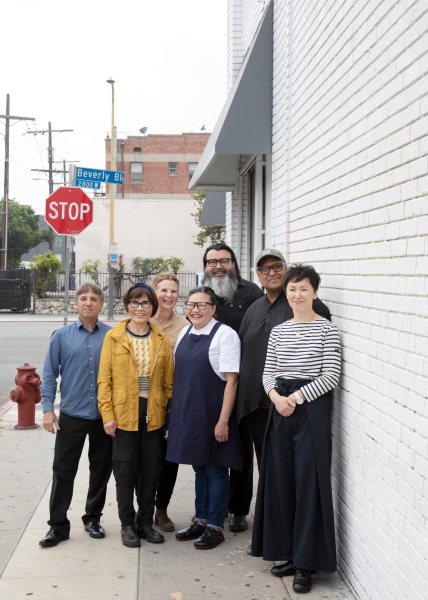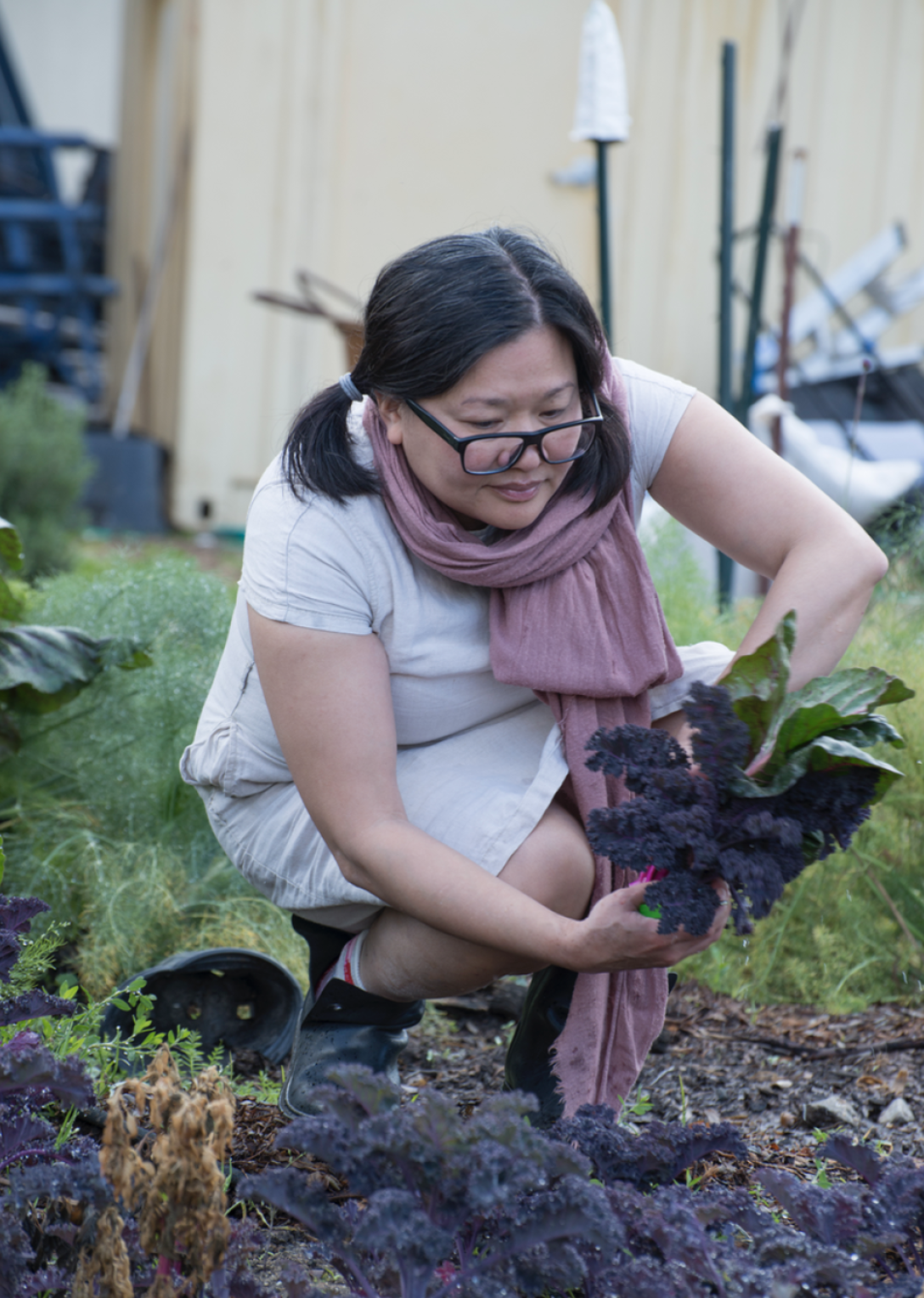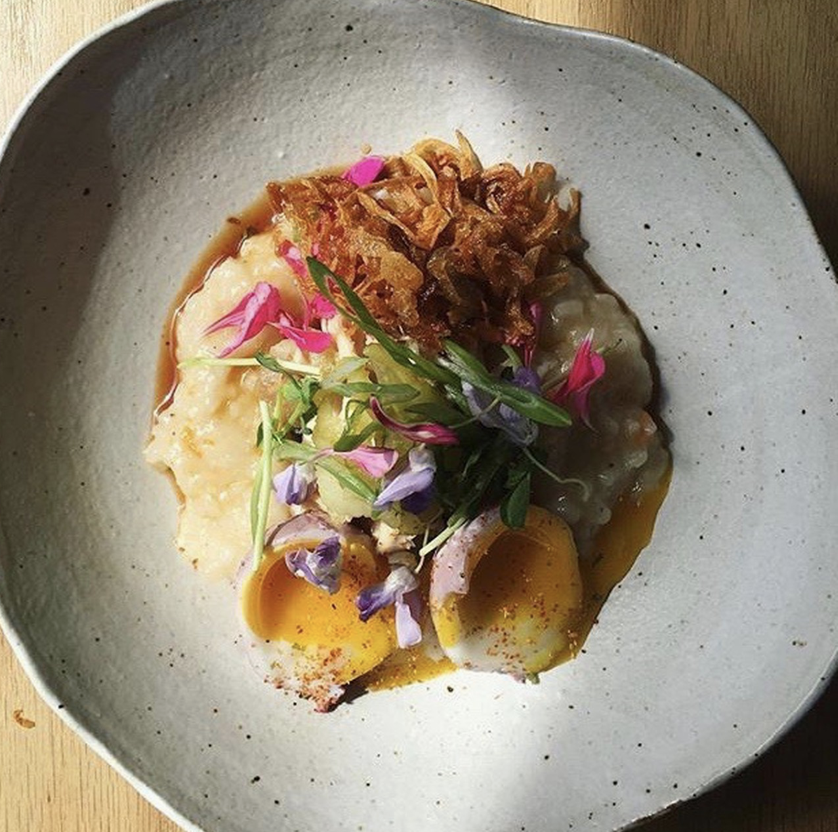Two “safe” shopping adventures: Highland Park Farmers’ Market For those of you newly venturing out to open air markets, this one is a good bridge to the larger markets. It is one “lane” of fresh produce vendors, carefully monitored to assure safety, and never very crowded. Cookbook Market - A small and beautifully curated collection of small farm based produce, dairy, grains, oils, and vinegars. The Highland Park location is large enough to allow three shoppers at a time. All is carefully monitored for health safety.
And further afield: Bloom Ranch of Acton —Peach season is coming and nothing feels more relaxing than a visit to the open space of a happy farm. A small store sells fresh produce, eggs, and other goodies. Call ahead for peaches, as these are some of the best you will ever taste.
Recipes for “Pods”
Marionne’s Cucumber Gazpacho, Summertime is Here: Fried Green Tomatoes with Basil Mayonnaise, and Campsite Pan Fried Layered Toast —a breakfast treat.
And three poems for our time:
Pandemania
By Daniel Halpern, Poetry Foundation, March 2013
There are fewer introductions
In plague years,
Hands held back, jocularity
No longer bellicose,
Even among men.
Breathing’s generally wary,
Labored, as they say, when
The end is at hand.
But this is the everyday intake
Of the imperceptible life force,
Willed now, slow —
Well, just cautious
In inhabited air.
As for ongoing dialogue,
No longer an exuberant plosive
To make a point,
But a new squirreling of air space,
A new sense of boundary.
Genghis Khan said the hand
Is the first thing one man gives
To another. Not in this war.
A gesture of limited distance
Now suffices, a nod,
A minor smile or a hand
Slightly raised,
Not in search of its counterpart,
Just a warning within
The acknowledgment to stand back.
Each beautiful stranger a barbarian
Breathing on the other side of the gate.
The End of Poetry
Ada Limón, Together in a Sudden Strangeness, 2020
Enough of osseous and chickadee and sunflower
and snowshoes, maple and seeds, samara and shoot, enough chiaroscuro, enough of thus and prophecy
and the stoic farmer and faith and our father and tis
of thee, enough of bosom and bud, skin and god
not forgetting and star bodies and frozen birds,
enough of the will to go on and not go on or how
a certain light does a certain thing, enough
of the kneeling and the rising and the looking
inward and the looking up, enough of the gun,
the drama, and the acquaintance’s suicide, the long-lost
letter on the dresser, enough of the longing and
the ego and the obliteration of ego, enough
of the mother and the child and the father and the child
and enough of the pointing to the world, weary
and desperate, enough of the brutal and the border,
enough of can you see me, can you hear me, enough
I am human, enough I am alone and I am desperate,
enough of the animal saving me, enough of the high
water, enough sorrow, enough of the air and its ease,
I am asking you to touch me.
Snow Day
By Billy Collins from Sailing Around the Room, 2001
Today we woke up to a revolution of snow,
its white flag waving over everything,
the landscape vanished,
not a single mouse to punctuate the blankness,
and beyond these windows
the government buildings smothered,
schools and libraries buried, the post office lost
under the noiseless drift,
the paths of trains softly blocked,
the world fallen under this falling.
In a while, I will put on some boots
and step out like someone walking in water,
and the dog will porpoise through the drifts,
and I will shake a laden branch
sending a cold shower down on us both.
But for now I am a willing prisoner in this house,
a sympathizer with the anarchic cause of snow.
I will make a pot of tea
and listen to the plastic radio on the counter,
as glad as anyone to hear the news
that the Kiddie Corner School is closed,
the Ding-Dong School, closed.
the All Aboard Children’s School, closed,
the Hi-Ho Nursery School, closed,
along with—some will be delighted to hear—
the Toadstool School, the Little School,
Little Sparrows Nursery School,
Little Stars Pre-School, Peas-and-Carrots Day School
the Tom Thumb Child Center, all closed,
and—clap your hands—the Peanuts Play School.
So this is where the children hide all day,
These are the nests where they letter and draw,
where they put on their bright miniature jackets,
all darting and climbing and sliding,
all but the few girls whispering by the fence.
And now I am listening hard
in the grandiose silence of the snow,
trying to hear what those three girls are plotting,
what riot is afoot,
which small queen is about to be brought down.
Til Next Time. Stay healthy in heart, mind, and soul.




